Burtonwood
Home Page
To
Go Back to MAIN Home Page Click
Here To
Go Back to Airfields Page Click
Here
(Follow these links to see pictures and
learn some of the history about the sites
at RAF Burtonwood)
Sign at the
Entrance of Burtonwood
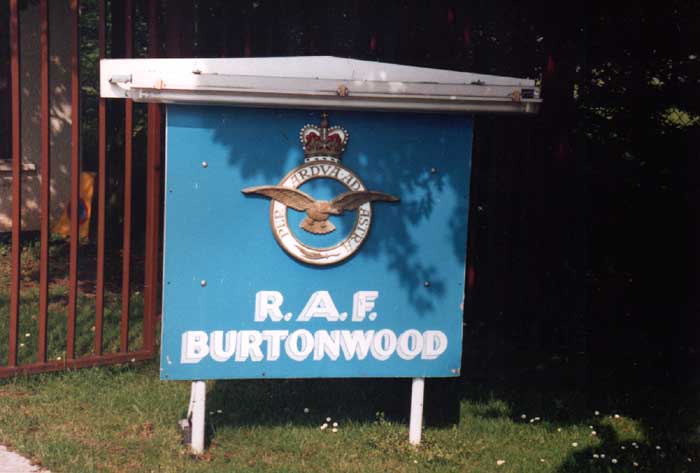
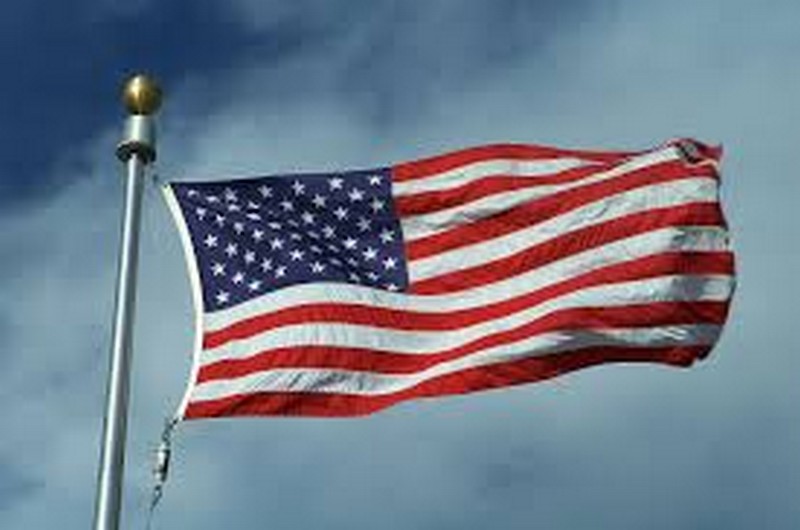
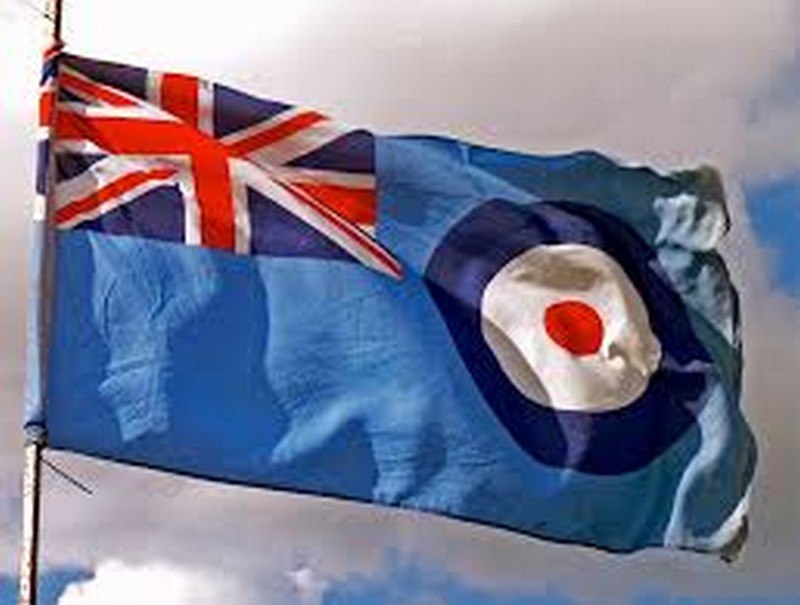
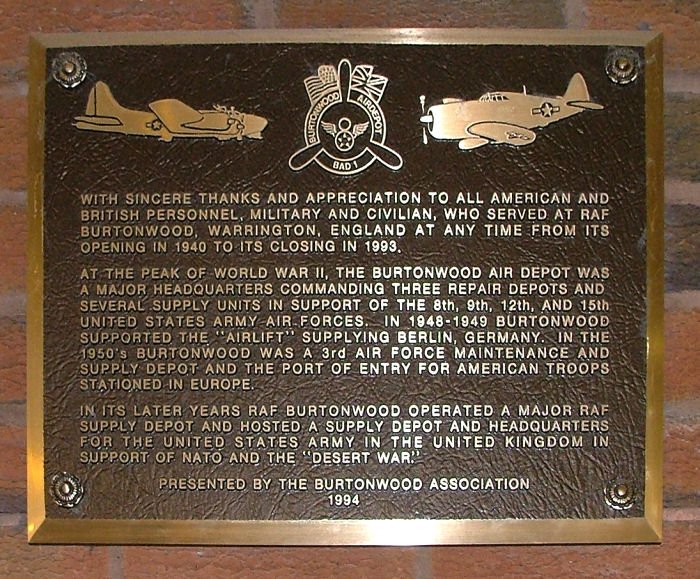
United
States Air Force Precision Flying
Demonstration
Aerobatic Team Skyblazers at RAF
Burtonwood, During the Mid-1950s.
The
Aerobatic Team Flew The North American
F-86 Sabre.
In
the spring of 1949, the first flights of
the Skyblazers Air Demonstration Team took
place in the skies over Europe at the
airbase in Furstenfeldbruk, Germany. The
pilots were part of the 22nd fighter
squadron from the 36th Fighter Wing as
part of the USAFE (United States Air
Forces in Europe). The USAFE headquarters
instructed the team to create an
aerobatics team using F-80B aircraft and
perform demonstrations throughout Europe.
Soon afterwards the team was given
modified F-84E Thunderjet aircraft.
The
50-calibre machine guns were removed from
the front of the aircraft for better
handling in the demonstrations. By
the summer of 1952, the team had performed
more than 260 air demonstrations in more
than 12 countries. In 1953 the team came
under the command of the 48th
Fighter-Bomber Wing based in Chaumont,
France. Soon after that, they moved on to
the F-86F Sabre jet for the next 3 years.
During this time the team continued to
perform air demonstrations throughout
Europe using the F-86.
In
1956 they were moved back to the 36th
Fighter Wing and stationed at the airbase
in Bitburg, Germany. During this time a
new air demonstration team based in the
U.S. called the Thunderbird had been
formed. In 1962 with the development of
mid-air refuelling, the Thunderbirds were
able to make the trip to Europe for
demonstrations. This eliminated the need
for a team based in Europe and the
Skyblazers were officially disbanded.
Skyblazers
display team patch
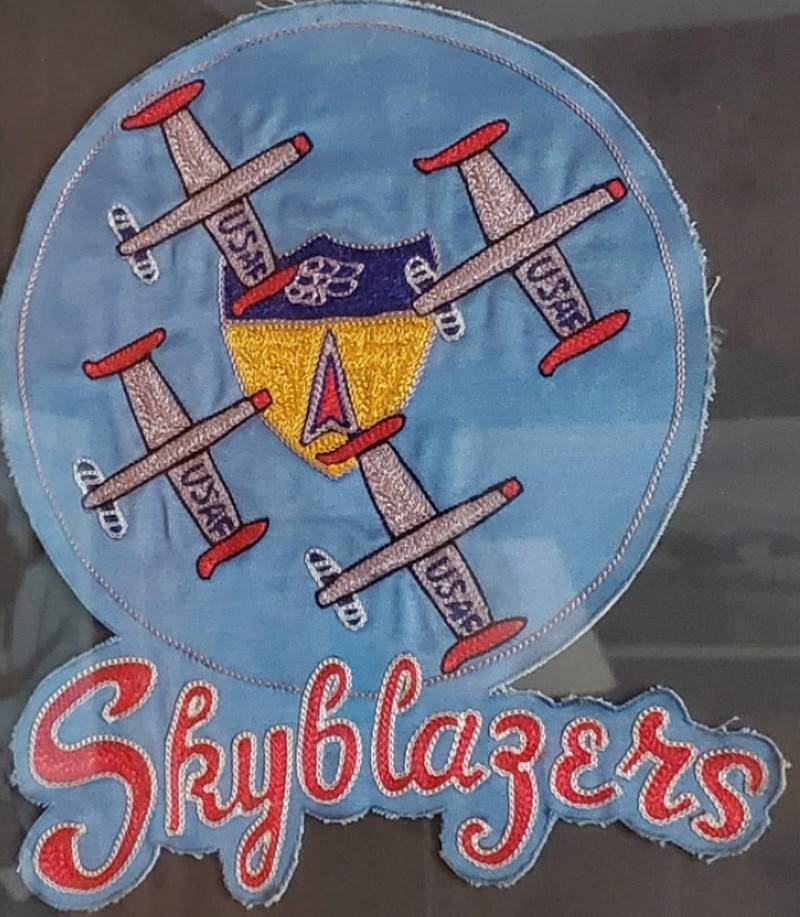
Skyblazers
display team patch
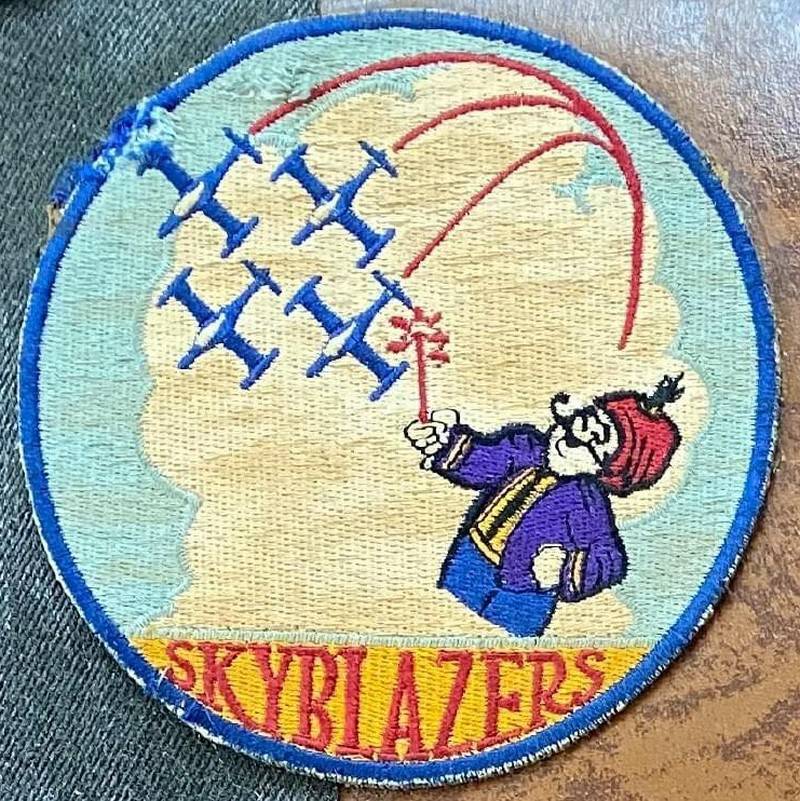
Skyblazers
display team F-86 Sabres waiting
for take-off.
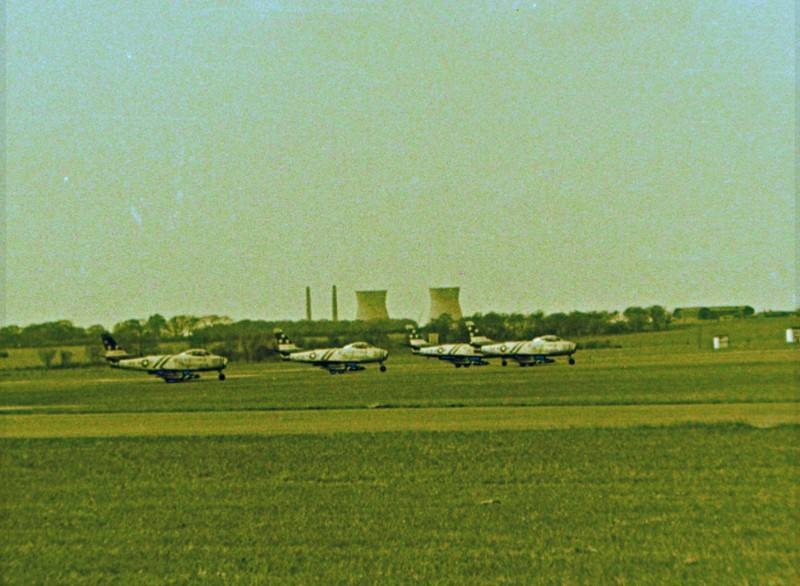
Skyblazers
display team F- 86 Sabres 31219
FU-219 At the West of the airfield.
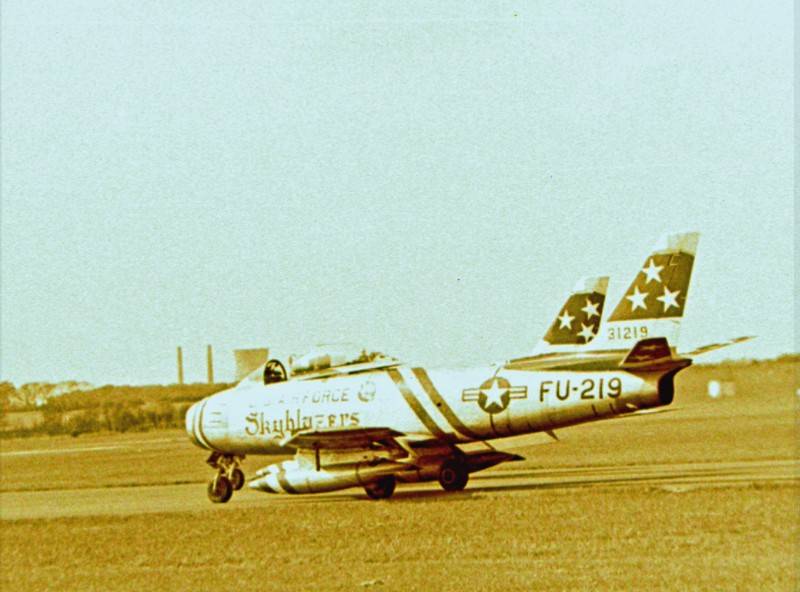
Skyblazers
display team F-86 Sabres
Sabre
31201/ FU-201/ in the right of the
photo, is still Airworthy today.

Skyblazers
display team F-86 Sabres
The
chimneys and Cooling towers of Bold
Power Station can be seen in the
background.
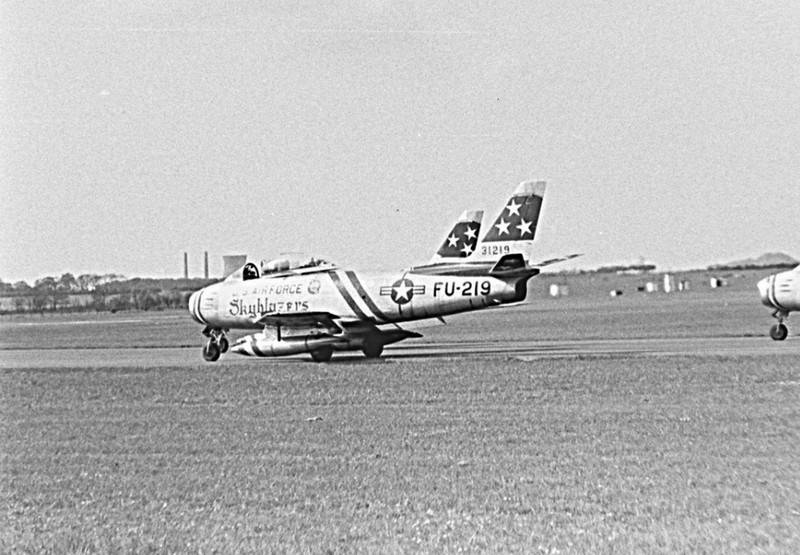
Skyblazers
display team F-86 Sabre 31219 FU-219.
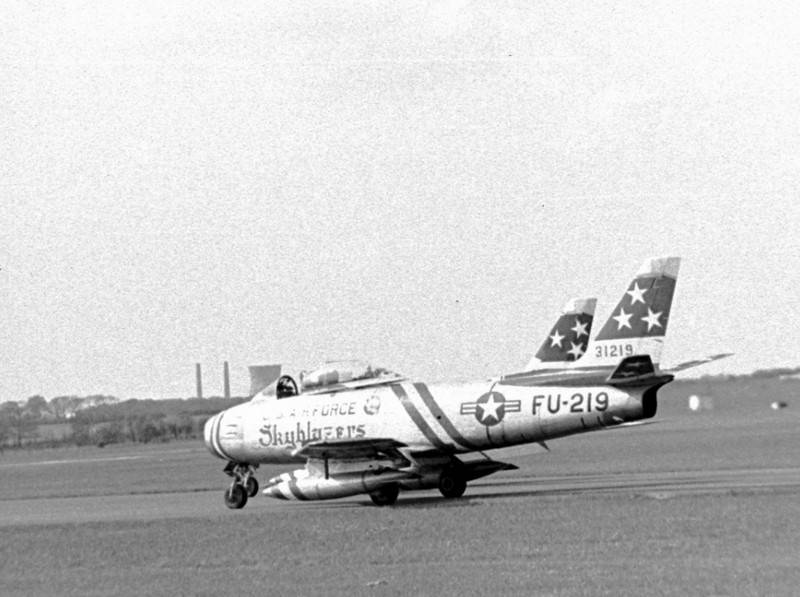
Skyblazers
display team F-86 Sabre on runway 09 at
the West of the airfield
In
the background are the 3 L-Type hangars
at E-Site.
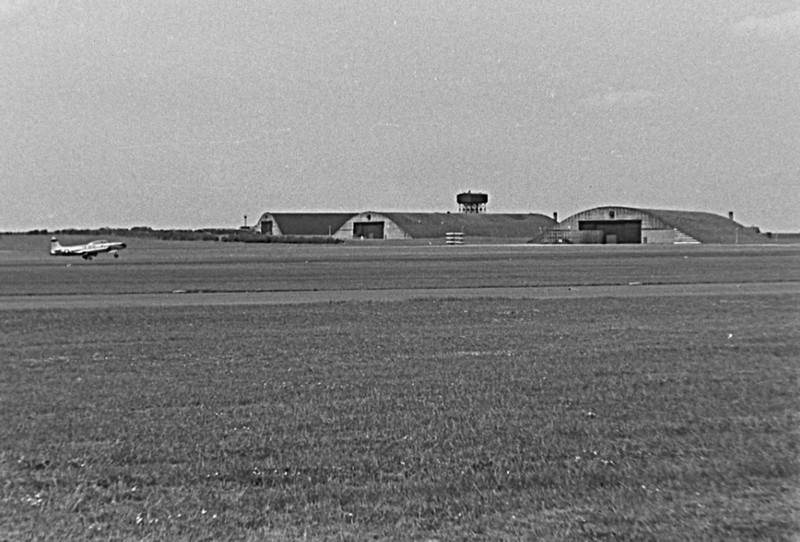
Skyblazers
display team F-86 Sabre
Sabre
31201/ FU-201/ on the taxiway at the
West of the airfield.
This
aircraft is still Airworthy today.
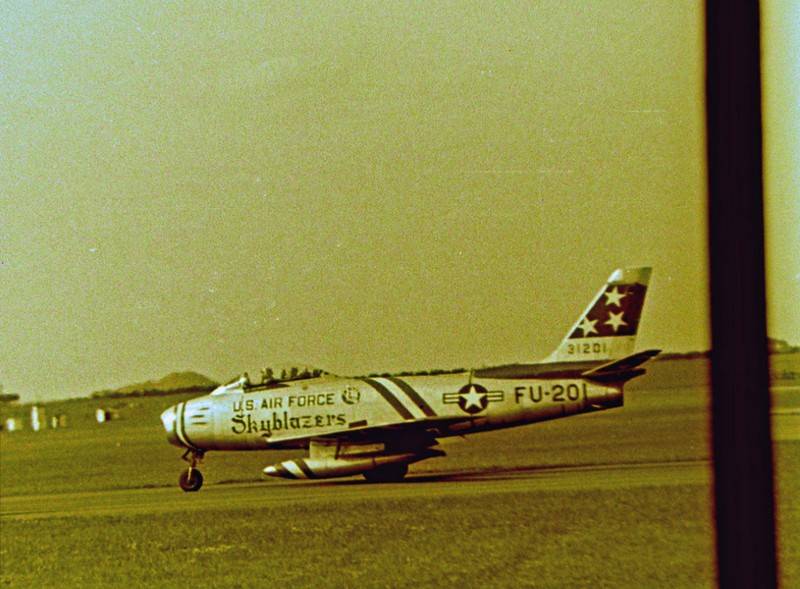
History
of Sabre 31201/ FU-201 as seen in the
Burtonwood photos above.
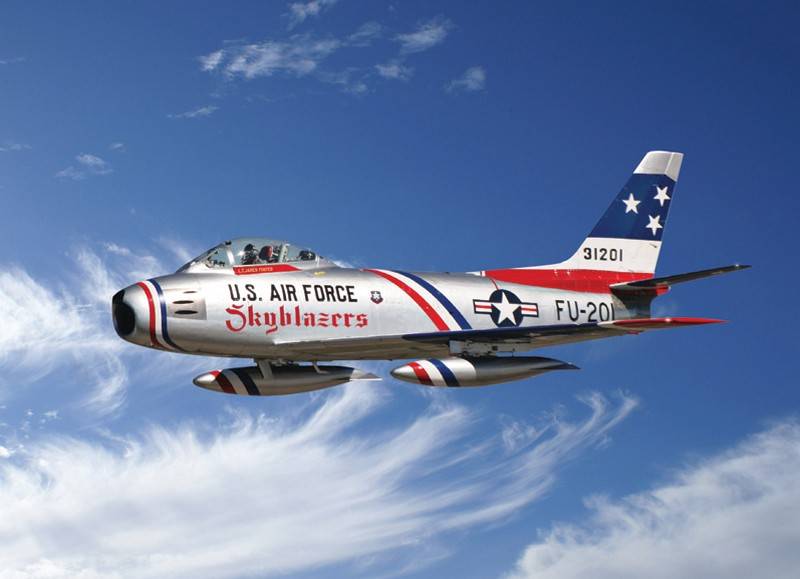
Delivered
to United States Air Force as 52-4959,
19??.
Delivered
to FA Argentina as ???, 19??.
Recovered
from Argentina and assembled at Coleman,
TX, 1989.
World
Wide Aircraft, Miami, FL, September
1990-1992
-
Registered as N105BH.
-
Flown in a camouflage scheme.
Airplane
Exchange Co, Miami, FL, June 1992-1995.
Thomas
Righetti, Miami, FL, September 24,
1997-2002.
-
Registered as N86FR.
-
Flown as USAF/Skyblazers/31201/FU-201.
F86
LLC, Coconut Grove, FL, 2003-2005.
-
Flown as USAF/Skyblazers/31201/FU-201.
Update
on the huge P-38 Lightning memorial at RAF
Burtonwood

Plans
have been submitted to Warrington Borough
Council’s planning department for
permission to build the monument at Omega.
The
sculpture, which at 22.8 metres would be
larger than the Angel of the North near
Newcastle, is earmarked for the centre
point of Mountpark roundabout, within
Omega South on Skyline Drive next to the
M62.
The
highlight of the art piece would be an
iconic WWII American aircraft, the
Lockheed P-38 Lightning, which would be
illuminated and bathed in WW2 searchlights
at night.
Camera-shy Pup
'Stubby' finally submits to Portrait
when dragged off the bus

While the
Burtonwood Rehabilitation program was
welcomed by all, a few have fully
appreciated and made use of the
improvements are more than Stubby. Stubby
pays no Taxes, no dues to the NCO or
officers club, has never been known to buy
anyone a drink, but is welcomed everywhere.
Stubby is an ordinary backyard variety of a
dog.
The only
outstanding feature about him is that he has
only three legs, and this is not a natural
phenomenon. Back in February 1949, Stubby,
then known as Fido or hey you or something,
was brought to the base dispensary with a
badly mangled right hind leg. A Veterinarian
might have thrown in his syringe and ordered
an Execution for the little dog's own good.
Still, the Doctor
on duty was used to working on human beings,
on whom mercy executions are taboo. He
administered an Anaesthetic and proceeded to
amputate the injured Leg. Stubby came out of
the Anaesthetic feeling the call of nature,
and it was when he accosted a nearby tree
that he discovered his fate. After the
initial shock, the little Mongrel quickly
put his canine ingenuity to work.
"If
Stubby didn't like what Site 2 was
serving, he could hop on a bus to Site
5."
To his delight,
he discovered the airbase's Bus system and
through this medium, he found that there was
more than one mess hall on the airbase. If
he didn't like what Site 2 was serving, he
could hop on a bus to Site 5. In short
order, Stubby learned all the Bus stops and
was soon known to everyone. An article in
the wing newspaper introduced him to the
British press, who promptly tagged him an
arithmetician [drop one and carry three].
A newspaper that
specializes in hatchet murders, in mind and
spirit, with the rest of the airbase. Sex
and Dogs sent a reporter and photographer
out to do a feature on him. Stubby could not
be found. In succeeding weeks, official base
photographers tried to capture him on film,
but each time he was seen A bus would
appear and take off with Stubby aboard. Not
long ago, he was seen near the headquarters,
and an NCO was dispatched to capture him.
A bus appeared
and hauled him away, as usual, but the NCO
managed to overtake the bus. Stubby refused
to get off, but the enterprising sergeant
cannily removed the pups lady friend, a
long-haired brown little bitch, and Stubby
followed.
"Unless you speak
to him first, he will pass you by."
In the office,
the only way they could get Stubby to pose
was to hide his lady friend under a low
desk. By this means, the three-legged pup
was finally recorded on GI film. Since that
time, he has continued his daily rounds of
the four air bases' mess halls. Stubby is
never obnoxious and never tries to force
your attention toward him. Unless you speak
to him first, he will pass you by.
A friendly word,
and he comes to you with tail wagging, it
used to be amusing to see a bus stop and
nobody get on or off except Stubby. No one
knows how the little dog knows the bus stops
or just when to get off. There is only one
recorded incident where Stubby showed up for
sick call one morning with a side injury,
someone had kicked him so the wing
veterinarian reported. He gave Stubby a shot
of penicillin and marked him in quarters.
When the pup felt
better, he hobbled off again. From the
service point of view, he is the ranking dog
on the air base. He has seen all the changes
on the air base, from the mud and the muck,
the roar of airlift planes, the rise and
fall in personnel strength, to complete
rehabilitation. He has taken it all in
stride on three legs, he seems to have crown
healthier in mind and spirit with the rest
of the air base.
Sweet Memories of
Ethel Mary Wilkinson
laid to rest at
Warrington Cemetery on June 3rd 1945



Road named after
test pilot who tragically died when
Experimental jet plane crashed 3 miles
west of Burtonwood air base

Major Frederic
Austin Borsodi
A
new road on the residential part of Omega
has been named in memory of Major Frederic
A Borsodi, USAAF, who tragically died
whilst flying an experimental jet plane
over Burtonwood airbase in January 1945.
Borsodi
Boulevard is set to be officially unveiled
on May 26th as part of a Burtonwood
airbase reunion event.
The
new ‘R3’ spine road through the
residential part of Omega, extending from
the signal-controlled junction at
Burtonwood Road / Kingswood Road, down to
the Green Heart) is being named ‘Borsodi
Avenue’ in memory of the American WW2 Test
Pilot who died towards the end of the war
whilst flying an experimental jet plane.
Although
built, the road is not yet open to the
public. To coincide with this year’s
Burtonwood Association reunion, an
official opening ceremony is proposed for
Thursday, 26 May.
Major
Frederic A. Borsodi (November 4, 1916 –
December 28, 1945) entered US Army Air
Corps service in Connecticut and served
from 1941 to 1943 as a second lieutenant
in the African, Sicilian, and Italian
campaigns, completing 130 missions as a
P-40 pilot. His flying experience with the
P-40 in the Mediterranean area probably
formed his basis of comparison of the Bf
109G-6/trop and the US Army Air Forces
fighters.
He
became chief of fighter testing from
1943-45 at Wright Field in Ohio. He was
the first man to witness the
compressibility shock wave on an aircraft
wing while diving a P-51 plane from 40,000
feet.
On
January 28, 1945, when testing YP-80A
Shooting Star 43-83026, the engine
exploded and the aircraft crashed approx
three miles west of Burtonwood airfield,
pilot, Major Borsodi was killed and the
aircraft completely destroyed. This
aircraft was the first US jet-propelled
fighter and one of two jets on the field.
Both planes had received a first flight
check; this plane crashed during a routine
second flight. As a result, the YP-80A was
temporarily grounded. Had he survived
WWII, he would almost certainly have been
a candidate to fly the Bell X-1 and be the
first man to exceed the speed of sound.
Major
Borsodi is buried at the US Military
Cemetery at Cambridge: Plot C, Row 4 Grave
73.
His
awards were: Distinguished Flying Cross
with Oak Leaf Cluster, Air Medal with six
Oak Leaf Clusters
Thanks
to Gary Skentelbery of Warrington
Worldwide for this Article.
The crash site of
VP80A, 44-83026 Shooting Star at Bold on
January 1945

Burtonwood fire
pits on the 17 May 1958 open day

American
servicemen at Warrington Walking Day on
the Town Hall lawn in the 1950s

Burtonwood living
site in the Snow during 1952, an unknown
site

Catering hatch at
a Burtonwood unknown location

A photo from
Susan Mousted of a picture her father
made for one of the Burtonwood Airbase
Chapels in 1951/52

Are there any
members stationed at Burtonwood Base
Warrington England, we are trying to
identify this sign from the Airbase

John Dever
Parents at USAF Burtonwood Air Base
(photo
published 7 Aug 2021, credit to John
Dever)

My
parents married at Penketh Methodist
Church. Dad was stationed at
Burtonwood in 1949. They married
in 1951 & They are still going
strong 70 years later.
John Devers,
Mother Secretary for the Colonel at the
Burtonwood Headquarters in 1951
Photo
credit to John Dever

The New Arrival
of the Douglas C-54 Skymaster at the
USAAF Burtonwood

The Same C-54
Skymaster At The USAAF Burtonwood
in
The Right Background, is The ATC Tower
Fort Type
DRG Number 207/36
at Mary Ann Site

In The Right
Background is Building 9, The K-Type
Hangar
In
Front of The Hangar is a C-47
On The Left is
Building 6, The J-Type Hangar

Here .. A Douglas
C-124 Globemaster Heavy-Lift Cargo
Aircraft
of
the Military Air Transport Service USAF
Can be Seen On
The Snow-covered Apron At Burtonwood In
The 1950's

A
visit by Bob Hope to the USAF Burtonwood
on the 30th December 1948

Below The Photo
is An Article by Paul Hampton from
Warrington

My Aunt Mary
Mullen married Charles Frederick
Zitzelberger in 1953. Charlie was based
at Burtonwood for about three years.
Mary was originally from the Scotland Rd
area of Liverpool, and Charlie was from
Clearfield, Pennsylvania. Charlie died a
couple of years ago, but Mary still
lives in Clearfield, now aged 92.
WOMAN
FIRE EATER AT COURT MARTIAL AS ALLEGED
DESERTER
Described
as ' alias Donna Delbert '

Private
Delbert Eugene Hill pleaded not guilty
to a charge of desertion from the United
States Army from July 1945 until April
of this year, when he was arrested, at a
United States Air Force general court -
martial at Burtonwood, Lancashire, Hill
is said to have appeared on the British
music halls as a female illusionist and
fire - eater. PICTURE SHOWS:- DELBERT
HILL in uniform as a private of the U.S.
Army at Burtonwood. 10 June 1949
Vietnam
demonstration at the U.S. base
Burtonwood Lancs
Only
25 demonstrators turned up December 1969

Vietnam
demonstration at the U.S. base
Burtonwood Lancs
Only
25 demonstrators turned up December 1969

CND
March at Burtonwood Road alongside the
airbase Perimeter Fence in the 1970s

Burtonwood
CND Protest outside of site 8 in the
1980s

Jean
Simmons, British Screen Star, Shows
American Airforce Men Just how a Jeep
Should be driven During
her visit to Burtonwood Airbase on
December 18, 1942

Terence
Neill at work as a shoe-shine boy in the
Barbershop shop at the American Air
Force Base at Burtonwood in March 1953

Hopalong
Cassidy [William Boyd] on a visit to the
American Air Force Base at Burtonwood
Warrington in 1954

Hopalong
Cassidy [William Boyd] is visiting the
American Air Force Base at Burtonwood
Boyd
is seen Having Dinner with the Children
In 1954

Army
Air Corps Cpl Jeannie Lumpkin and an
unknown American soldier in 1943

Glenn
Miller at Burtonwood in WW2

Glen
Miller Text for photo

Looking
West from the radio tower, on the left
are Republic P-47 Thunderbolts,
Consolidated B-24 Liberator, and
Boeing B-17 Flying Fortress, in
the center is a Consolidated B-24
Liberator and Boeing B-17 Flying
Fortress, and to the right are De
Havilland Mosquitos and B-17

Maintenance
work on Engine number 4 of a
Consolidated B-24 Liberator

Consolidated
B-24 Liberator flying over Bruche Hall
Dispersed Living Site at Warrington

A
Busy Corner of Burtonwood during World
War 2, with B-24, C-47, P-47 and B-17
Aircraft

Aircraft
Dispersals: At the Bottom is the Mary
Ann Site, and at the top is the
Technical Site during WW2

Vehicle
check and paperwork Presented for
Examination

The
top left of the photo shows the runway
09/27 extension to 9,000ft, which was
constructed in the early 1950s. It is
said to have been one of the longest
runways in the UK.

The Passing Away
of:
Colonel Wayne C.
Pittman, Jr USAF
March 16, 1937-
October 5, 2015
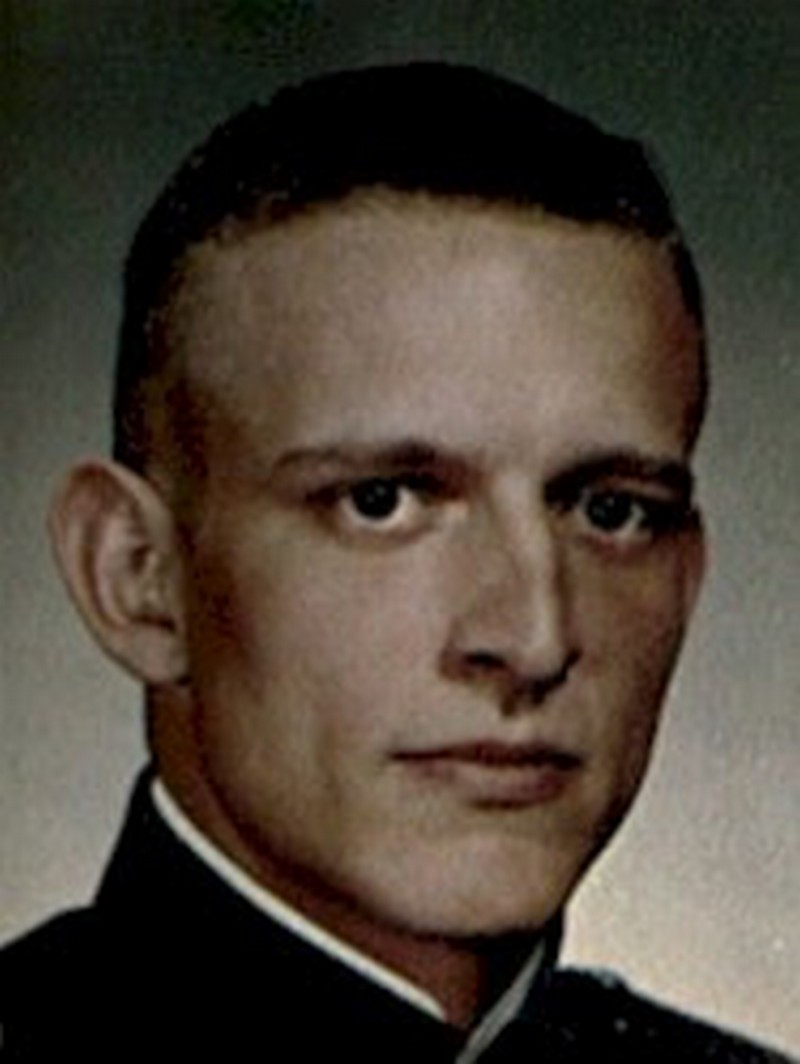
Wayne
C Pittman arrived at Burtonwood with his
family in the early 1950s, Wayne then
attended the Dependents School located at
Site 1 Burtonwood, where he became a
member of the junior Air Police. On duty,
they wore their distinctive white hats and
armbands, Wayne Pittman was from
Alexandria, Louisiana. America.
The
U.S. Air Force in Britain has enrolled 15
children in their Air Police. They are all
under 16 and have been formed in an Air
Police Squadron. Their duties include
keeping discipline among their fellow
pupils, giving first aid to children, and
enforcing road safety. The squadron is
stationed at Burtonwood, the American
airbase in Lancashire. All the boys and
girls are the children of servicemen of
the U.S. Air Force.
After
returning home, Wayne joined the US Air
Force. He was in the first graduating
class of the US Air Force Academy at
Colorado Springs in 1959.
March
16, 1937 — October 1, 2015 Wayne and Karen
retired to Dayton, Ohio in 1989 following
34 years of service in The United States
Air Force. He was in the first graduating
class of The United States Air Force
Academy. During their years in Dayton,
they became involved in many aviation
activities including volunteering with the
Wright B Flyer Association, The National
Museum of The United States Air Force,
Wright State University Special
Collections and Archives, Aviation Trail,
2003 Committee, and the Archives at
Carillon Park.
While
he was at The National Museum of The
United States Air Force he was involved in
the first WWI Fly-in. Wayne was the
founder of the B-52 Stratofortress
Association. A gathering will be held
at Newcomer Funeral Home, Beavercreek
Chapel, on Friday, October 23, 2015, from
4:00 pm-5:00 pm with a memorial service
at
5:00 pm. In lieu of flowers, donations may
be made to the Hospice of Dayton Colonel
Waynec. Pittman

Silver
Star
Vietnam War
Service: United States Air Force
Rank: Captain
Batallion: 12th Tactical Reconnaissance
Squadron
Action Date: June 17,1968
Headquarters, 7th Air Force, Special Order
G-2683 (August 29, 1968)
The
President of the United States of America,
authorized by Act of Congress July 9, 1918
(amended by an act of July 25, 1963),
takes pleasure in presenting the Silver
Star to Captain Wayne Creekmore Pittman,
Jr. (AFSN: 0-55581), United States Air
Force, for gallantry in connection with
military operations against an opposing
armed force as Navigator Systems Operator
of the 12th Tactical Reconnaissance
Squadron, in action in Southeast Asia on
17 June 1968. On that date, Captain
Pittman flew an unarmed reconnaissance
aircraft deep into hostile territory to
obtain vital intelligence data.
Despite
intense and accurate anti-aircraft and
automatic weapons fire which damaged his
aircraft, he completed his mission
completely disregarding his own personal
safety. The information gained through his
courageous act contributed directly and
materially to the Allied intelligence
collection effort in Southeast Asia. By
his gallantry and devotion to duty,
Captain Pittman has reflected great credit
upon himself and the United States Air
Force
Wayne
Creekmore Pittman Jr
Wayne
Creekmore Pittman Jr
March
16, 1937- October 5, 2015
Cemetery: U.S. Air Force Academy Cemetery
Wayne
Pittman graduated from the U.S. Air Force
Academy at Colorado Springs, Colorado,
Class of 1959. He retired in 1989 as a
U.S. Air Force Colonel.
Biography
of Wayne Pittman
Colonel
Wayne C Pittman retired from the United
States Air Force in 1989 after 34 years of
service, beginning as a cadet at the Air
Force Academy in 1955. As a navigator, he
spent most of his career in operations,
starting out as a crew member in the B-52
Stratofortress, where he eventually logged
more than 2300 hours. In Southeast Asia,
he flew tactical reconnaissance in the
RF04 Phantom out of Tan Son Nhut Air Force
Base, Vietnam, completing 186 combat
missions.
Awards
Received - Silver Star - Vietnam
War
A
gathering will be held at Newcomer
Funeral Home, Beavercreek Chapel, on
Friday, October 23, 2015, from 4:00
pm-5:00 pm with a memorial service
at 5:00 pm. In lieu of flowers,
donations may be made to the Hospice of
Dayton
Colonel
Wayne c. Pittman
Biography of Wayne Pittman
Colonel
Wayne Pittman retired from the United
States Air Force in 1989 after 34 years of
service, beginning as a cadet at the Air
Force Academy in 1955. As a navigator, he
spent most of his career in operations,
starting out as a crew member in the B-52
Stratofortress, where he eventually logged
more than 2300 hours. In Southeast Asia,
he flew tactical reconnaissance in the
RF04 Phantom out of Tan Son Nhut Air Force
Base, Vietnam, completing 186 combat
Missions.
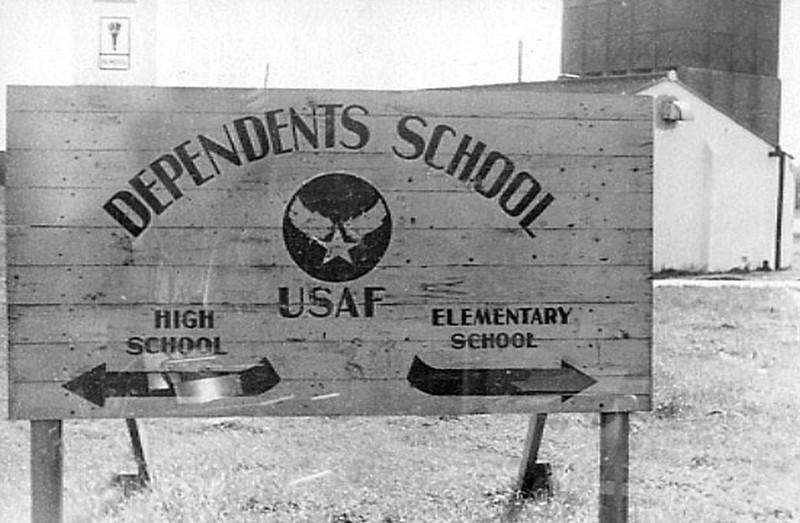
The
Schools Signboard, in the background, is
building 105 The school Auditorium, behind
that, is Building 123 the water tower at
Site 1.

Toddlers
Line up Waiting to board the coaches which
will take them to and from School under
the care of the Junior Air Police in the
left background is building 123 the water
tower at Site 1.

Standing
at the entrance to the air base at
Burtonwood are the young boys and girls
who comprise of the air police, They all
wear white hats and armbands. American
children join air policy. The U.S. Air
Force in Britain has borelied 15 children
in their air police, They are all under 16
and have been formed in an area police
squadron.

Wearing
their distinctive white hats and their
armbands, two members of the Air Police at
Burtonwood, they are Wayne Pittman of
Alexandria, Louisiana, and Carol McGingan
of Long Island, New York. American
Children Join Air Police: The U.S. Air
Force in Britain have enrolled 15 children
in their Air Police. They are all under 16
and have been formed in an Air Police
Squadron.
Their
duties include keeping discipline among
their fellow pupils, giving first aid to
children, and enforcing road safety. The
squadron is stationed at Burtonwood, the
American airbase in Lancashire. All the
boys and girls are the children of
servicemen of the U.S. Air Force. when on
duty they wear an armlet and distinctive
white berets
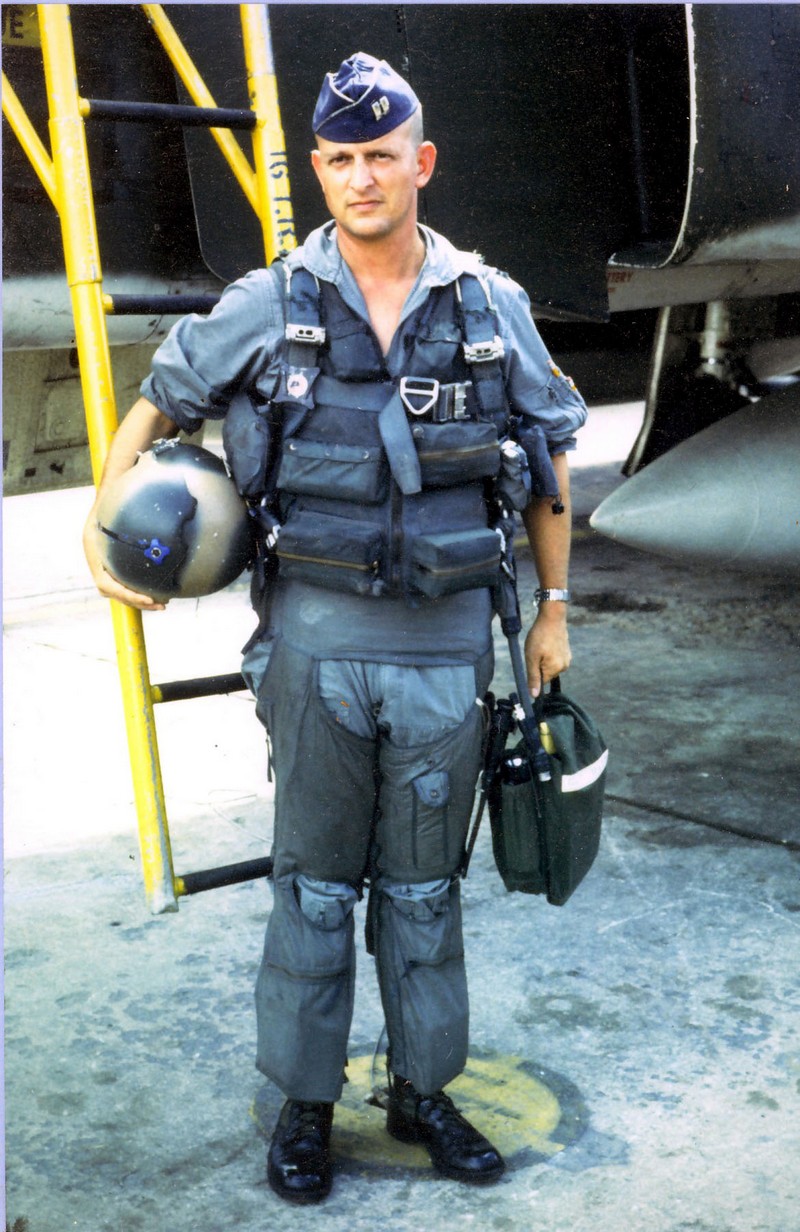
Colonel
Wayne Pittman, 12th Tactical
Reconnaissance Squadron From March
1968-March 1969, Capt. Wayne Pittman, 12th
TRS, flew on 186 RF-4C combat missions
over North Vietnam, South Vietnam, Laos,
and Cambodia. He could not reveal his
classified missions over Cambodia, so he
had this patch made as SEA MISC (Southeast
Asia Miscellaneous). (U.S. Air Force
photo) The date of the image is
unknown.
Below
is a Letter by Carole Hertel about her
Father Sgt. Louis A. Schaefer

"My
Dad was an airplane engine mechanic at RAF
Burtonwood from August 1943 - August 1945.
His
name is Sgt. Louis A. Schaefer and I only
recently discovered this is where he was
during the war.
My
Dad passed in 1988 and I hope to learn
more about his time there.
He
had his A&P license from Rutgers
University in New Jersey and worked for
Wright Aircraft in Paterson NJ before the
war."
Photos
of Sgt. Louis A. Schaefer in front of a
crashed B-17, and in his best uniform.

"I
was looking at the information about the
Burtonwood site and found it interesting
thank you.
My
Dad was there at one time.
He
was at a few sites around Uk fixing
planes.
This
was his pass.
I
don’t know why he didn’t surrendered it?"
Mary Gwynne

"RAF
Burtonwood: The 8th United States Army Air
Force, Station 590
Base Air Depot 1.

Above
is a photo of a B-17 from RAF Burtonwood
Warrington during WW2.
This
B-17 Only served the last few weeks of the
war.
Assigned
8th AF on 6th March 1945.
Lieutenant
Combs on oil consumption B. U. S.
Flight
photo shot by Baxter in the other B-17
during WW2.
Credit
to James B. Tunison.
Visit
to Burtonwood by Bob Hope

British-born
American entertainer and comic actor is
known for his rapid-fire delivery of
jokes and one-liners and his success in
virtually all entertainment. Born 1903
Died 2003.
On
arrival at Burtonwood, gold stars were
pinned to the shoulders of Bob Hope's
jacket and he was made an Air Force
general for the day.
Given
his new authority, he instructed the base
personnel to ‘enjoy yourselves, smoke and
take the rest of the day off’.
Bob
was given a tour of Burtonwood and joked
and chatted while handing out promotional
packs of cigarettes.

United
States Army Air Force Douglas C-47-DL
Skytrain (MSN 4769) to USAF 25 October
1942, bailed to the Aeroplane and Armament
Experimental Establishment (A&AEE),
Boscombe Down, Wiltshire late 1942.
To
Oran, Algeria on 22 January 1943.
Allotted
to the 43rd Troop Carrier Squadron, 315th
Troop Carrier Group, Ninth Air Force, at
RAF Spanhoe (Station 493). - 8th AF, UK 14
May 1943.
In
a landing accident at the USA depot
RAF Burtonwood, UK (Station 590) on 16
April 1943 and condemned by 31 October
1944.
Photograph
date late 1942, whilst at the A&AEE.
Date: 1942
A photo from
Helen Wakefield Cook
My grandfather
Ralph Crosby
at USAAF Base Air Depot 1
station 590 Burtonwood
from 1943
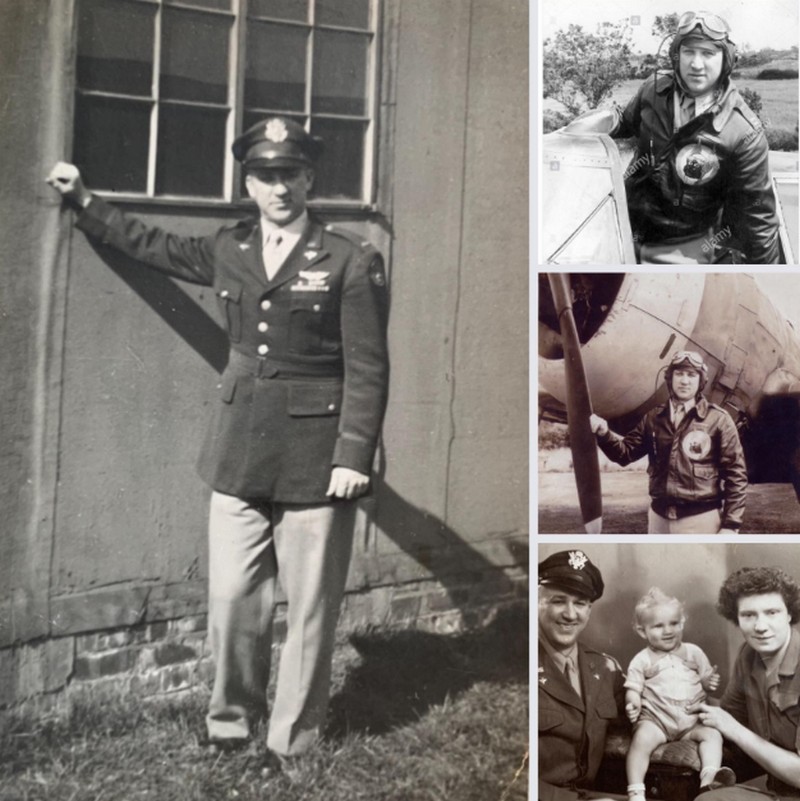
Photos below
received
from Lynn Bennett
BRD Site Ken
Wards
toolbox June 1945
Photo Credit Ken Ward

Left to Right -
Jinx Falkenburg,
Bob Hope, Dolores Hope,
RAF Commanders' Wife,
Irving Berlin 1948



Ken in the Hydraulics
Section June 1945

Machine Lathe
June 1945

Jerry and Frank
at the
Soda Fountain June 1945
Double Nissen
Type dining
hall building incorporating the
Soda Fountain is located at site
6 opposite the Technical Site
The building in
the background
to the right of the photo is
building number 50 the Guardroom
Warden's office at the Technical Site

The Soda
Fountain bar
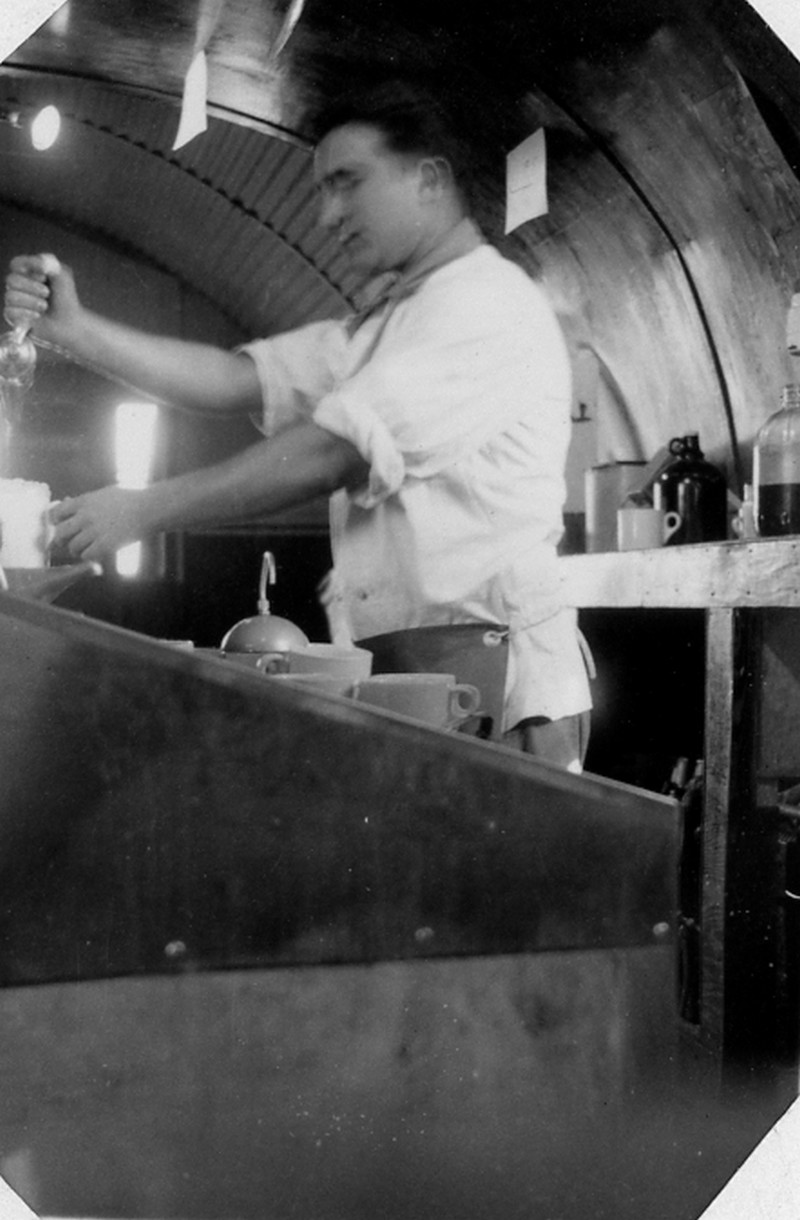
Location plan
of the double
Nissen-type dining hall building
incorporating the Soda Fountain
Mess Section at Site 6
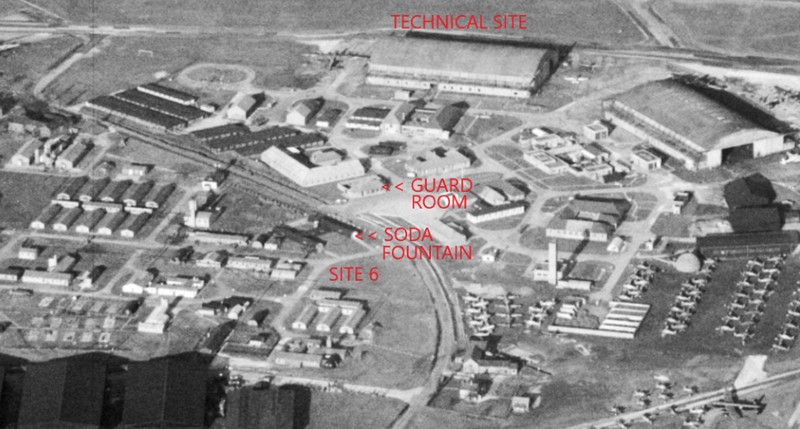
Staff Sergeant
Paul D. Neumann
Nationality:
American
Unit: 8th Air Force
Location: RAF Burtonwood England
Date: 1943 - 1945
Survived the war: Yes

Paul D. Neumann
recalls...
"I was trained
as an electronics technician by the Air
Force and shipped to England in the largest
convoy ever to sail up to that time. It
consisted of 22 troopships, 16 destroyers,
and the battleship Arkansas.
I did some research a few years ago to get
all the information I could about the convoy
(designated UT-3). We landed in Liverpool on
18 Oct. 1943. Some of the Air Force people
were sent to RAF Burtonwood near the town of
Warrington.
The buildup leading to the great bombing
missions soon to come brought more troops
than the base could accommodate and hundreds
of us were billeted in aircraft hangers in
which double-deck bunks were jammed.
They were cold and drafty so colds and other
ills were common. RAF Burtonwood was the
name of an aircraft maintenance and repair
depot built by the British in 1938-41.
When the U.S. entered the war and began
sending Air Force units to England in
preparation for the air war and it was
decided to use this large base for the
supply and repair of U.S. aircraft.
The first units arrived about 11 April 1942.
The base was officially handed over to the
8th Air Force in October 1943, a few days
after I arrived from the U.S.A. It grew into
a huge operation that repaired aircraft,
manufactured parts, and rebuilt engines on a
huge scale which served all of the U.S. air
services in the EAME Theater.
I am told that at one time there were 18,000
people at work there, including British
civilians, members of the RAF, and of course
American civilians and members of the 8th
Air Force.
On the evening of 5 June 1944, I was
drafted, along with many others at RAF
Burtonwood, to help load C-47 transports and
CG4A Waco Gliders with men and equipment.
This went on far into the night. Most of
them took off before daylight on 6 June.
There was more of the same early in the
morning of 6 June. We got some rest, food,
and sleep late in the afternoon. The base
was returned to British control soon after
the war but was used again by the U.S.
during the Berlin Airlift and served
American air and other services until it
finally closed in 1993.
I served at Burtonwood (BAD#1) for most of
the next 26 months with short tours of
temporary duty (TDY) at BAD #2, Wharton, BAD
#3 at Langford Lodge near Belfast Ireland,
and with the 390th Bomb Group at Parham,
Suffolk. In October 1945 I was transferred
to the 2003rd Ordinance Maintenance Company,
which operated a bomb dump near Sharnbrook
in Bedfordshire, in order to get a ride
home.
I left Southhampton on 5 December 1945 on
the Queen Mary, was discharged at Fort
McCoy, Wisconsin on 22 December, and
reunited with my 3-year-old son on the 23rd,
just in time for Christmas.
Paul D. Neumann
Donald L Kramer
at USAAF Station
590 Burtonwood During WWII
"WE KEPT EM
FLYING"
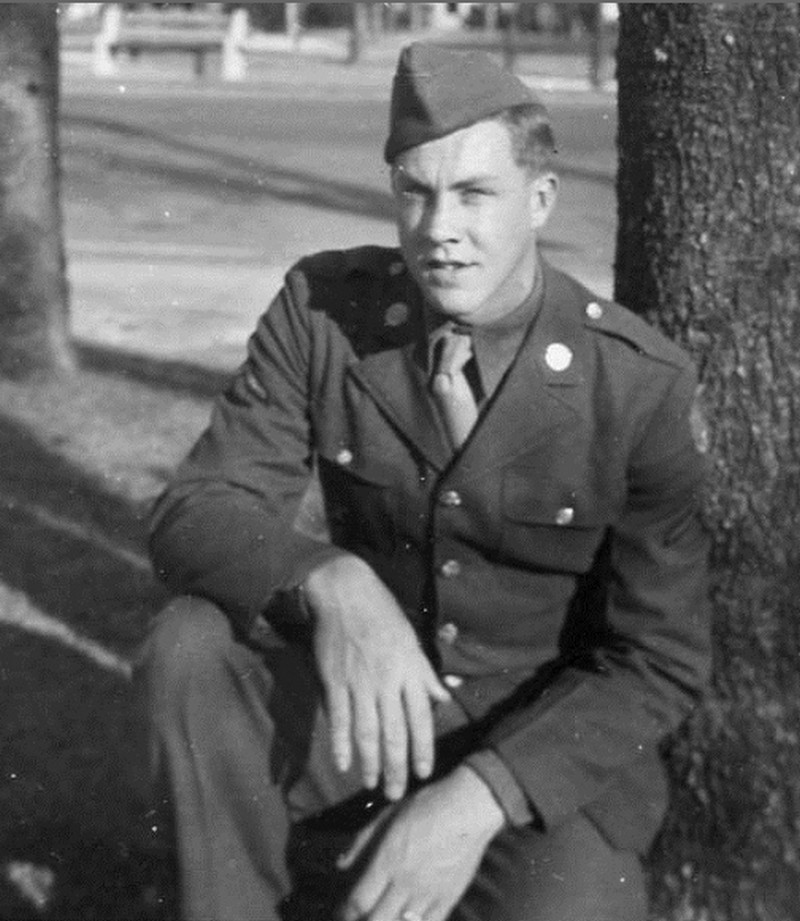
Donald L. Kramer sailed to England in the
spring of 1943 aboard the liner Queen Mary
along with 18,000 troops and a crew of
3,000, crossing the Atlantic in 4 ½ days.
Upon arriving in England, he was assigned to
the 16th Depot Repair Group at Burtonwood
No. 2 near Warrington, about halfway between
Manchester and Liverpool.
The Army Air Force had just established this
massive service depot operation to support
the Allied air offensive against Germany,
labeling the two depots Burtonwood No.1 and
Burtonwood No. 2
“The airplanes would come into the depot,
and all of the parts that needed to be
overhauled would be taken off the plane and
sent to the various shops. I worked at both
depots fixing carburetors, so I worked in
the engine shops.
One depot worked on inline engines for
fighter planes like the P-51, while the
other worked on radial engines for the B-17s
and B-24s. We retrofitted 700 or 800 P-51s
with a water injection system which gave
them a short-term burst of power.
It was a lot like working in a factory, just
like back home. Once the various shops
finished their work, the plane would be
re-assembled and flown back to the fighter
or bomber group.
We kept ‘em flying,” ... he
remembered.
A snapshot
showing one of the endless
poker games in the barracks at Burtonwood
No. 2 Kramer remembered that
as a staff sergeant, he
"got a cot
right next to the stove.
It didn't put out too much heat
but it kept the ice off the windows."
The poor G.I.
on the cot in the
foreground looks cold (he's wearing
his jacket) and utterly exhausted:
he is fast asleep despite the rowdy
card game going on just a few feet away

Sergeant Donald
L. Kramer at left with
best friend Claude Loe of Cygnet, Ohio
on the right in a photo dating from 1944
while both men were stationed
at Burtonwood No. 2
Kramer is wearing an enlisted men's
service cap and heavy wool overcoat
while Loe is wearing an overseas cap
and dress uniform
He displays
ribbons for Good
Conduct and European Theater service.
His left lapel shows an engineering collar
disc

USAAF American personnel who worked in
hangar 6 at Mary Ann site station 590
Burtonwood during WW2
Robert Weynand and some unknown friends
standing in front of the Chapel House pub at
Liverpool Road Great Sankey in Warrington
Robert is in the middle of the back row
Picture courtesy of Robert Weynand

Then (above)
and
now (below)

USAAF American personnel who worked
in hangar 6 at Mary Ann site station
590 Burtonwood during WW2
Robert Weynand and some
unknown friends standing in
front of the original Red Lion Inn
Pub at Warrington Road Penketh
Robert is in the middle of the back row
The building on the left is the Union
Bank of Manchester and was also
at some point the post office
In between the pub and
the bank is Chapel Road
Picture courtesy of
Robert Weynand

A visit of Representatives of the town
council Chief officers and Warrington
R.D.C.
To Burtonwood Aerodrome
October 16th 1953

United States Air Force ceremonial
handing over of the US flag at
Warrington Town Hall 1950s

A photo of the American Donut Dugout
at Pinners Brow Orford Lane Warrington
that was used by Burtonwood airbase
servicemen during world war II
Donut Dugouts” were canteen facilities
set up at various locations during World
War II where a soldier could pause for
a cup of coffee, a donut (Official Red
Cross Donut Recipe), and a bit of friendly
conversation that offered him a familiar
and reassuring connection with home."

A visit by William Franklin Graham Jr the
famous American evangelist at the United
States Air Force Base at Burtonwood
Warrington England on the 11th of May 1954

William
Franklin Graham arrived
by air at the USAF Burtonwood
Airbase on the 11th of May 1954
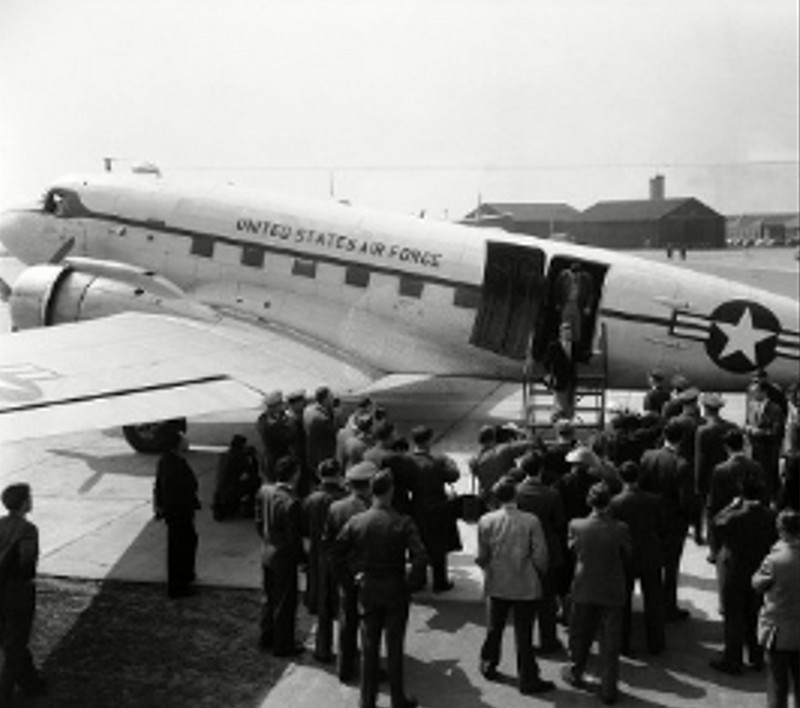
William
Franklin Graham Jr. (November 7, 1918 –
February 21, 2018) was an American
evangelist and an ordained Southern Baptist
minister who became well-known
internationally in the late 1940s. He was a
prominent evangelical Christian figure, and
according to a biographer, was "among the
most influential Christian leaders" of the
20th century.
Graham held
large indoor and outdoor rallies with
sermons that were broadcast on radio and
television, with some still being
re-broadcast into the 21st century. In his
six decades on television, Graham hosted
annual crusades, evangelistic campaigns that
ran from 1947 until his retirement in 2005.
He also hosted the radio show Hour of
Decision from 1950 to 1954. He repudiated
racial segregation and insisted on racial
integration for his revivals and crusades,
starting in 1953.
He later invited Martin Luther King Jr. to
preach jointly at a revival in New York City
in 1957. In addition to his religious aims,
he helped shape the worldview of a huge
number of people who came from different
backgrounds, leading them to find a
relationship between the Bible and
contemporary secular viewpoints. According
to his website, Graham preached to live
audiences of 210 million people in more than
185 countries and territories through
various meetings, including BMS World
Mission and Global Mission.
Graham was
particularly close to Dwight D. Eisenhower,
Lyndon B. Johnson (one of Graham's closest
friends), and Richard Nixon. He was also
lifelong friends with Robert Schuller,
another televangelist and the founding
pastor of the Crystal Cathedral, whom Graham
talked into starting his own television
ministry. Graham's evangelism was
appreciated by mainline Protestant
denominations, as he encouraged those
mainline Protestants who were converted to
his evangelical message to remain within or
return to their mainline churches.
Despite his early suspicions and
apprehension, common among contemporaneous
evangelical Protestants towards Catholicism,
Graham eventually developed amicable ties
with many American Catholic Church figures
and later encouraged unity between Catholics
and Protestants.
Graham operated
a variety of media and publishing outlets.
According to his staff, more than 3.2
million people have responded to the
invitation at Billy Graham Crusades to
"accept Jesus Christ as their personal
savior". Graham's estimated lifetime
audience, including radio and television
broadcasts, topped 2 billion by 2008.
As a result of his crusades, Graham preached
the gospel to more people in person than
anyone in the history of Christianity.
Graham was on Gallup's list of most admired
men and women a record 61 times. Grant
Wacker writes that by the mid-1960s, he had
become the "Great Legitimator": "By then his
presence conferred status on presidents,
acceptability on wars, shame on racial
prejudice, desirability on decency, dishonor
on indecency, and prestige on civic
events.
Billy Graham on
an outdoor stage
at Burtonwood Preaching the
Gospel of Jesus Christ
Graham preached to some
215 Million people throughout
the world in his lifetime.


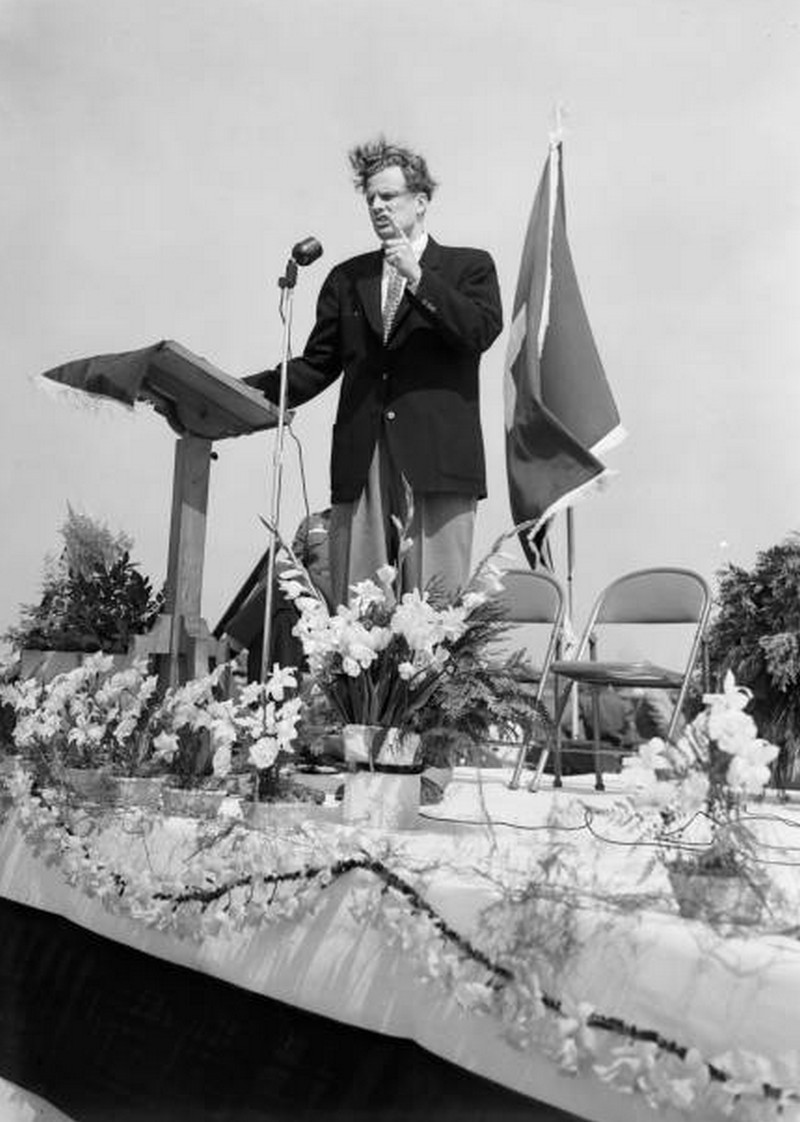
Part of the huge crowd that attended
the Billy Graham Event at Burtonwood
airbase on the 11th of May 1954

A close-up of the crowd that
attended the Billy Graham Event
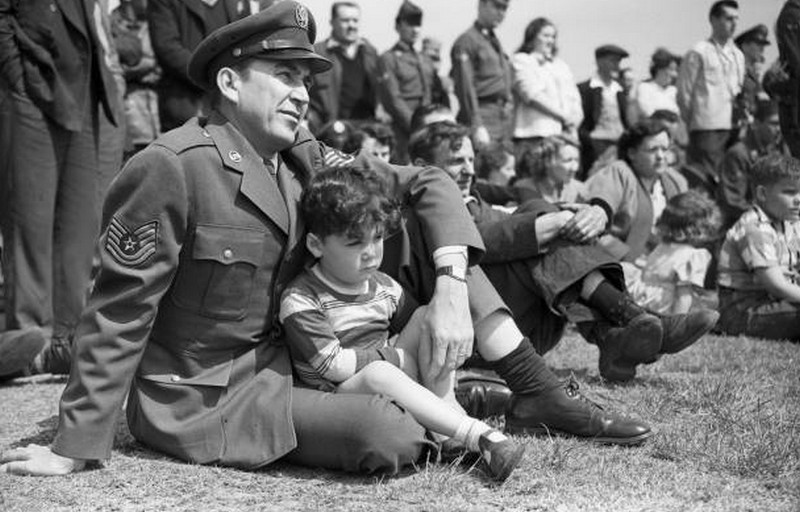
Supply Sergeant Richard Long is
the last American Airman to leave
the giant Burtonwood Airbase
near Warrington
Sergeant Long is seen here on the
main runway with his wife Anne and
his six children playing Baseball
on the 28 May 1965
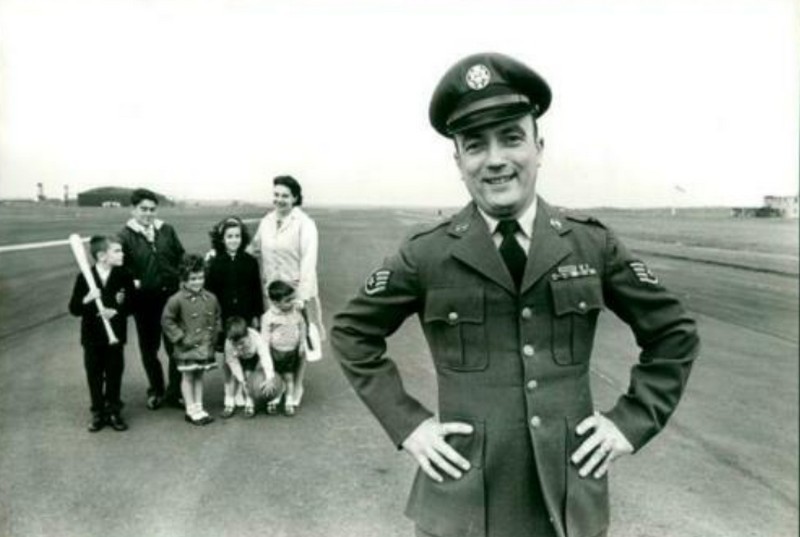
Aldon
Fergusons Facebook group
Aldon is the RAF Burtonwood association,
founder and honorary lifetime president
Click on the
interesting
links given to us by Aldon.
https://www.facebook.com/130265297004798
https://www.rafburtonwoodheritagecentre.co.uk
Thanks to Gary
Skentelbery
for this photo & article on
the
Warrington World Website
The Burtonwood
GI Brides pictured
here inside the White Hart pub

A group of
Warrington women, who became known as the
Burtonwood GI Brides are pictured at the
White Hart pub, prior to embarking on a new
life across the Atlantic.
Now Aldon Ferguson, founder and UK President
of the Burtonwood Association, is seeking
help in identifying the women ahead of next
year’s UK Reunion.
Aldon said: “The photograph shows a group of
GI Brides who married GIs from Burtonwood
but had to wait until after the war before
they could travel across the Atlantic.
“It was taken
in the White Hart Hotel in Warrington in
late 1945. They travelled to the US in large
groups, many on the Queen Elizabeth or Queen
Mary, to New York where they were initially
met by their husbands.
“The
authorities then stopped that and told the
husbands not to travel to New York to meet
them. Instead they gave the brides, often
with children, train tickets and sent them
all over the US to their new homes. It must
have been quite an ordeal as they had never
left home before, never been to the US and
many had never seen their husbands in
civilian clothes as they were always in
uniform.
“They had a new
family to go to and could only communicate
with home by letter. Most marriages survived
and we still have many GI brides as members
of the Burtonwood Association. They do
however, tell stories of how hard it was at
first although they were generally welcomed
into the family. The only problem would be
when the GI told them he lived in a huge
ranch in Texas and they found him in a poor
district in Chicago or similar!”
Aldon added:
“Of course many , many marriages continued
after the Americans came back to Burtonwood
in 1948 and still continued right into the
1980’s to the US Army personnel there.
“We are having
our next Reunion in Warrington in May 2020
with the slogan ‘2020 – Looking Forward’ and
we will have several GI brides join us then.
“It would be
wonderful if anyone can name any of the
brides on this photo.
The photograph
came from Edith Kratzer (front row, 4th from
left) who married in 1951 but she entitled
it ‘War Brides 1945’ so the date is
questionable. She was nee Astle, married
Mack Kratzer Jr (7540th Maintenance Group
Depot, Feb 49 – Feb 52) at Warrington
Registrar’s Office on 4 October 1951. Edith
worked on the base as a telephone operator
for four years 1948 – 1952. Mack died 3 Oct
1996. Edith was last known to be living at,
Kokomo, IN.
Does anyone
recognize
these Warrington ladies?

I believe that
they worked in the office at RAF Burtonwood
during the 1950s for the 53rd Weather
Reconnaissance Squadron USAF.
Dave Eaton from
Warrington replied saying that the girl with
the name Marg at the bottom right of the
photo is his sister.
Erin Buckley
also replied saying:
"well, we are
almost 100% sure that is my Auntie Margaret
(Margaret Allcock nee Chapman).on the photo
she is first, on the left front row, We
weren’t aware she worked at RAF Burtonwood
as we thought she worked at Rubery Owens so
we are just trying to make the connection
xxx"
Any help
regarding the photo please email Me at:
[email protected]
William Richardson's Motor Pool Driving
Permit in the 1950's


William
Richardson's Letter of Promotion

Various Photos
of the Goose Bus with William Richardson
& Personel



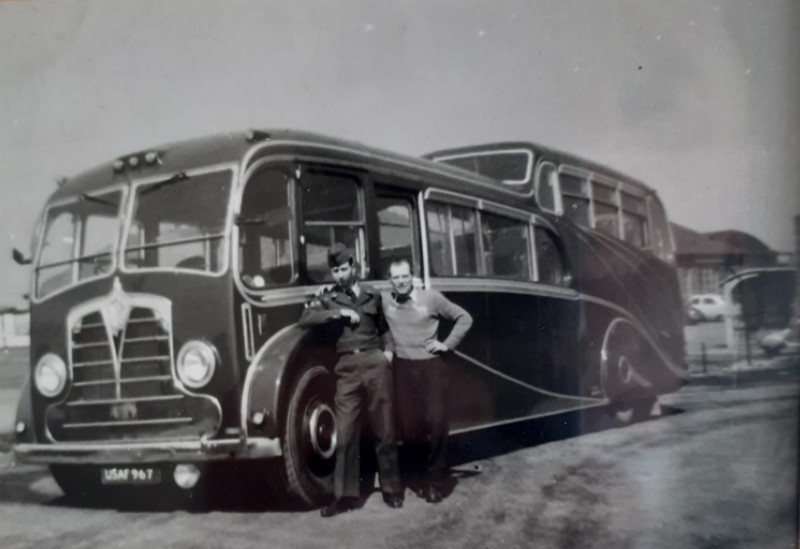
Emergency
Mirror

Mark Richardson
at the Terminal

Non
Commissioned Officers
Club Xmas Menu 1950's
Christmas
party at Burtonwood in
1944 for the local children.
The man in
the middle and the boy to the right met
in the Burtonwood heritage center 66 years
later.
Louise Carey
Rockey Graduation
at Scripps College June 1942

First Lieutenant Louise Carey Rockey
Evans.
WAAC/WAC, Serial Number L903406, U.S.A.,
and England 1942- 1946
Louise Carey Rockey was born in Portland,
Oregon, in November 1921. Her family had
lived in Portland for three generations.
Her maternal grandfather, Judge Charles H.
Carey, was a noted lawyer, author, and
historian; her paternal grandfather, Dr.
Alpha Eugene Rockey, was an early Portland
physician.
Carey wanted to join the Women’s Army
Auxiliary Corps (WAAC) but was unable to
do so because she was not yet 21. After
graduation from Scripps, to mark time
until her November birthday, she attended
the San Francisco School of Fine Arts. She
signed up in San Francisco for the WAAC on
2 December 1942, receiving a call-up in
January 1943
In England, Carey was assigned to
Headquarters HQ 8th Air Force Bomber
Command in Earls Colne, Essex (about 60
miles NE of London. The Command flew
primarily Martin B-26 Marauders (medium
bombers) and A-20 light bombers. She had
very little seniority and was an
administrative officer there.
Following D-Day, Carey was reassigned to
the 8th Air Force at RAF Horsham St. Faith
near Norwich on England’s east coast
(about 120 miles northeast of London), the
home of B-24 heavy bombers. There, she was
attached to the 458th Combat Bombardment
Group, 8th Air Force. As
operations officers, Carey and three other
WACs performed administrative work, such
as keeping track of where the aircraft
was.
Carey was on duty in the operations office
on 18 August 1944 when a pilot named
Charles S. “Sam” Evans miraculously landed
his B-24 with a broken wing on an
emergency runway at RAF Woodbridge about
40 miles south of Horsham (CPT Evans was
returning from a bomb run over France),
while she was still stationed at Horsham,
Carey met up with Sam Evans and they began
seeing each other. and were later to get
married.
First Lieutenant Louise Carey Rockey, Mess
Officer at RAF Burtonwood England 1944

In the fall of 1944, flying was reduced
enough that four WACs were not needed in
the operations office. Carey was
transferred in October to RAF Burtonwood
in Warrington, halfway between Manchester
and Liverpool on the west coast, and about
170 air miles northwest of Norwich.
At Burtonwood, she was promoted to First
Lieutenant and appointed mess officer (one
of her jobs was to censor all letters
written by her staff). She overheard an
enlisted serviceman remark to another,
“Well, we got us a new mess officer and
it’s a damn lady.” More than 3,500 meals
were prepared and served every 24 hours
Upon Carey’s transfer to Burtonwood, they
visited as often as they could. Carey
would take the train to London where she
would meet Sam, or from London on to
Horsham (Norwich) where they would meet.
She would do the reverse to return to
Burtonwood (Warrington). Sam and a few of
his crew members once tried to fly her
from Horsham to Burtonwood in a B-24.
The weather was so bad over the Burtonwood
airfield that after circling it for about
20 minutes, he flew back to Horsham,
meaning that Carey had to take trains, via
London, back to her base at Burtonwood.
Sam and Carey were married on 6 September
1946 in Portland. They moved to Richmond,
California, to finish college. He obtained
his bachelor’s degree in liberal arts at
the University of California at Berkeley;
she earned a Master of Fine Arts, also at
Berkeley. Taking advantage of the GI Bill,
they lived on stipends of $125 per month
each. In 1949 they settled, and have since
resided, in Portland.
During his time in the USAAF, Sam Evans
became the rank of Captain and carried out
30 combat Missions, and earned 2
Distinguished flying crosses.
Charles Sam Evans passed away on 31
December 2016
Louise Carey Rockey Evans passed away on 6
October 2019
They left 4 Children, 6 Grandchildren, and
1 Great-Granddaughter.
Pilot Charles Sam Evans 1st on the
left-back
row in front of their Consolidated B-24
Liberator
at Horsham St Faith England May 1944.
Charles was Assigned to the 8th Air Force,
458th Bombardment Group Heavy,
of the 753rd Squadron

USAAF (RAF) Burtonwood
(Cheshire/Lancashire)
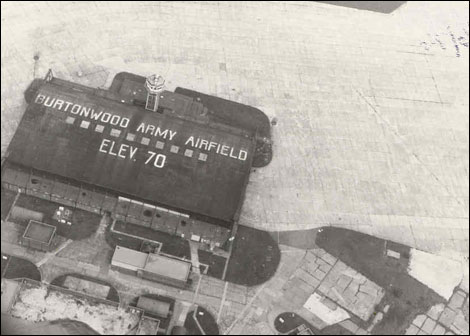
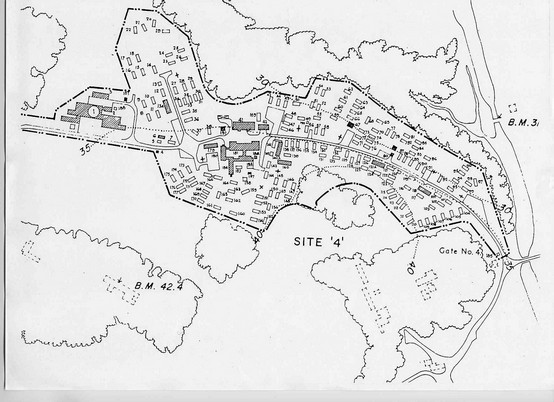
Aerial Image of USAAF Burtonwood on
the 10th of August 1945 by 541 Squadron
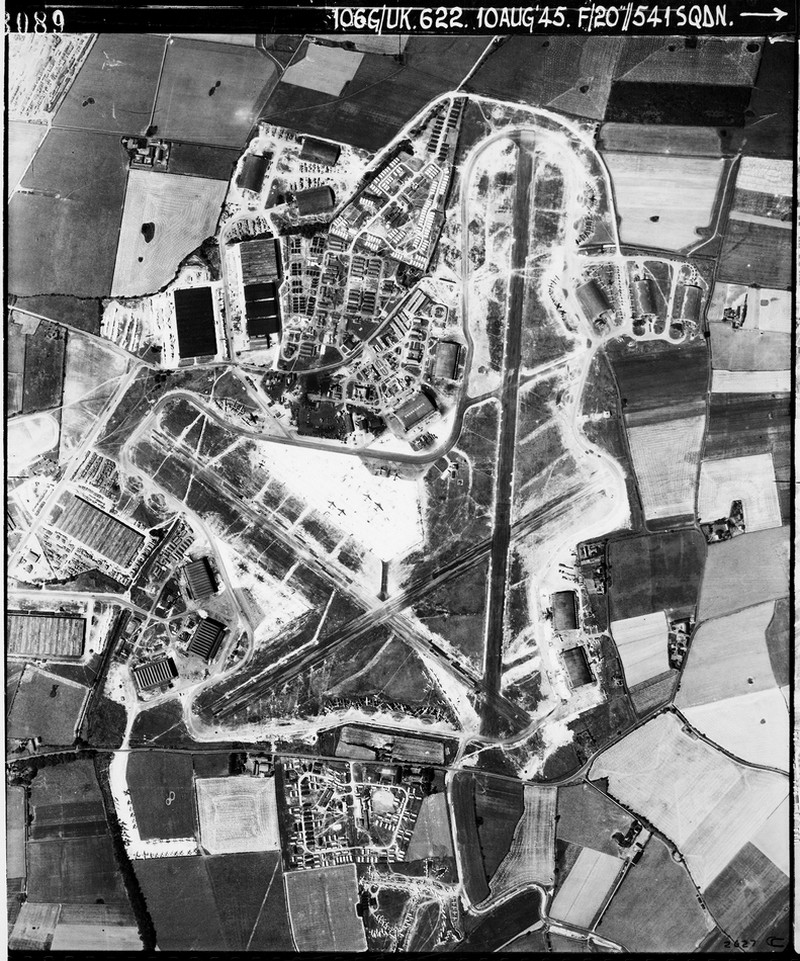
Overlay of 1955 USAF
Burtonwood Airfield
Plan On Top of 2015 Google Aerial View
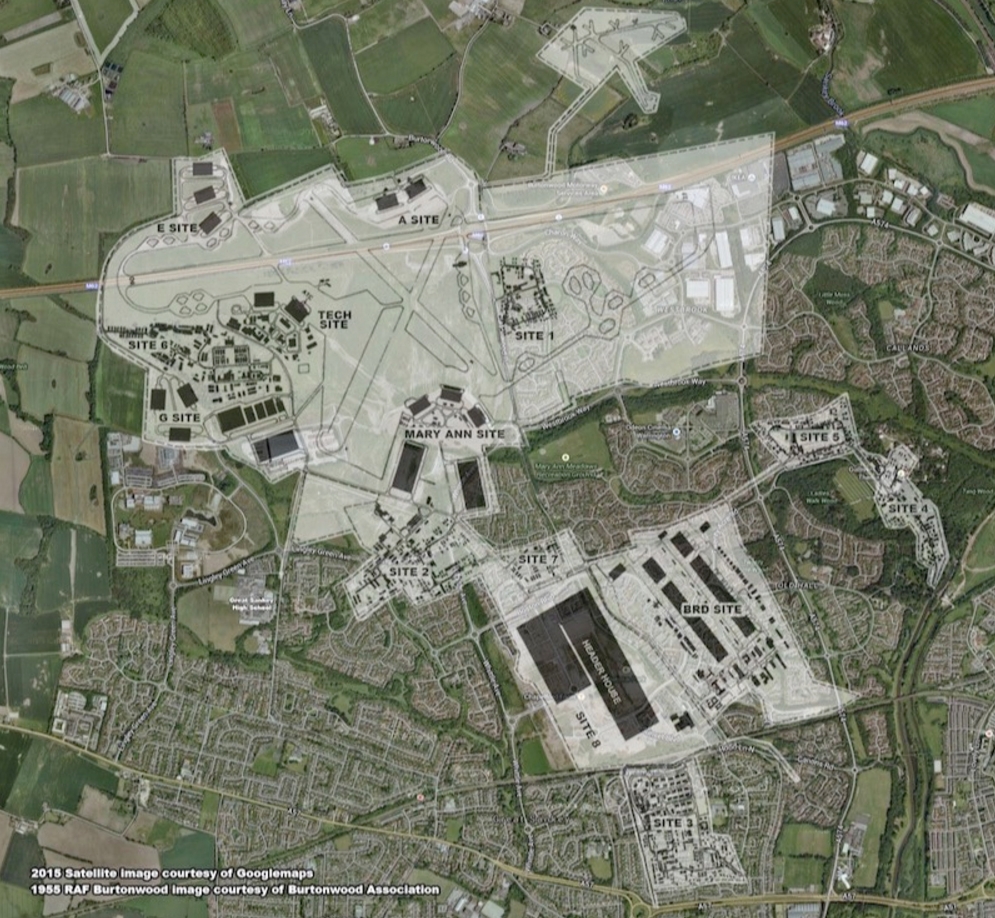
Landing Charts
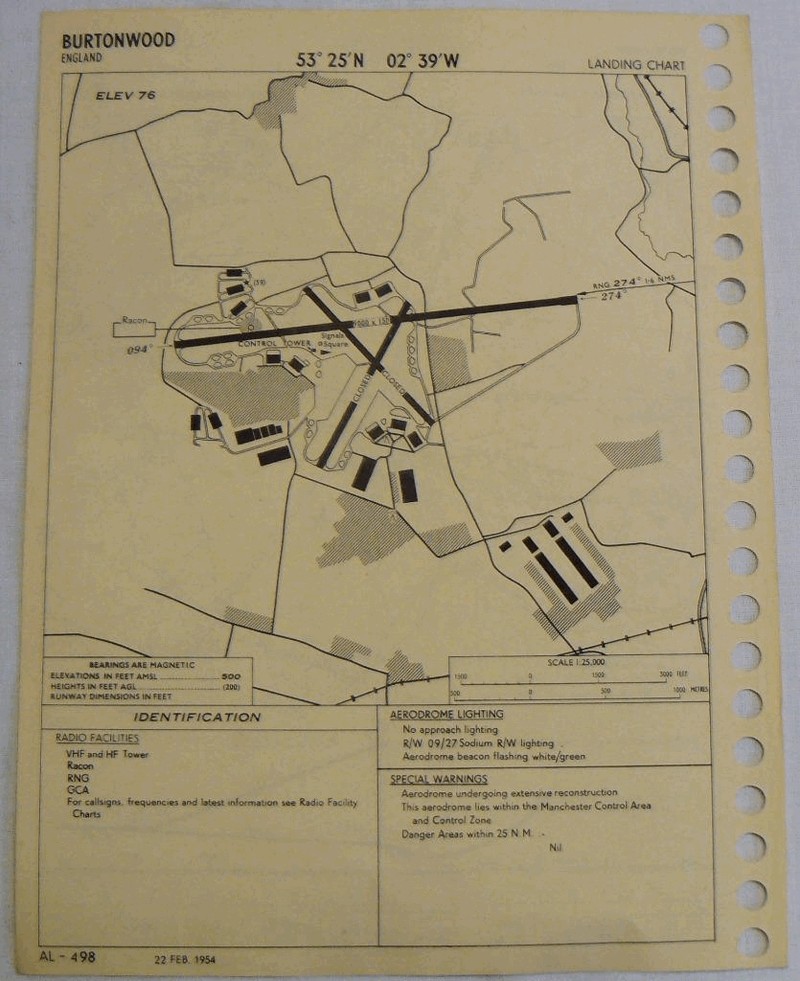
Landing Charts

Burtonwood Landing
Chart - September 1951

Burtonwood Landing
Chart - December 1954
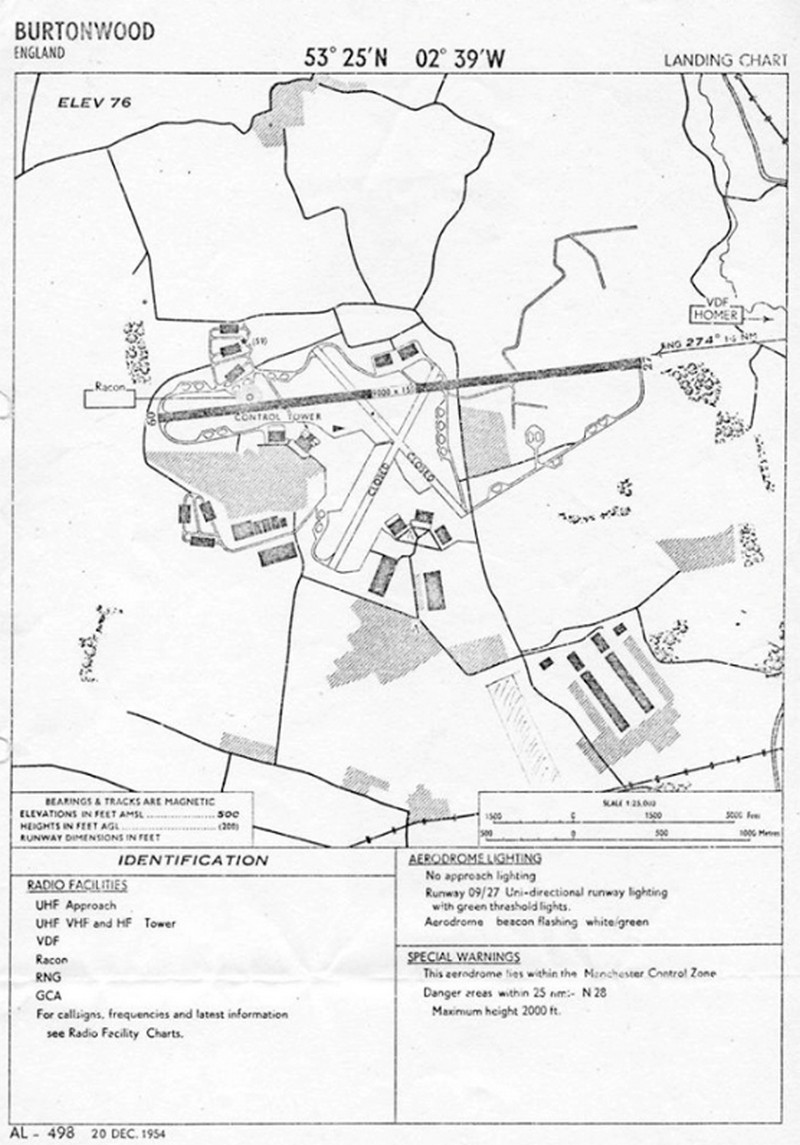
Burtonwood Range
Chart - September 1951
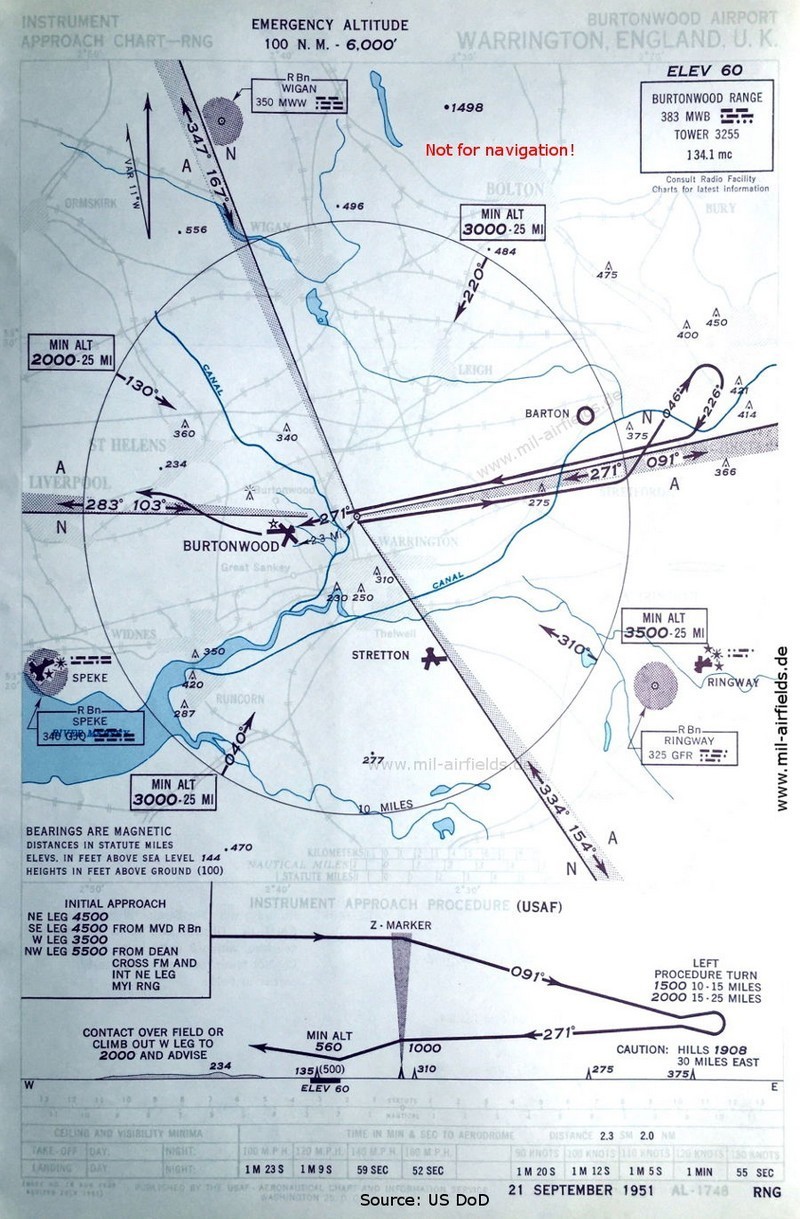
There are different approach charts for
each of the runways at Burtonwood
The chart shown here is for runway 27
which was the most used due to the
prevailing wind.
The chart shows to arrive overhead on a
heading of 275 degrees, with the height
dictated in the chart to the bottom left
it shows the Procedure to fly east on 275
degrees for ten miles, then initiate a
rate of one turn to the left onto 046
Degrees then a 180 turn onto 226 degrees.
Then turn right onto 271 degrees,
descending to be at 1,000 feet above the
overhead marker radio beam pointing
upwards and also looking ahead to land.
If the ground could not be seen at 560
feet the instruction is to climb and go
around again. The 10-mile circle on the
chart is only to judge the distance and is
not indicating a zone.
Note this chart is dated before runway
09/27 was extended to the East, and
also no localizer beacon was installed at
Burtonwood at this time period.
Target Dossier For Burtonwood
Lancashire England
German Luftwaffe target maps
of RAF Burtonwood Warrington
Lancashire England Date 1942
Image credits to the Imperial war
museum for Non-Commercial use
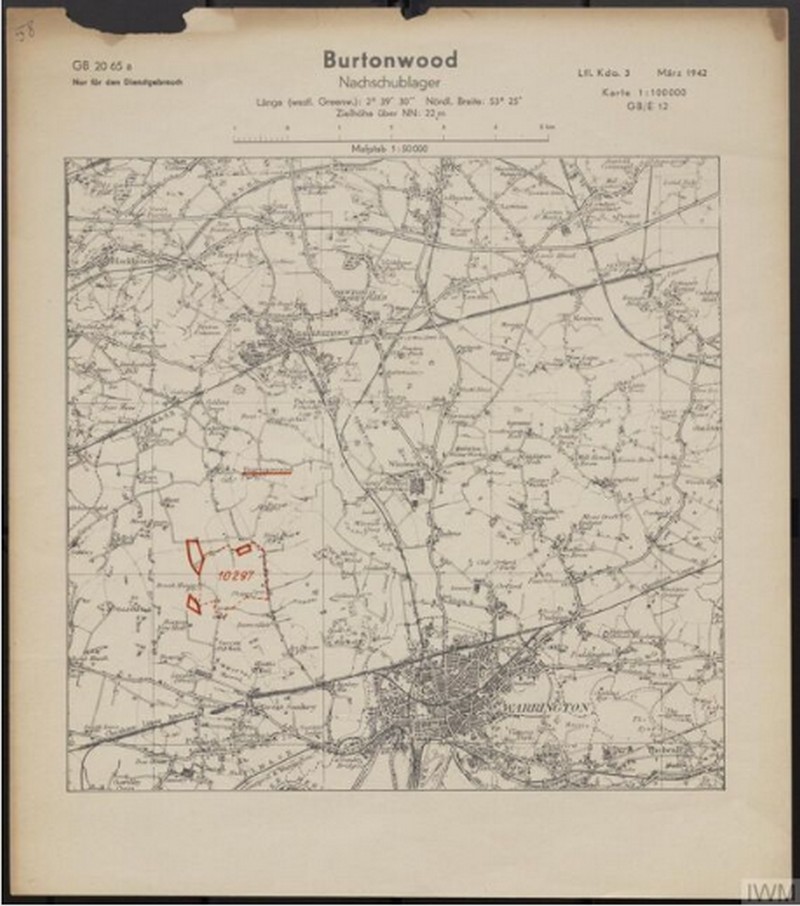
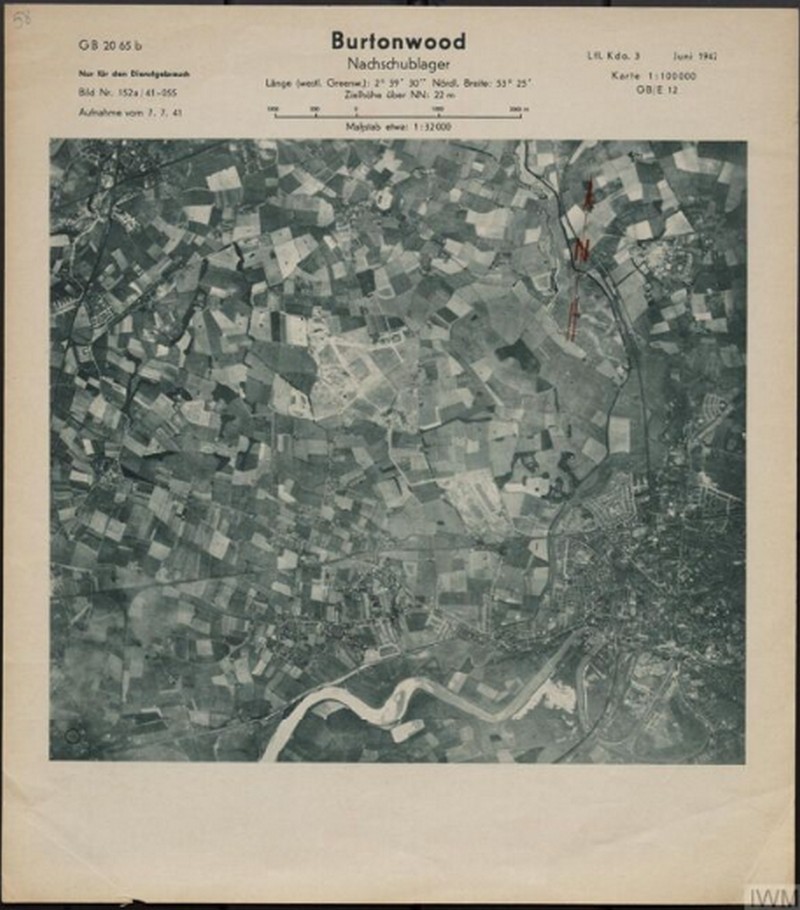
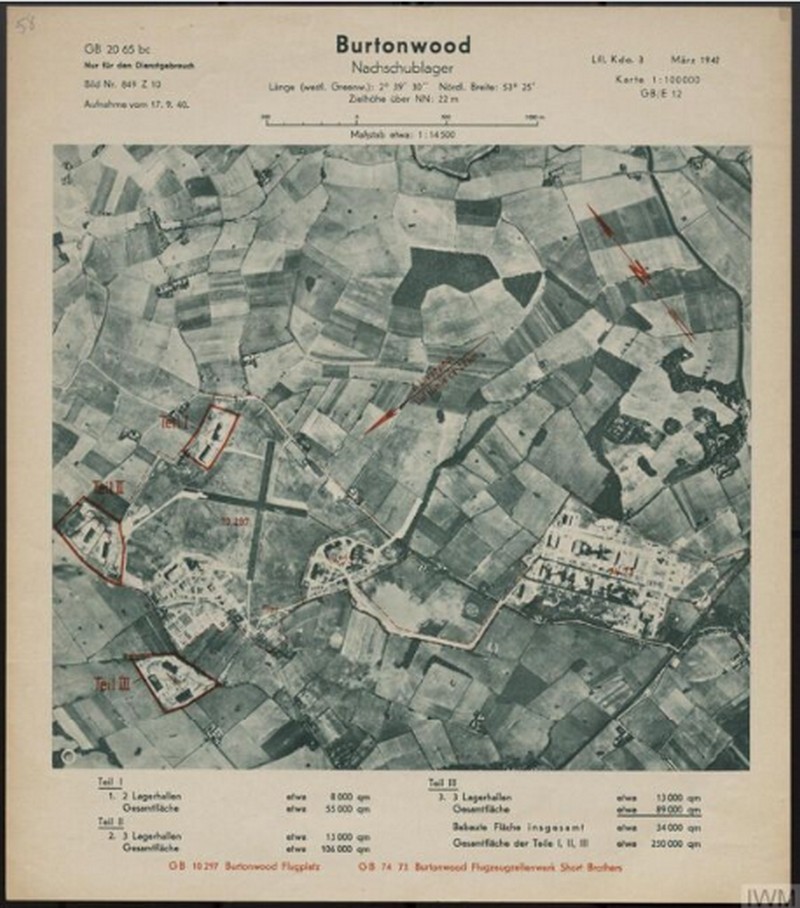
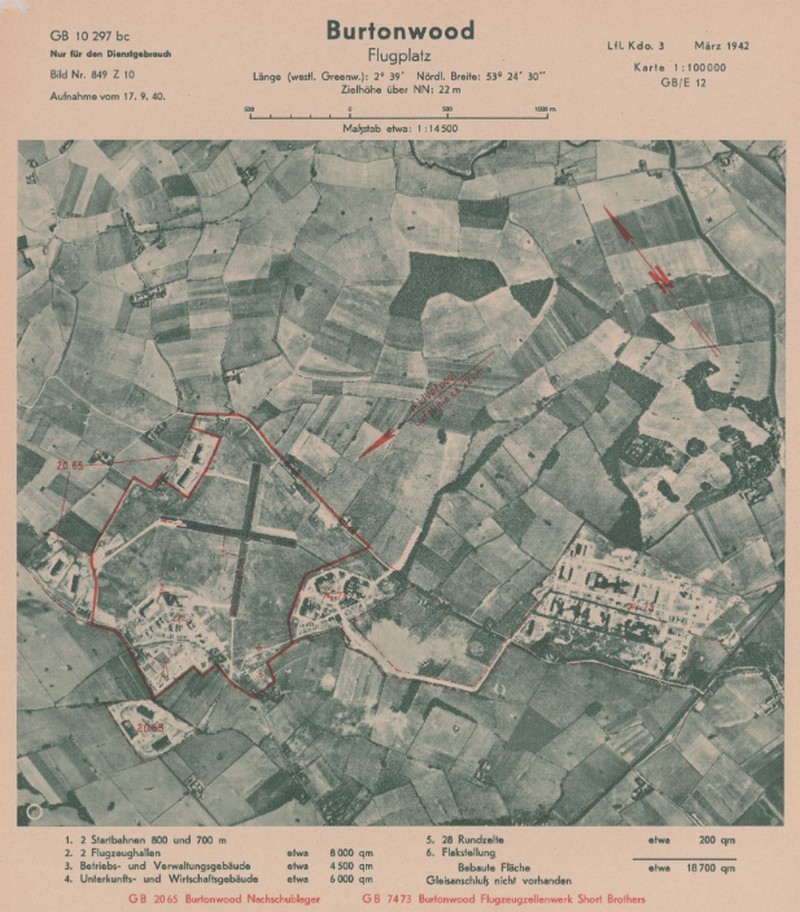

target dossier for padgate
lancashire england
German Luftwaffe target maps of
RAF Padgate number 3 recruit training
center
Warrington Lancashire England date 1942
Target Dossiers Pertaining
to the British Isles
10 138 Manchester-Barton 13 km NO
GB 10139 Manchester - Ringway 20 km
OSD GB 10297 Burtonwood 6km W GB
10 407 Puddinglake 23km SSO m 4
Rhitiver und paffiver Luftfdyuty
detl Bewadjung M 5
Image credits to the Imperial war
museum for Non-Commercial use
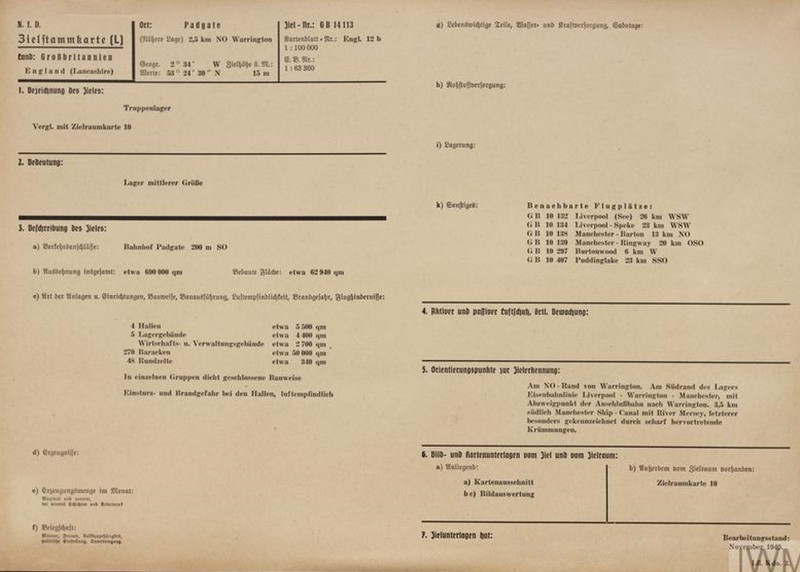

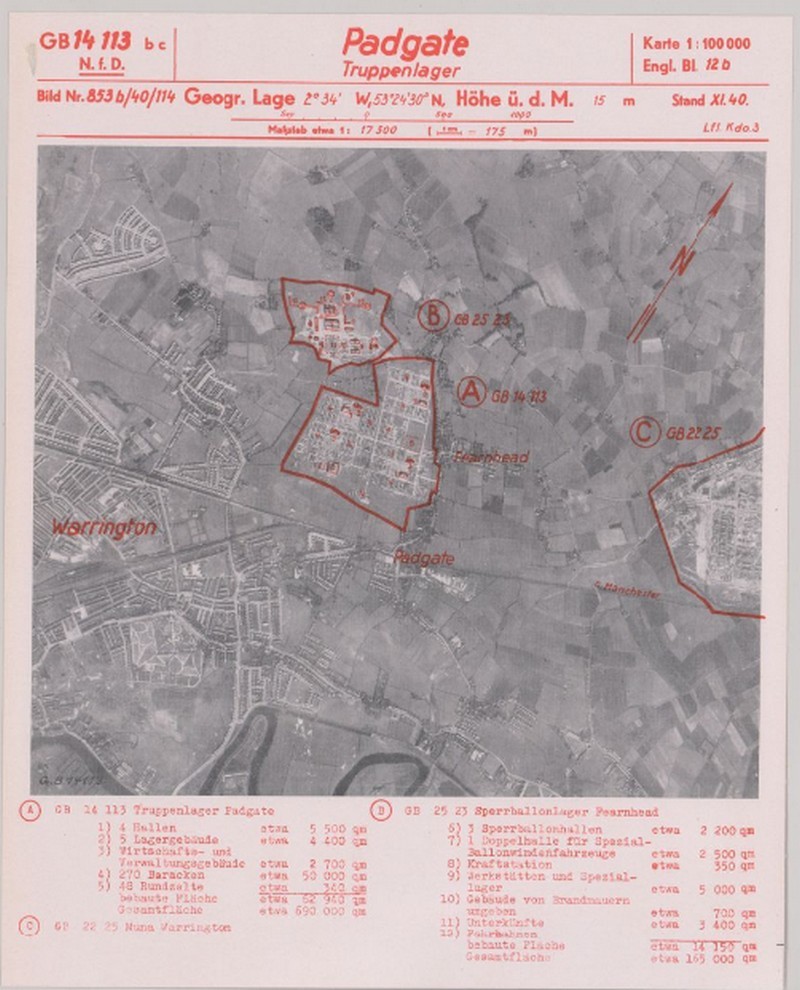
1st Basic Air Depot Burtonwood
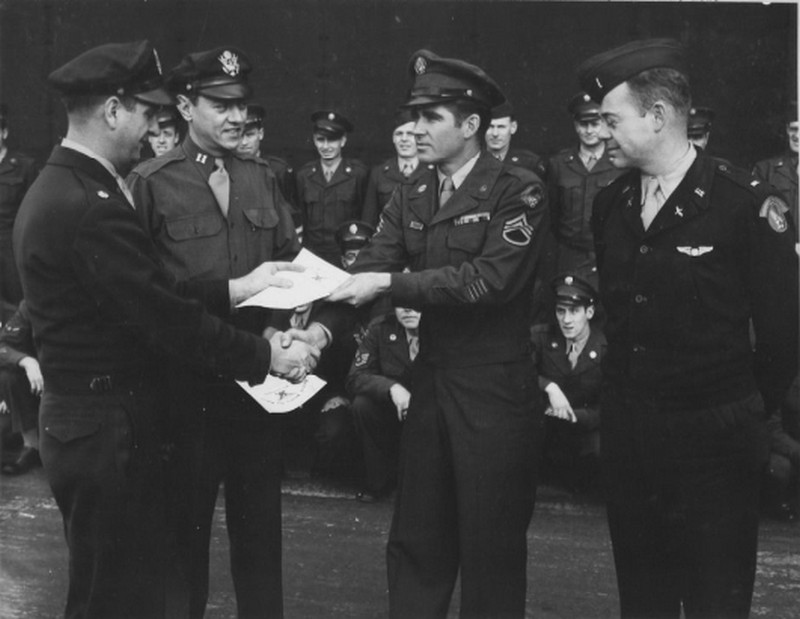
As Captain, Fret, and Lieutenant Kollew
look on, Major, Keating presents a diploma
to S/Sgt, Jean Bratcher, a member of the
First Graduating class of the B-29 School
during Graduation ceremonies at
Burtonwood Air Force Base, England, on the
18th November 1949.
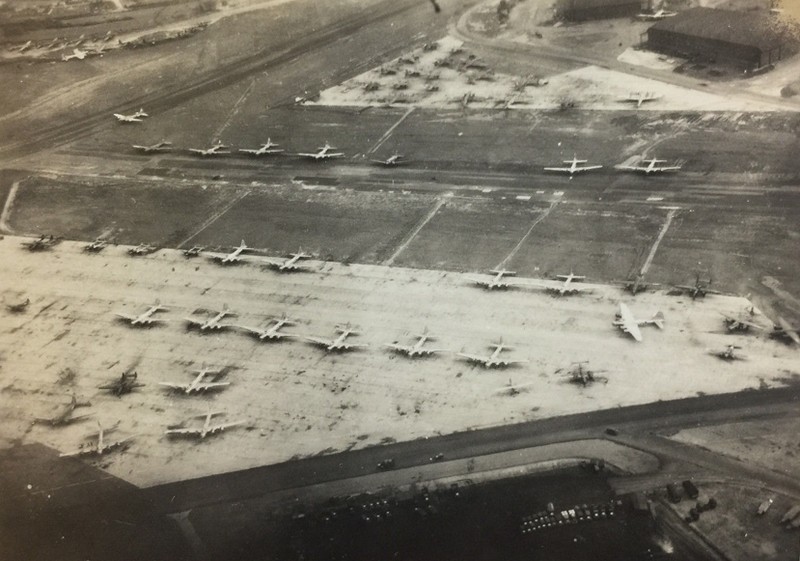
I took this shot just as we were
coming in for a landing in a C-47
- Note B-17s and P-61
black widows June 1945.
B-45 Tornado Undercarriage
collapse in 1953.
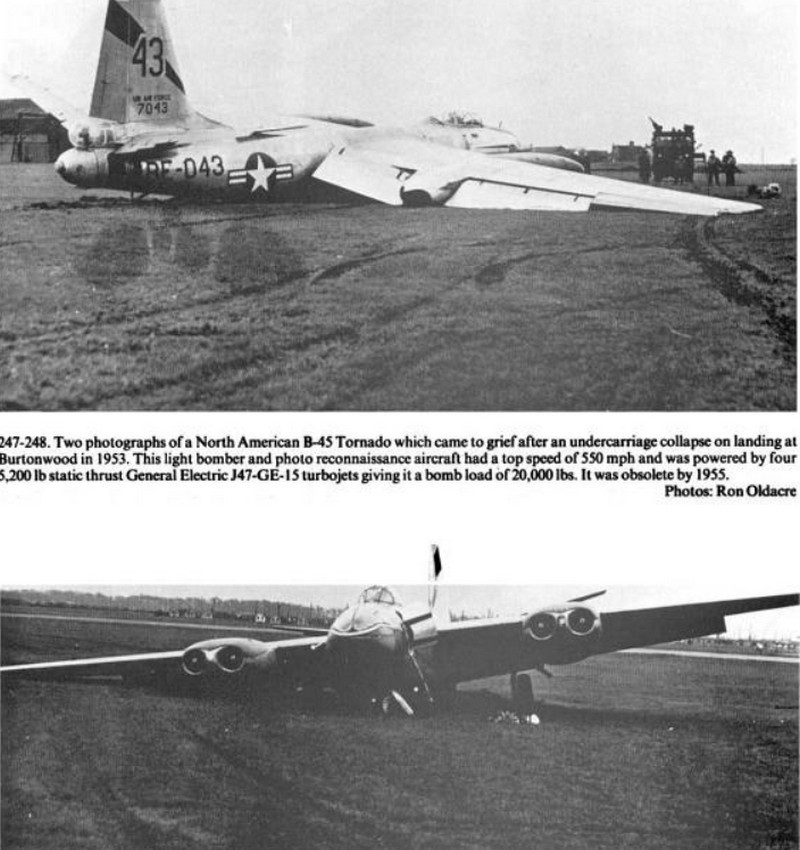
Results of an accident to a G I bus
belonging to the 5th A.P. group
The accident happened while returning
to camp from Warrington during WWII
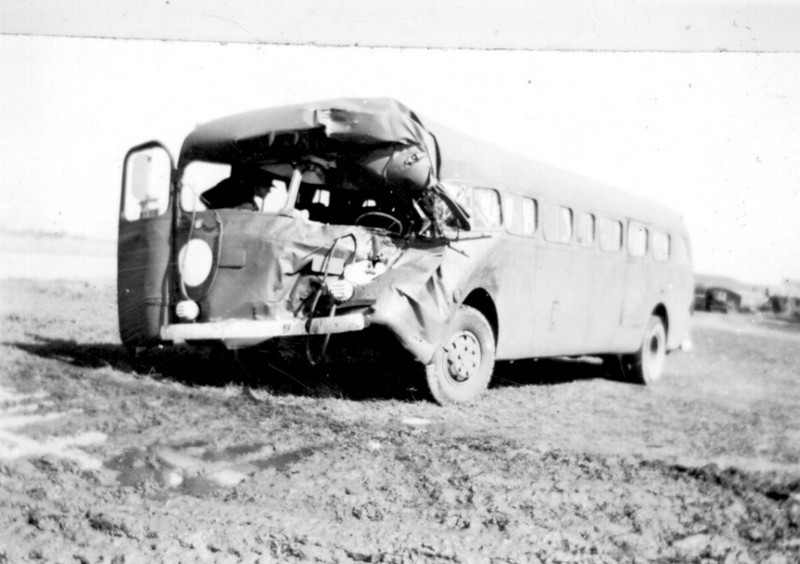
Burtonwood group photo
Credit to Victor Davies

The iconic American jeep at the
Burtonwood United States Air Force Base
Warrington England during 1952
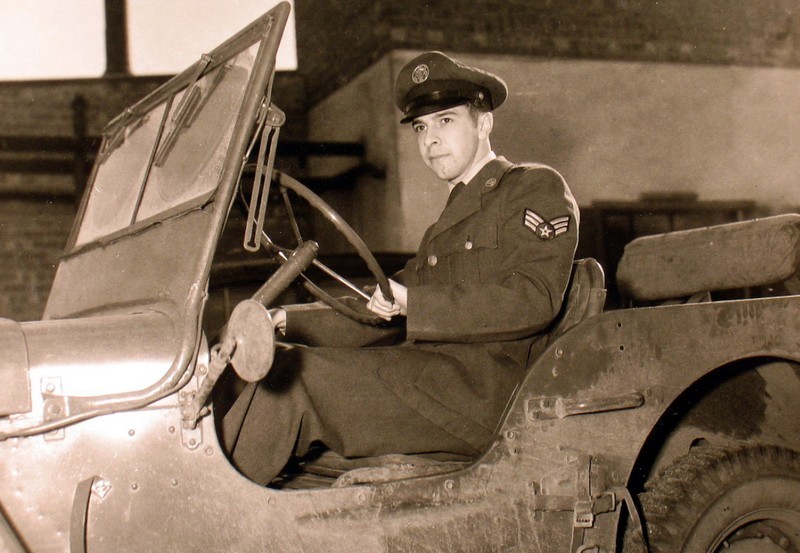
The American flag is
raised during WW2 for the transfer of
the
Burtonwood Air Depot to the United States
8th Air
Forces Service Command 15th July 1942
Building number 8 on the left of the flag
is the Burtonwood
repair Depot site Headquarters, during the
late 1950s
this building become the United States Air
Force
Dependents School having moved from site 1

World War 2 Photo Looking West
In the background the J type hangar on
technical site can clearly be seen
In the background to the right is the 3
earthed covered
hangars next to the high level water
towerer on E site
In the foreground is the east perimeter
track

All our photos that we took in the RAF
Burtonwood Airfield .
For more information about RAF Burtonwood
visit the RAF
Burtonwood Archive on the 'Airfield
Findings' page.
Where is it?
RAF Burtonwood is just outside the town
of Warrington.
What is it?
RAF Burtonwood was an expansion programme
airfield. It was constructed as an
aircraft storage and repair depot.
What were the main sites?
There were 5 main sites on the airfield :
A site with 2 K type hangers,
E site with 3 L type hangers,
G site with 3 L type hangers,
Tech site with 1 K type hanger and 1 J
type,
and Mary Anne site with 3 C type hangars.
There was also a site off the airfield
known as BRD site, it was constructed as a
factory.
What about the Runways?
There was 3 runways at RAF Burtonwood :
04/22 was 4200 FT long,
09/27 was 5280 FT long,
and 15/33 that was 4248 FT long
What about the Sub sites?
There were also 7 sub sites for living
accommodation.
Site 8 Header house was opened in 1954 as
a warehouse.
What about the Control towers?
There were 3 control towers :
One was a fort type 207/36 and was made
of concrete.
Another one was a watch office for all
commands. Its reference number is :
12779/41, it had small windows to 15371/41
The last one was a post war USAF tower.
Can you give us some Brief History about
RAF Burtonwood?
The airfield first opened on April 1940,
with 37 maintenance unit moving in .
The USAAF moved in on the 15th July 1942
and was called Base Air Depot 1 for repair
and modification of aircraft.
The airfield returned to RAF use on June
1946.
Controll was handed back to the USAF in
September 1948.
In 1951 the USAF expanded the base with
extensions of runway 09 / 27 to 9000 FT
and 250 FT wide , a new controll tower was
constructed in 1953 on Tech Site.
What is RAF Butonwood like now?
RAF Burtonwood is now completely
demolished apart from taxi ways between E
and A sites and the odd bit of fencing.
WWII USAAF BAD1 Burtonwood Trench Art
From One of Our Members
Early this week we received an email from
one of our members and he told us about an
aluminium sign that he says was made from
WWII aircraft alloy that he has in his
possession.
So we asked him to send us a photo of the
item and he has given us permission to
publish it along with his message below.
"Hello Sir ,
I'm Nigel , and I've just spent a good
while perousing your great website.
Very interesting .
I write Sir ,because I have a nice item
from the old Burtonwood Airfield.
It's a Sign basically or the raised
elements from said sign.
It's made from scrapped USAAF Aircraft
Aluminium that much we know , it features
a B-17 in semi profile the wings and star
of the USAAF and banner logo with the
legend "Base Air Depot No1" all as
seperate parts and is roughly sand cast
made locally on base the whole assembly is
around 2-3 feet square .
I have the parts mounted on a piece of
felt covered MDF just for display now, but
would love to know if You might know where
abouts on the airfield it was originally?
We've had it a long time.
And I'm keen to know a little more about
it if possible .
I'd be glad to send photos if you'd be
interested in seeing it .
Many thanks for Your Time Sir, and Very
best regards Nigel."
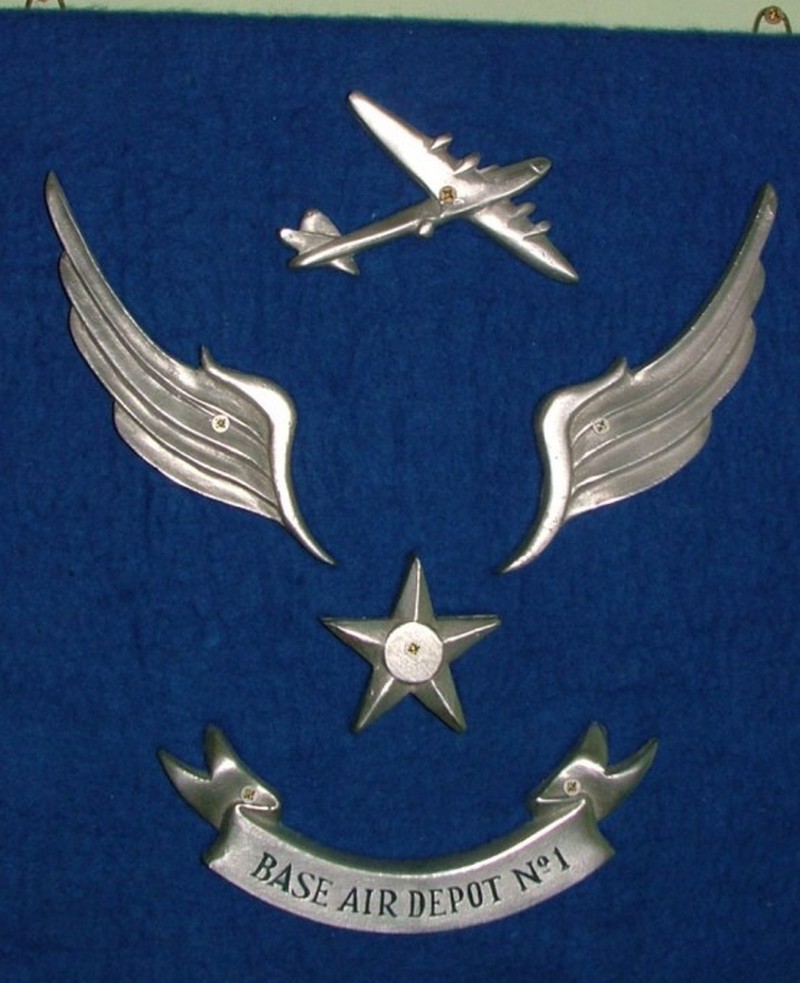
This is a Souvenir Poster
From One of the Many Open Days at the
Header House at Burtonwood During the US
Army's Occupation
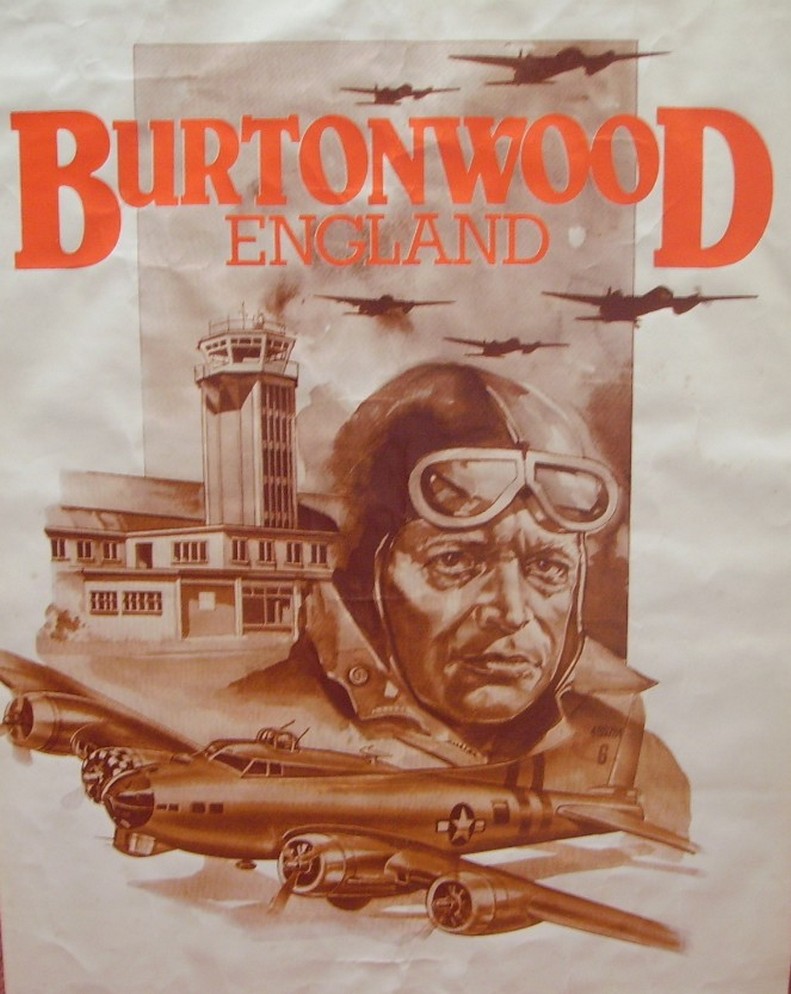
The administration
department at Burtonwood

The administration department at
Burtonwood
carried out a huge undertaking during
world war 2.
There was 18,500 US personnel on
base including many women.
In addition, Burtonwood controlled more
than 20 other
bases spread across Britain so it had a
combined
responsibility for well over 60,000
personnel.
It operated 24 hours a day, seven days
a week with three eight-hour shifts.

Boeing B17E - 41-9175 on the
16th of March 1943 with 'A'
site in the background.
Photo USAAF
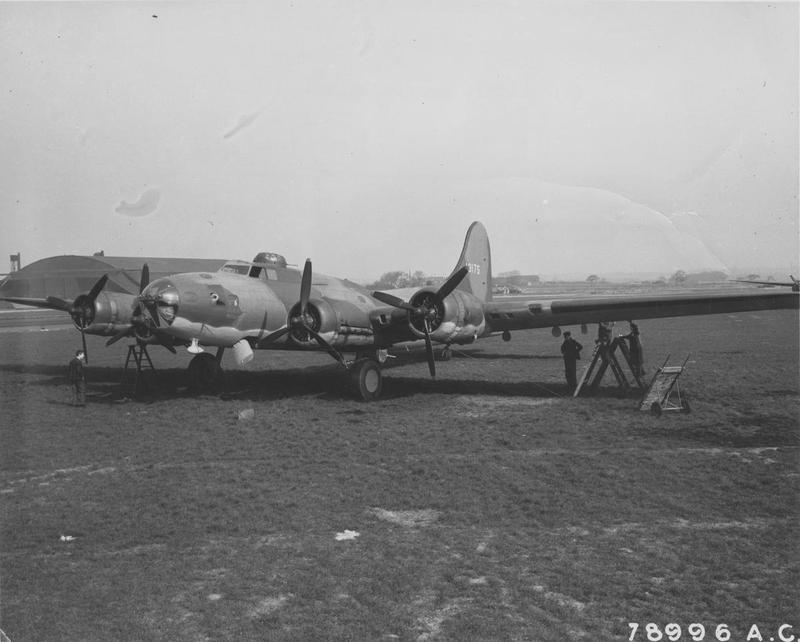
P38 Lockheed Lightning
During Maintenance
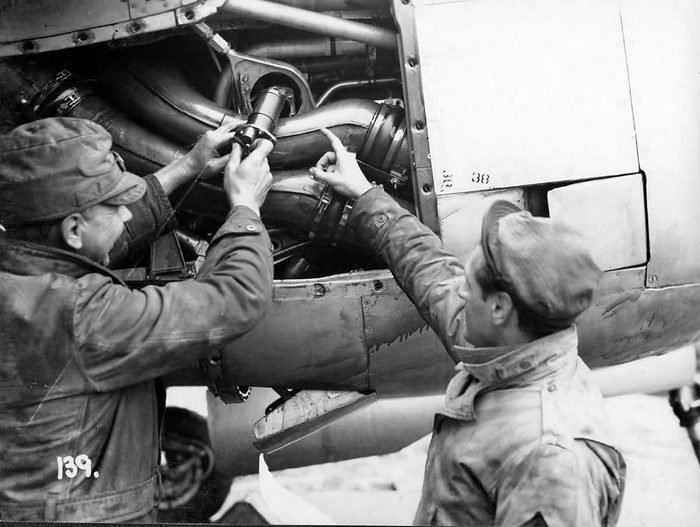
P38 Lockheed Lightning
During Maintenance
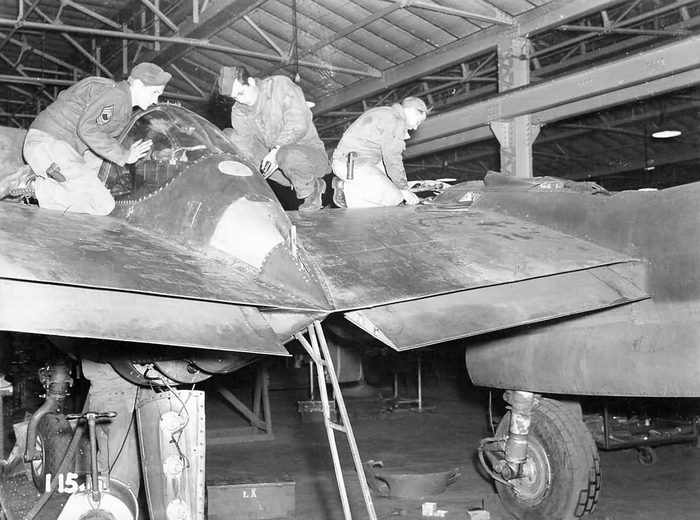
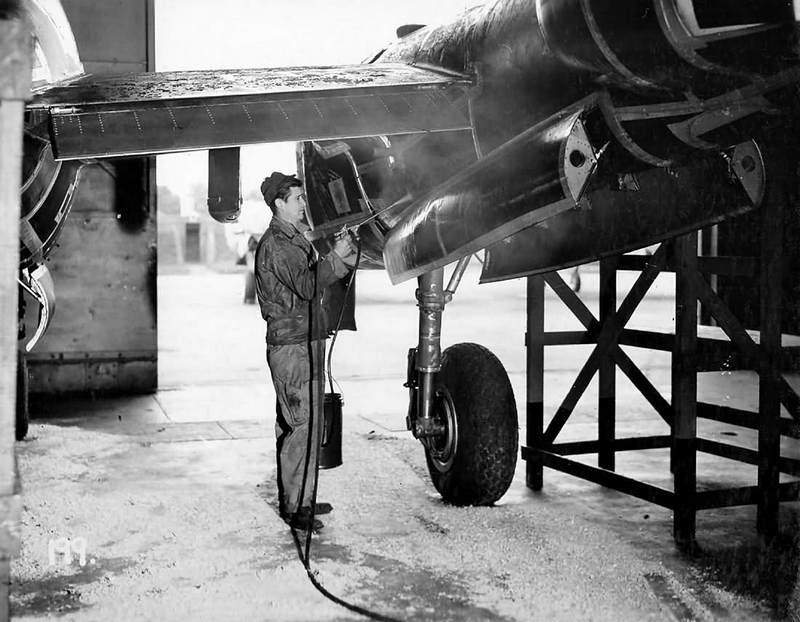
P-38 Lightning Maintenance
Burtonwood England
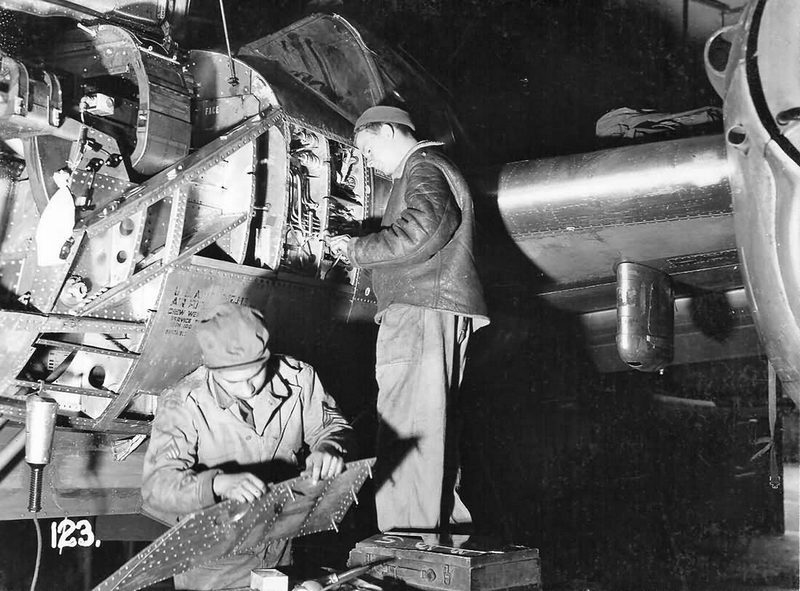
Boeing B-17 Flying
Fortress undergoing
Maintenance at Burtonwood during world war
II
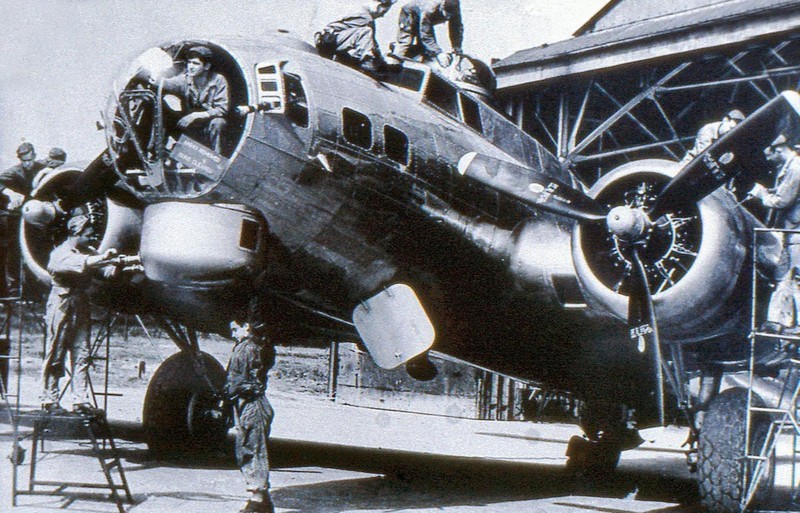
P-51 Mustangs Lancashire
England 25th of February 1944
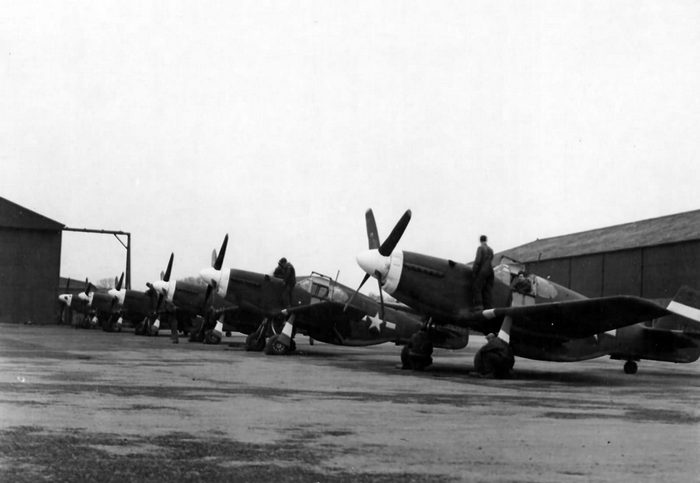
B17's on Dispersal
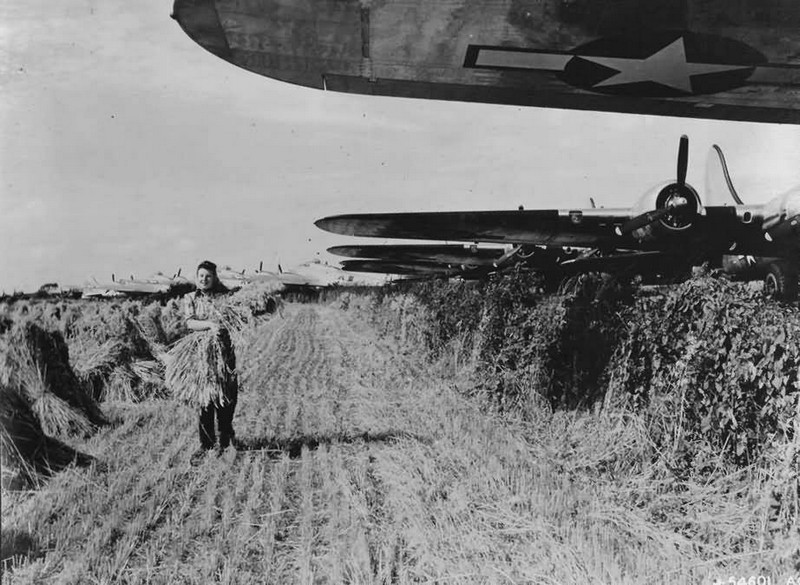
bell P-400-Airacobra at
Burtonwood
on the 16th march 1943.
The aircraft appears to be
on Site 1 facing South.
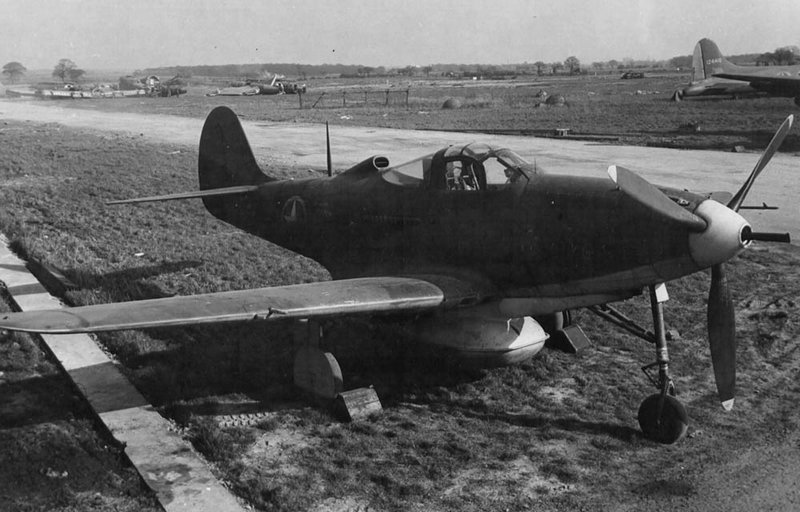
Personnel of the Base Air Depot 1
outside Nissen huts at Warrington.
Handwritten caption on reverse: 'Left to
right- Pop Raddle,
G Basson, Dick Kingston, W [illegible]
"Me", Steve Paras.'

P47 Thunderbolt CV-S, serial number
42-22468 nicknamed
Geronimo of the 359th Fighter Group has
crash-landed
Official caption on image
GAD-35-I-100][12-5-44[]222468- BURTONWOOD

Famous visitors to visit
the base included: Comedian Bob Hope and
Singers
Bing Crosby and Nat King Cole, Vera Lyn
& Joe Loss and also Major
Glen Miller the famous USAAF Band leader
Left To Right - Major
Glenn Miller at one of his concerts with
Love Dust on the 27th of July 1944 at
Burtonwood.
(Photo USAAF)
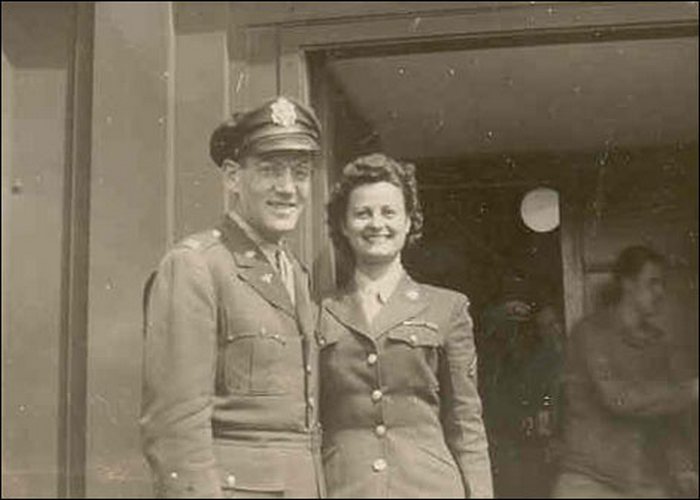
Left To Right - Joe Loss,
Vera Lynn and Major Glen Miller outside
Building
226 on Mary Ann Site during a concert
visit on the 15th of August 1944.
Shortly after this photo was taken Glen
Miller flew to Twinwood farm in
Bedfordshire and then onto Paris. However,
his aircraft never arrived
at Paris (presumably) having crashed in
the English Channel.
(Photo by Wally Baldwin)
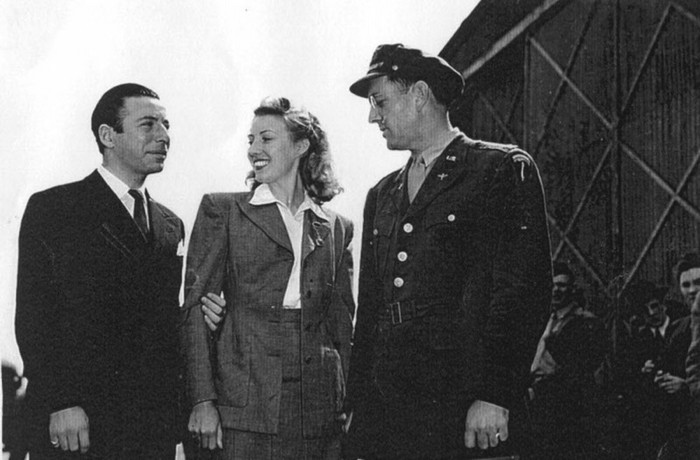

Glen Miller Photos Credit
Jerry Migoski

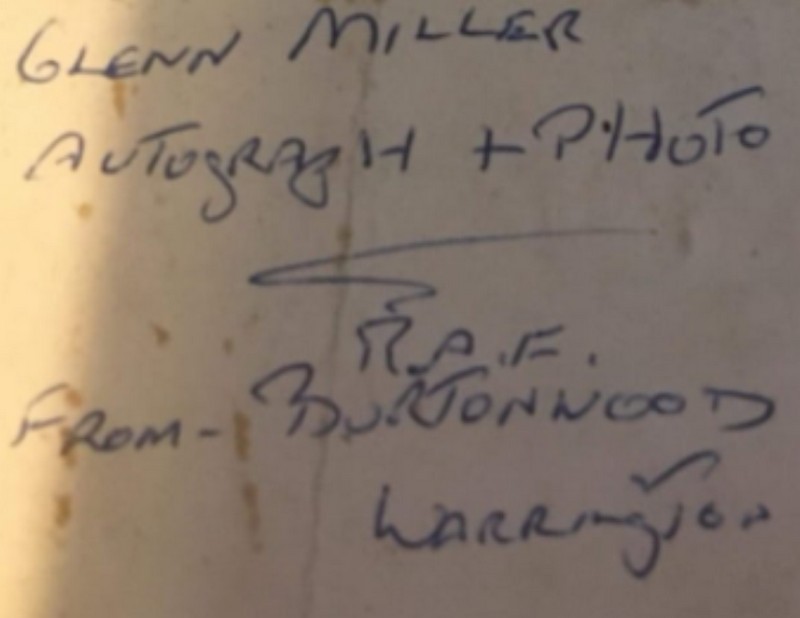
Glenn Miller is on the
right and on the left
is Second Lieutenant Donald Haynes.
He was Miller's administration
officer at
Burtonwood Air Depot on 15 August 1944.
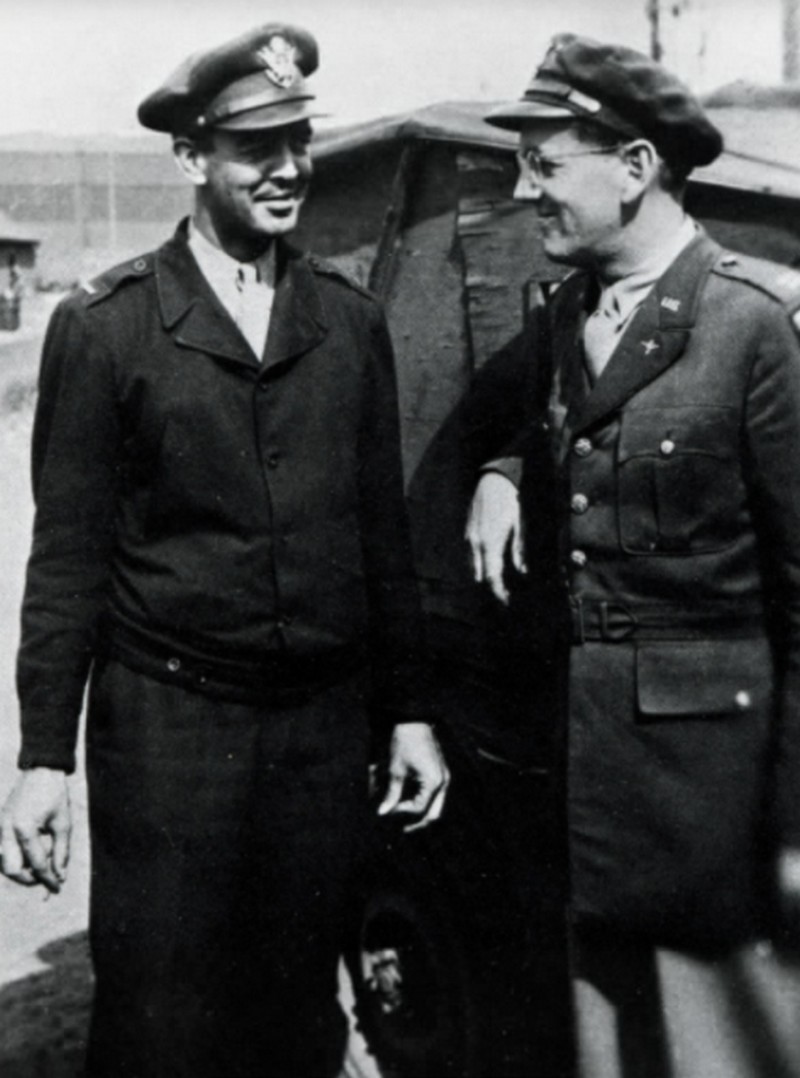
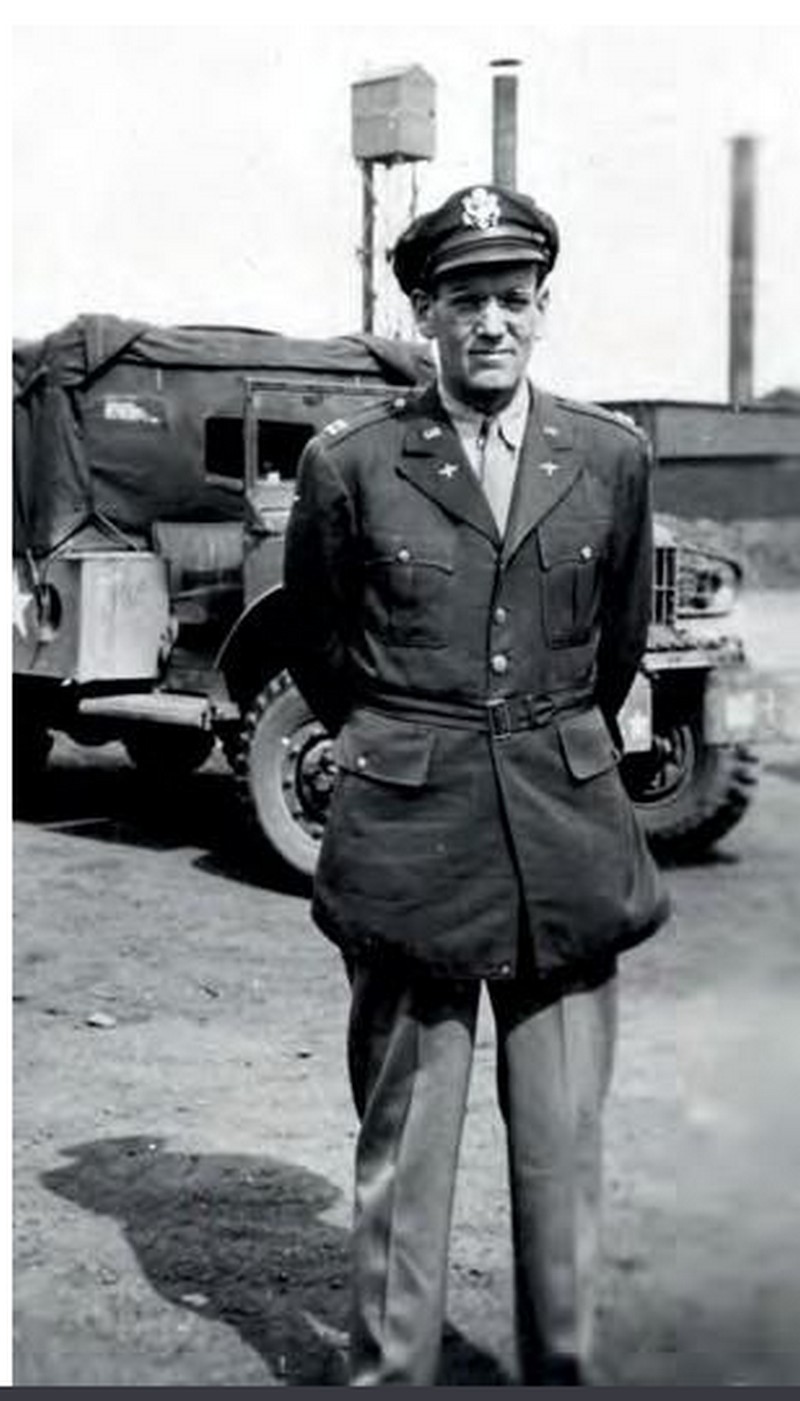
Burtonwood - Bob Hope Show, 28 Aug 1943
(Photo From The American
Air Museum in Britain -
Ray Zimmerman Collection via Aldon
Ferguson)
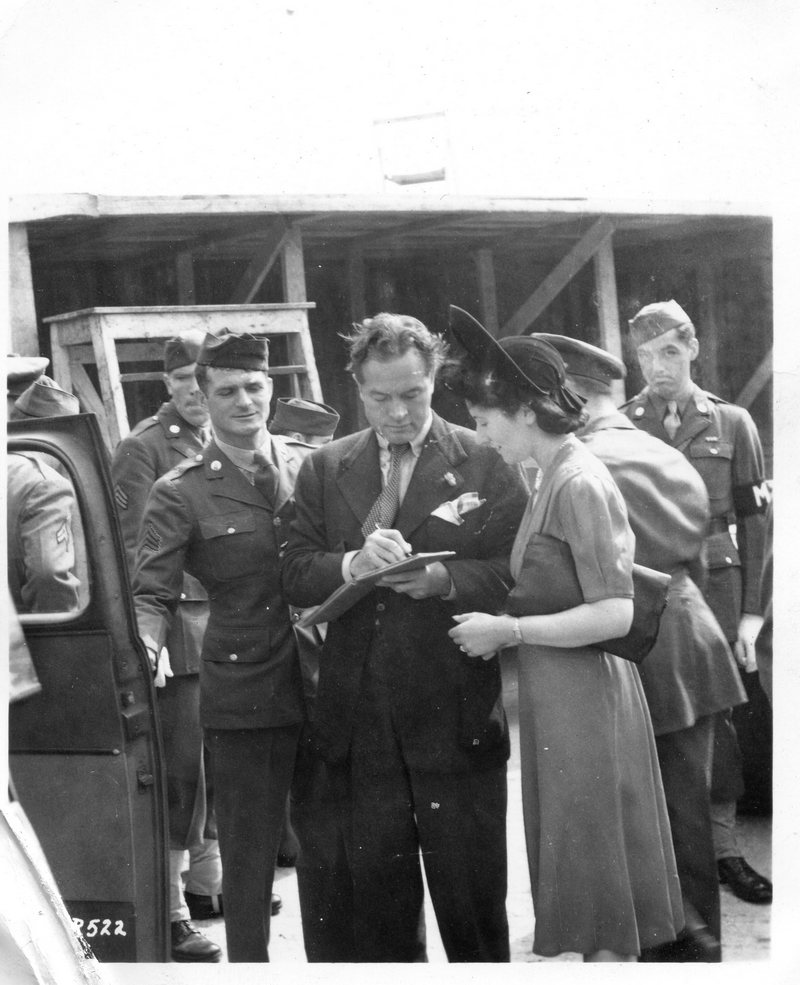
Burtonwood - Bob Hope
Show, 28 Aug 1943
(Photo From The American
Air Museum in Britain -
Ray Zimmerman Collection via Aldon
Ferguson)
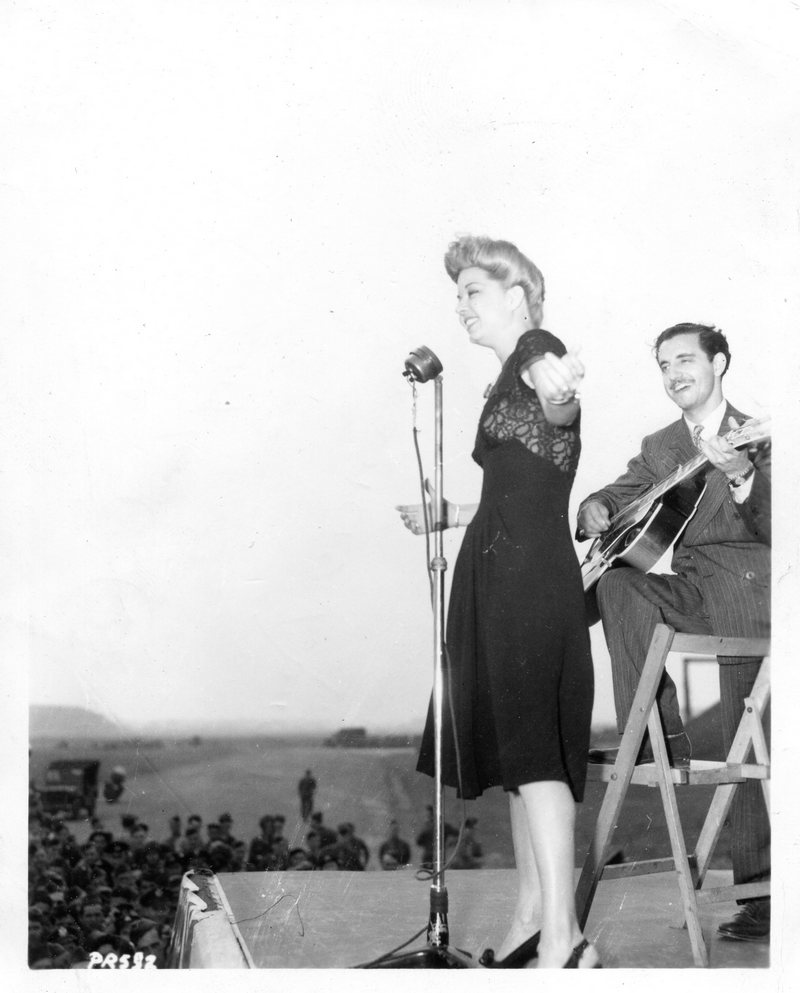
Burtonwood - Bob Hope
Show, 28 Aug 1943
(Photo From The American
Air Museum in Britain -
Ray Zimmerman Collection via Aldon
Ferguson)
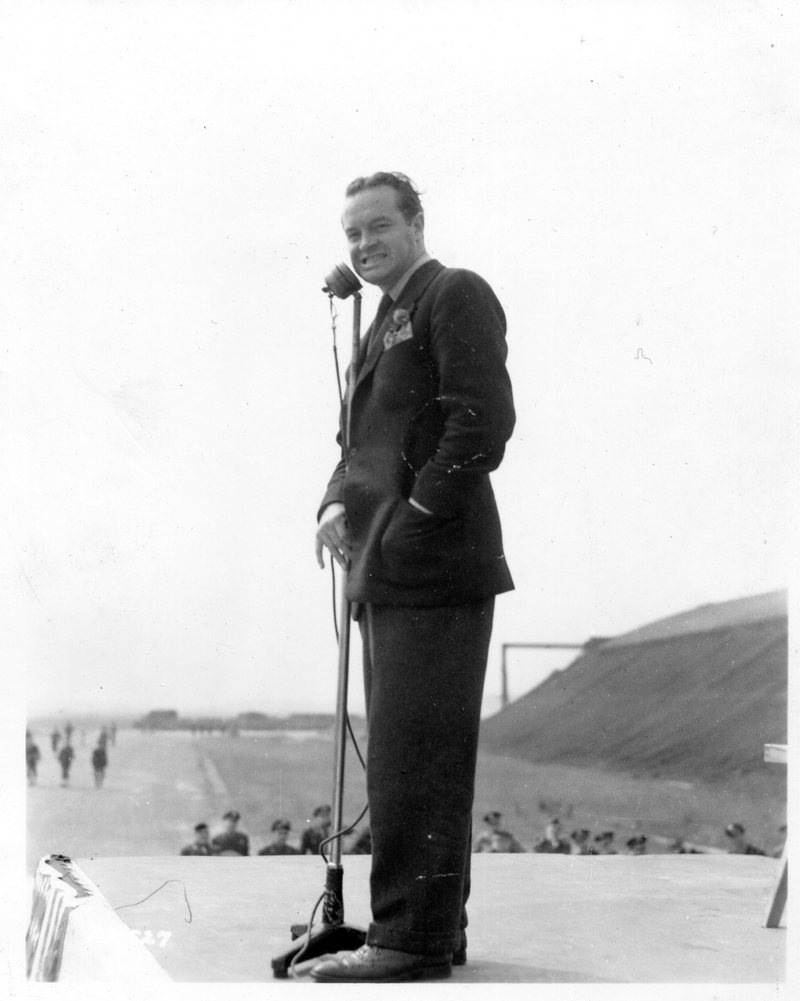
Burtonwood - Basket Ball
Team 14 Apl 1943
(Photo From The American
Air Museum in Britain -
Ray Zimmerman Collection via Aldon
Ferguson)
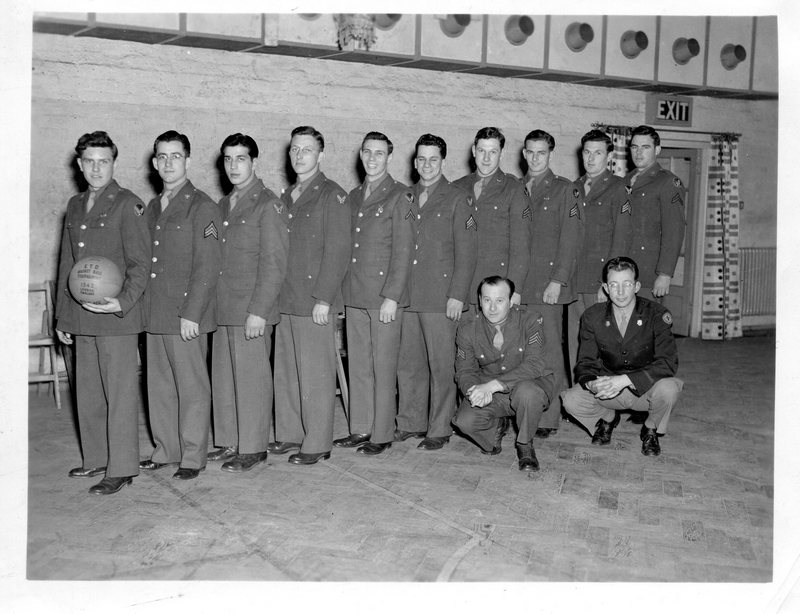
Burtonwood - names of
Basket ball team (above)
(Photo From The American
Air Museum in Britain -
Ray Zimmerman Collection via Aldon
Ferguson)
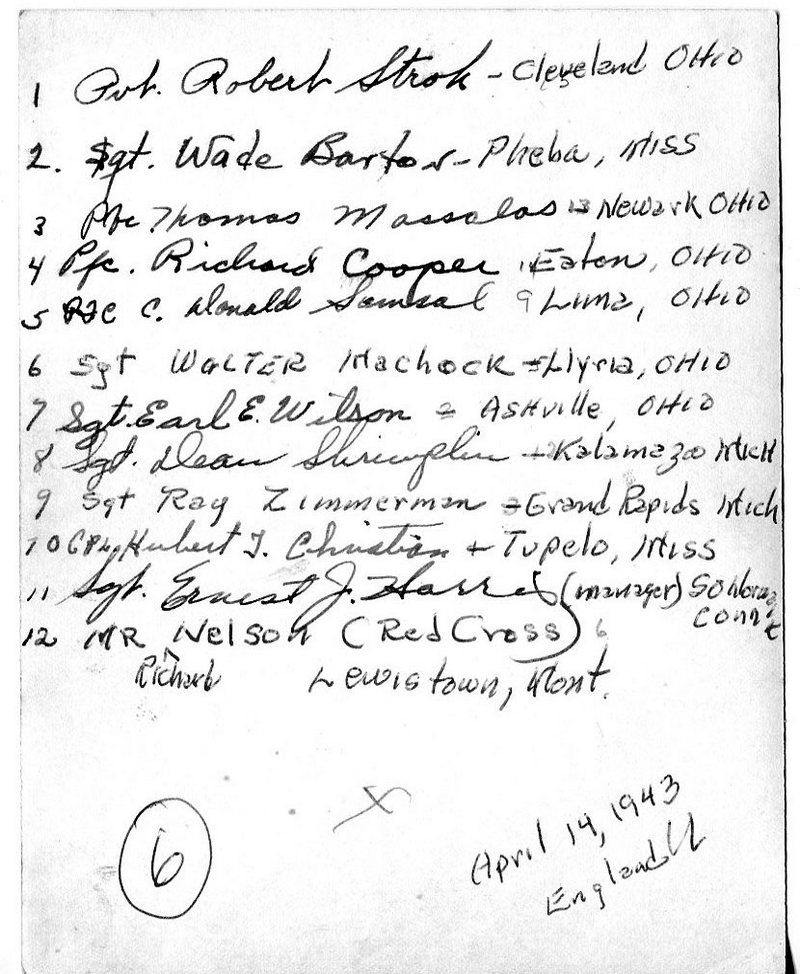
The Dining Room of the
USAAF 27th Air Transport
Group 8th Air Force Service Command.
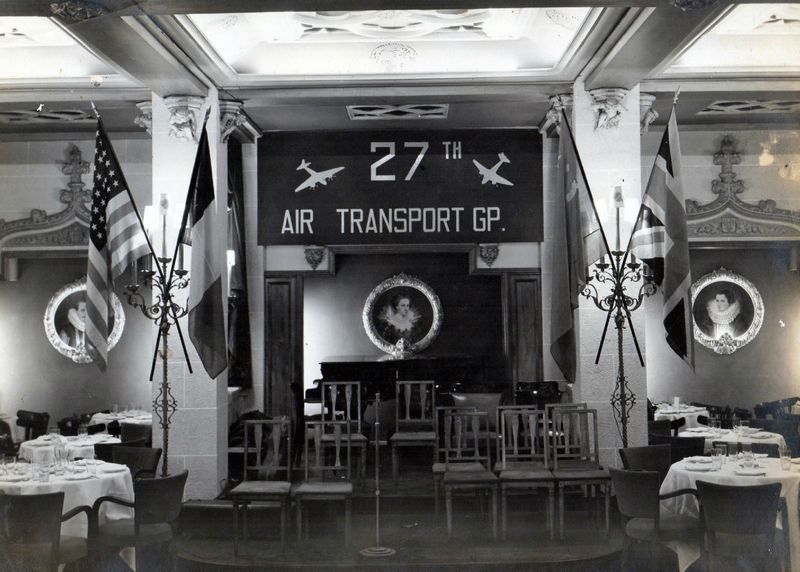
The group served at
Burtonwood from 1943 to May 1945
& carried cargo and passengers within
Great Britain.
In February 1945 the group
assumed additional missions of ferrying
all types of
aircraft to and from Burtonwood for
maintenance, repair and modification.
The aircraft, once
repaired etc where
then ferried back to the front line
airfields.
27th Air Transport Group
Units assigned to BAD 1.
302nd Transport Wing, 8th
Air Force Service Command
310th, 311th, 312th Ferry
Squadron's
320th, 321st Air Transport
Squadrons
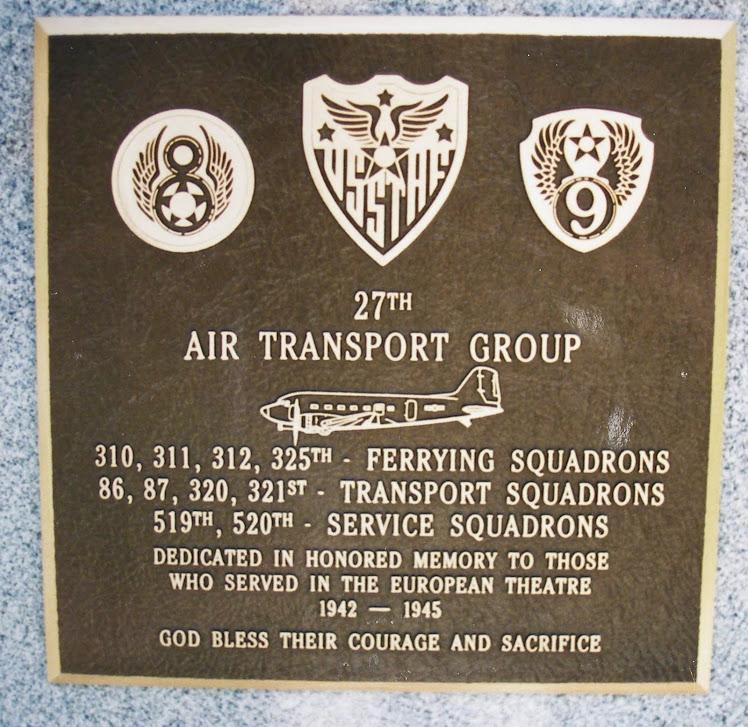
Colonel I W Ott (in the
Centre of the photo) of Base Air Depot 1
(BAD1)
Commander From the 6th of March 1944 to
the end of Hostilities.
Colonel I W Ott Was Later Promoted to
General.
Far left is Col Billy
Arnold Head of Maintenance.
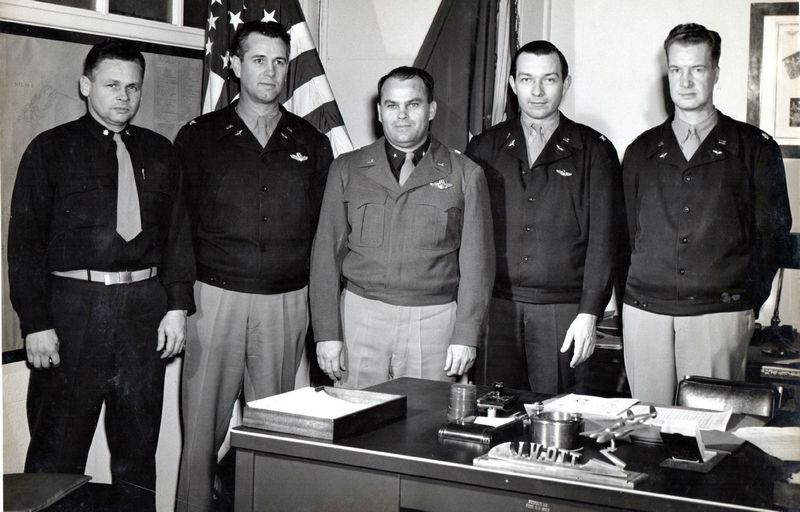
We received the following message/update
from one of our
readers 'Leullier Patrick' regarding the
photo above,
"Hello Sir,
The Person on the right of Brig Gen
Isaac 'Ike' Ott( center ) of this
picture Is Colonel Martin Ansel
Bateman Commanding officer of the
302
Transport Wing.
And to my Maternal Grandfather ( Robert
J.Byron) how
served under him as a Sgt 405 Clerk Typist
in Grove GB, Paris France in
the HQ HQ SQ of the 302 Transport Wing in
1 Rue de Tilsitt, and in
Namur Belgium.
So I suppose that my Maternal worked too
in Burtonwood?
but without any certitudes.
You got a very interesting site.
Best regards from Normandy France.
Leullier Patrick"
Thanks to Aldon Ferguson and Also Herbert
Anastor
(Feature Writer of Area Auto Racing News)
for the following info:
A David Loska has also been working on
the infrastructure of BADA and BAD#1 at
Burtonwood during World War II and came up
with the narrative below about Bill
Arnold, which reflects your own research.
The Officer in the centre of the photo
you post is Brig Gen Isaac 'Ike' Ott who
had overall responsibility for ALL 8th Air
Force supply and maintenance and this
expanded to providing aircraft and
equipment to the 9th Air Force which
was the occupational USAAF element in
Europe after the June 1944 invasion. He
was based at Burtonwood.
Ike's cousin, Col 'Dewey' Ott, was Chief
of Flight Test. I knew him well and he
always spoke in glowing terms of the
achievements of both Ike and Billy in
England during the War.
Lt Col Billy Arnold, Chief of the
Maintenance Division was uniquely
experienced at leading both of the
mainland depot operations having
transferred from Warton to Burtonwood 15
Feb 1944.
Arnold's Maintenance Division Weekly
Activity Reports to HQ BADA, never missed
an opportunity to highlight base or
intra-theatre production record-breaking
metrics and output.
Arnold's unique origin and technical
background made him unusually adept to the
rigours and undaunting pace of depot
operations. Before joining the Army, a
week after the attacks at Pearl Harbor,
Arnold earned a PhD from Michigan Tech and
was employed as an engineer for the
Chrysler Corporation.
Years earlier, Arnold took up car racing
after studying for a baccalaureate in
mechanical engineering at the University
of Illinois. Between years 1930 and 1932,
Arnold led almost every lap he raced at
the Indianapolis 500.
In 1930 at age 24, Arnold became the
first to win the 2.5-mile
Indianapolis Motor Speedway in under
5 hours and the first to finish at a
greater than 100 mph average speed without
relief help.
He also led all but the first two laps of
the around the race, 198 out of
200 or 99% of the total laps (back then it
was brick-paved), a record and metric that
has yet to be surpassed even to the day of
this writing.
In addition, he was also the American
Automobile Association's National Champion
for 1930.
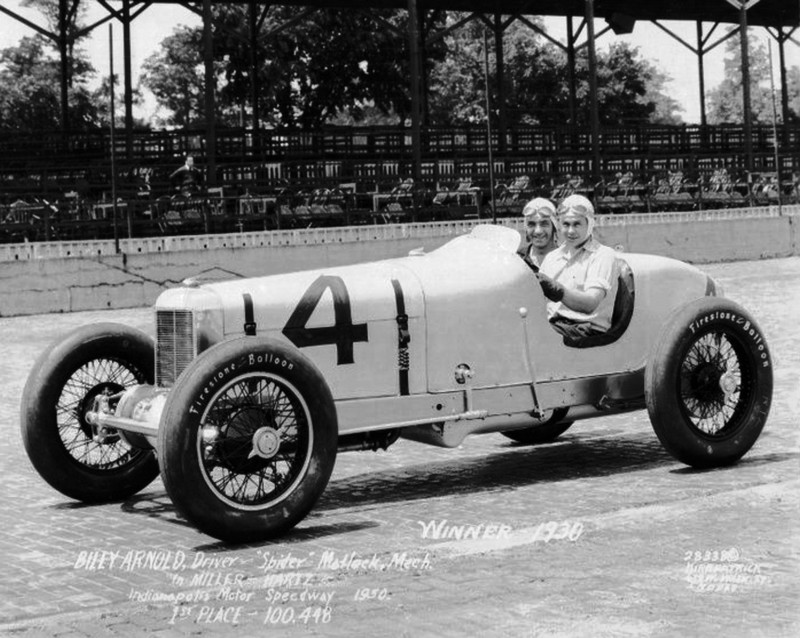
The following 5 photos (credit to
go.fold3.com) have Captain W.W. Ott of
Osyka, Mississippi, appearing in them
early in WW2 when he was a test pilot.
He was promoted to Colonel and Eventually
became
a Brigadier General and became the
Burtonwood
depot base commander from the 6 of March
1944 until the end of hostilities.
The new commanding officers of the
Burtonwood Air Depot pose
after the transfer over to the United
States Army Air
Force, W W Ott is second from the
right.

Left to right are Major William Arnold
later to be promoted to Colonel
and head of Maintenance, he inspects the
repaired motor of a B-17
While Captain, W.W. Ott a test pilot later
to be promoted to Colonel and then
Brigadier General and base commander, and
Lieutenant, Leyland Schoff look on.

Captain W.W. Ott a test pilot, of Osyka,
Mississippi
Discusses the repair of the aircraft (in
the
background) with its ground crew:
Left to Right - Captain W.W. Ott a test
pilot, of Osyka,
Mississippi Private, Micheal F. Biage of
Memphis,Tenn, and
Private Jasper P. Howard, off
Oklahoma City, Okla.

Test pilots give there final approval on
the Boeing
B-17 called JEZEBEL after the repair work
is done.
The men are left to right, W/O Marlyn P.
Cory
of Salt Lake City,Utah Captain.
W.W. Ott of Osyka, Mississippi.and first
Lieutenant.David C. Cook of New Albany,
Miss.

"Feather Merchant" (RE - Q)
B-24H-1-CF Liberator
s/n 41-29178
329th Bomb Squadron, 93rd Bomb Group, 8th
Air Force.
Declared 'War Weary' on December 24,
1944.
Pictured at the Warrington Burtonwood Air
Depot
with the three of theirtest pilots on
October 30,1943.
From left to right: 1stLt. Fred Casoli,
Capt. W.W. Ott and
1stLt. Aaron Z. Bessant. These men took up
the planes
after the Air Depot had repaired battle
damage on them,
a job that could be almost as dangerous as
combat flying.
"Feather Merchant" is military slang for
a civilian.

Training men receiving practical
instruction on
an Allison inline aero engine left to
right are:
Sgt, A, Aldrige from Swansea, Wales, and
T/Sgt Robert Root from
Corbin, Kentucky, Sgt Harkey B Carter,
Knightstown, Indiana,
and Sgt Edward Scott, Burkesville,
Kentucky. on the 1st April 1943.
Photo credit by Fold

United States Ground Crewmen learn to
operate
the hydraulic system of a Boeing B-17.
Cpl, A.P. Cooke from Bastrop, Louisiana
operates the Emergency
brake, which is used if the regular system
has been shot out.
While Cpl, F. W.Shankle from
Charleston, Mississippi,
watches the operation. on the 1st April
1943.
Photo credit by Fold.

Mechanics work on the main engine bearing
of a Republic
P-47 Thunderbolt, on the 30th of October
1943.
Photo credit by Fold.

Pvt, Gerald D Turner of Oklahoma works
amidst
a tangle of fuel lines on the 30th of
October 1943.
Photo credit by Fold.

The new skin is fitted to the horizontal
stabilizer of a B-17
On the 30th of October 1943. Photo credit
bt Fold.
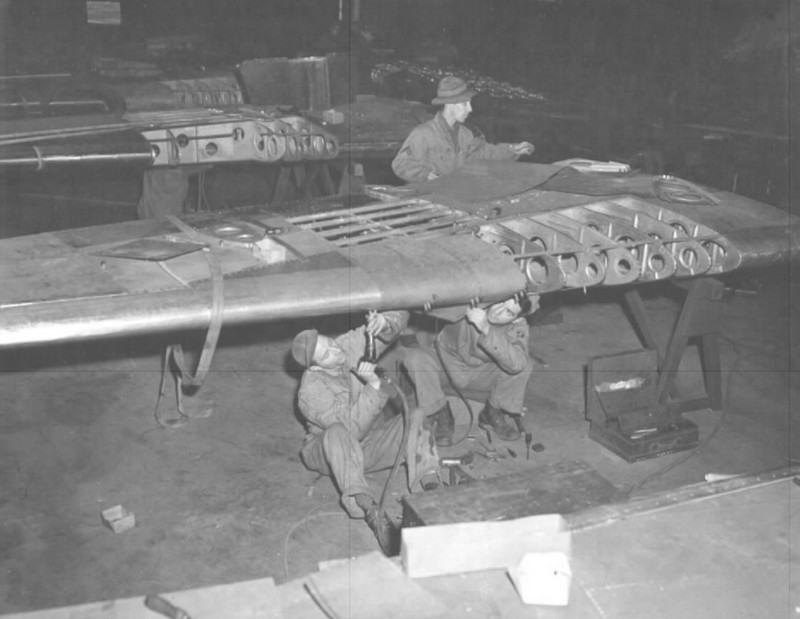
Cylinder spraying department
30th October 1943
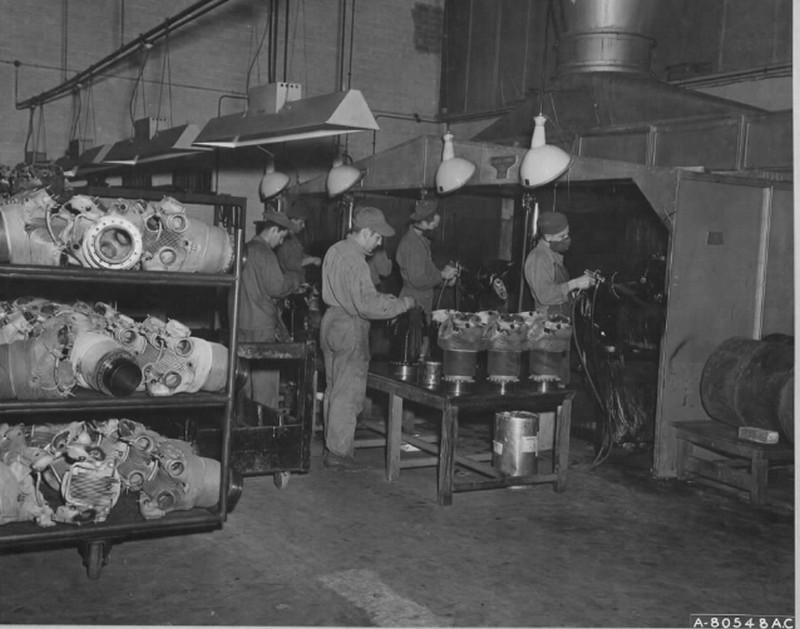
While PFC Michael Biagi of
Memphis Tennessee works on the
Motor of a Republic P-47 Thunderbolt
First Lieutenant Bancroft Johnson
(left - a test pilot) and First Lieutenant
Aaron Z. Bessant (on top of the aircraft
- also a test pilot) discuss the repair
of the engine 30th October 1943
Credit fold 3

Two test pilots chat together
just before the aircraft is taken
up for a test flight
They are:
First Lieutenant William T. Maier
of Dowagiac Michigan and First
Lieutenant Richard Z. Macdonald
Private William C Sadler of
Hamilton Ohio on the left
tightens the cowling on the
aircraft 30th October 1943
Credit fold 3

Private Thomas M.Lang of Cincinnati
Ohio reams out a valve Guide on
cylinder heads of B-17 engines
22nd October 1943
Credit fold 3

Mechanics work on the main
bearing of a Republic P-47
Thunderbolt 30th October 1943
Credit fold 3

Reconditioned B-17 Engine
being lowered into a shipping
box October 1943
Credit fold 3

Major General Edward W. Anderson
Presenting the Air Medal to Lieutenant
Swinney of the 59th Air Depot
Wing at Burtonwood Air
Force base England
Credit fold 3

Aircraft status maintenance board

Maintenance record board
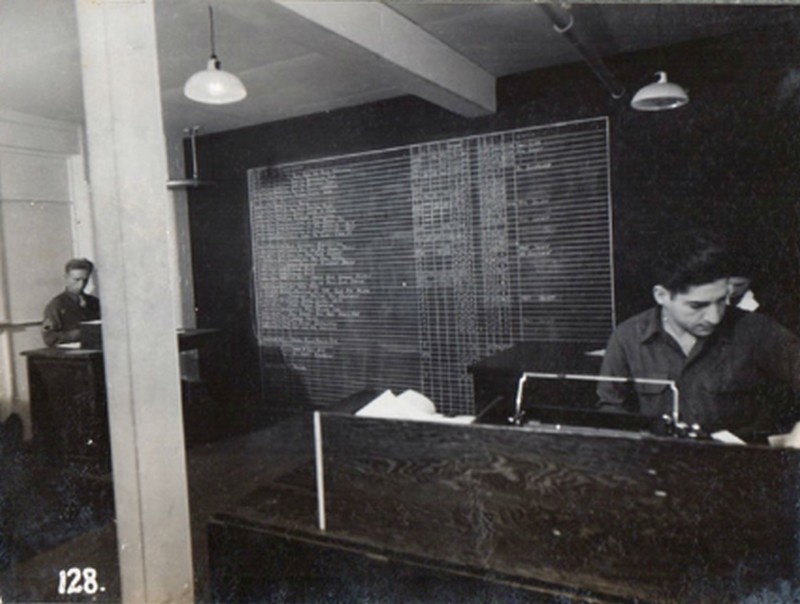
Maintenance record board

United States Army Air Force Armorers at
work at Burtonwood during World War 2
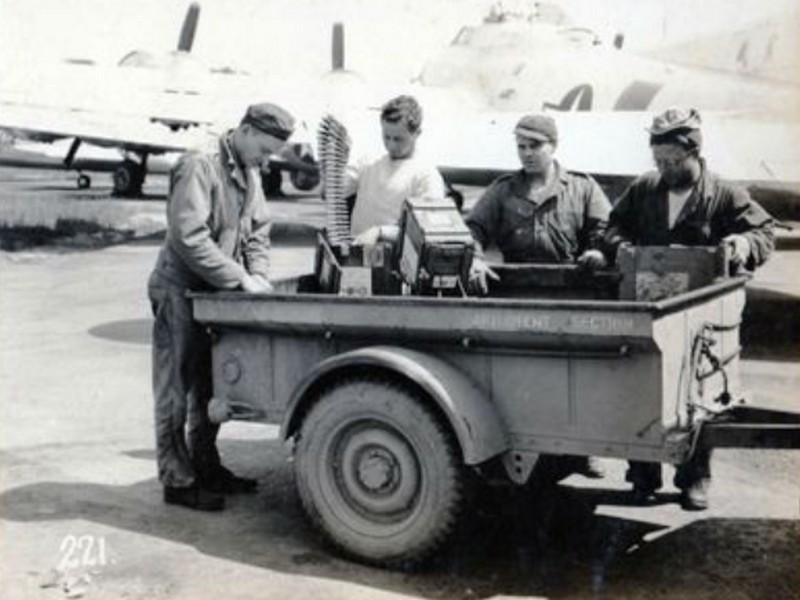
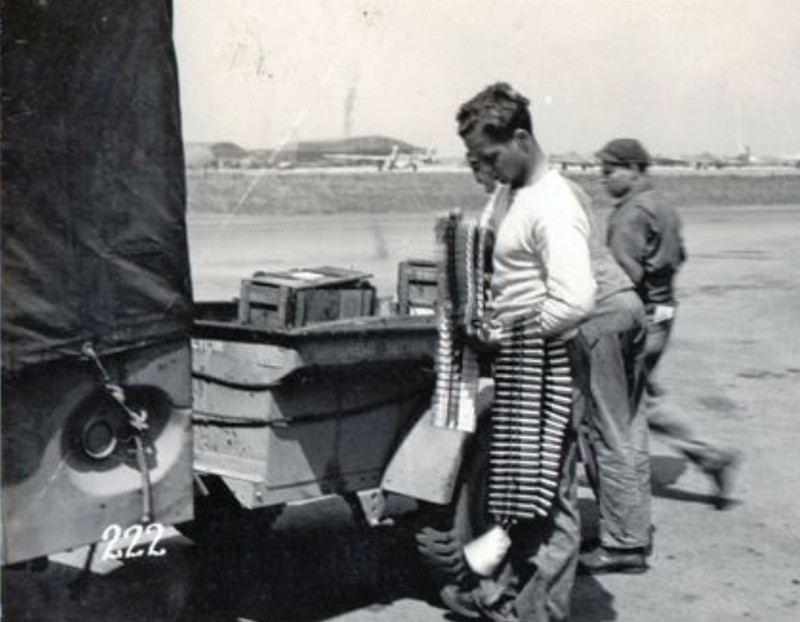
USAAF Armorers at Burtonwood repaired and
maintained
over 39,000 aircraft machine guns and
20 mm cannons
including 37,381 gun solenoids during WW2.
Also, the 1716th ordnance medium
maintenance
company was based at Burtonwood for the
maintenance of the aircraft weapon
systems.
This farm (below in the photo) was called
'Brook House farm' and was
built before the airfield at USAAF
Burtonwood was constructed,
and when the American's took occupation of
the base it
became General Isaac W Ott's personal
residence.
He was the base Commander
and the farmhouse was
sited what became known as site 6 which
was the
communal living site and it was also where
'The Flight Test Crew's' where billeted.

Here is what was written on the back of
the photo:
"The general's house, the back of it at
that compare it with those
shacks in the other pictures. I should
have been a general."

Letter From the Deputy
Chief of
Staff War Department to General Ott
From the Bangor Daily
News, Bangor, by John Connel Jr managing
editor, reporting
at the USAAF Air depot station 590
Burtonwood Lancashire England 12th of
August 1944
The greatest air depot in the world
sounds like a lot of air depot, doesn't
it? well, that's just what it is and there
isn't the slightest chance of
exaggeration, criticism or fear of
contradiction when one speaks this way of
the place from which I have just returned.
it is a heartening sight for an American
to see the vast system of field hangars,
shops and warehouses-- the nerve centre of
the Air service commands network
throughout the European Theatre of
operation--and to watch and hear the
display of air striking power that we have
already demonstrated the enemy will never
be able to match.
Over a month would be required to see it
all, reams of paper would be used in
attempting to tell the whole story of this
stupendous overseas project and even then,
to the average layman, it would be too
fantastic to believe.
The pity of it all, so little of what's
going on here can be told even now when
our air power definitely has the enemy
groggy.
Over 100,000 American soldiers have
already passed through this tremendous
depot and many thousands of skilled
workers-- many of them completely trained
since they entered the armed services will
someday be returning to tell the story of
the base air depot of the air service
command.
There are a large number of sub-depots
scatted in places many miles away for
witch this mighty depot is responsible for
I saw planes, fresh from the factories of
America on the runways, in the hangars and
in the adjoining parking lots.
Here at this depot, all the planes receive
their final attention before taking off in
search of the enemy or to do damage to
installations of war; I was told that just
prior to D-day there were thousands of
more planes here. it doesn't seem to be
possible.
I never saw so many planes at any one time
or in one place ever. When a new plane
arrives the protective sea covering is
ripped off, wings and the fuselages are
painted other skilled men go to work on
modifications of the plane.
Yes, it's still a new plane, perhaps not
six months out of the factory.
But, from every fighting theatre changes
are continually being demanded in planes.
There wouldn't be time to have these made
in America. it might disrupt the whole
assembly Line there. Sometimes they are
major jobs. but, every time they're
important. conditions peculiar to the area
to which the plane is going dictate the
needs.
After the planes have passed through
inspection they are turned over to the
test pilots for the next operation.
P-38 Locheed Lightning Maintenance
Bangor daily news, newspaper
report August 13th 1944 part 2
Several thousand men carrying mess kits
and marching in chow time formation three
or four abreast-are on the way to dinner
at close to midnight. that's one more of
the unusual sights you will see at the
great air services command depot 1.
The men at these bases work in two,
10-hour shifts for at least 20 hours every
day the greatest mass production job that
has ever been undertaken by American
engineers grinds out new parts, repairs
the worn out and damaged and does
everything else necessary to keep our Air
force supreme.
At times when it is essential to do more
than the regular day or nights work it is
not unusual to find every man and officer
in the depot command working from 16 to 20
hours at a stretch. When figures are
permissible and the history of this
project is written [already done--Ed it
will surpass anything within reach of the
imagination of mankind.
The men at this base work nights for one
month and days the next, alternating.
After writing yesterday's article I tried
to think of some way to impress upon Maine
people the size of the main depot for air
service command.
The huge gymnasium at the University of
Maine came to mind. If I recall correctly
when this was built it was one of the
three largest in the country. Well, one of
about a dozen buildings at this base could
still house a few Flying Fortresses after
the University Gymnasium had been put in
one end of the building.
Concrete aisles- about the width of some
of our streets and continuing on from the
roads outside-run through the buildings
from the ends and the sides. Others have
tremendous doors which open to either side
and permit any size of an aeroplane to be
taxied in, to or three abreast if
necessary.
Yesterday we walked up and down the length
of one building-over 1,200 feet long and
nearly half as wide-and saw mass
production at its best. Every man has one
job to do in this particular building.
A huge motor enters at one end of the
building for overhauling, it is taken down
on an assembly line and when it reaches
the middle of the building it has been
completely disassembled. Every part is
checked, repaired or replaced and then the
motor moves along and each man has one new
operation to complete.
It keeps moving along and when it reaches
the other end of the building it is ready
for packing and loading on to freight cars
which are there waiting to take it to
sub-depots in the European Theatre.
Behind all this great setup here is
Brigadier General Isaac W Ott's
magnificent leadership, the highly trained
aircraft engineers he has gathered around
him and the efforts of thousands of air
service command mechanics and technicians
assigned to the jobs.
General Ott has risen from the ranks of
Army flyers, he was an engineering
officer, a test pilot and a group
commander before he was given the job of
organising this network of American air
depots in the United Kingdom.
Chief of maintenance at the depot and in
charge of this end of work for the whole
setup is Lieutenant Colonel William H
Arnold-to those outside the military,''
BILLY'' Arnold Indianapolis speedway
champion.
Testimony of the success of Arnold's work
thus far lies in the fact that aircraft
modification and repair records of every
kind have been broken over and over again.
In the few minutes that Col Arnold took
from his busy job to accompany us around
two of the main projects in his plant, we
saw at least two more records that will be
shattered again this month. The results of
the first 10 days of this month indicate
that a new record - over 1,200 plane
engines overhauled-will be chalked up for
August.
There are 14,292 parts in an aircraft
engine, a minimum of 200 engines are kept
on the line at all times to keep
production at a normal level, is there any
wonder that General Ott was the recipient
of the Legion of merit award.
Consolidated B-24 Liberator on P.S.P.
(Pierced Steel Planking) Dispersal.
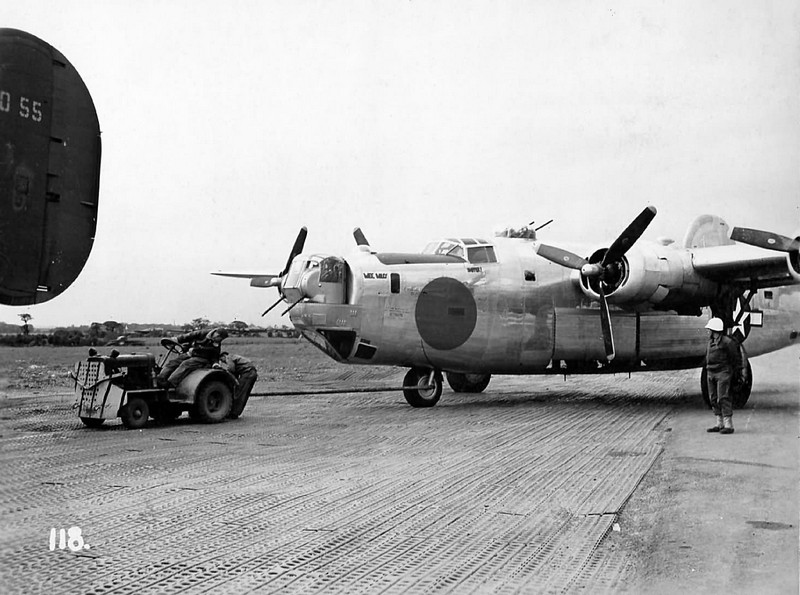 August 14 1944
Ships of every description from tiny
observation planes to Thunderbolts,
Fortresses and Liberators, fast fighters
and huge transports climb and dive at this
base which sees the heaviest air traffic
in the world.
We have been writing about this depot
located in Northern England for several
days because there isn't any other place
where more is being done to win this war
right here.
We just can't seem to stop thinking and
talking about the Air Force soldiers -men
bent over mortars, damaged plane bodies
and tail assemblies-who, without all the
fanfare of shining buttons and knobby
uniforms, keep the planes in the air.
We have always known that for every
''hot'' pilot there must be 21 of these
unsung heroes on the ground working
frantically to keep him hot but never
until now have we seen their reasons.
With Lieut D S Roper, assistant to Lt Col
William Arnold, the maintenance chief, we
have been privileged to see things during
the past few days that must be kept a dark
secret until the final chapter of this war
is completed.
There will be a day when all America will
gasp at some of the things that have been
done and are being done every day at this
depot. There is one ASC depot that is
called the ''Willow run of the European
theatre operations'' we have seen it and
it has its own GI operated railroad with
three king size engines and all the
necessary equipment.
During our inspection, we saw everything
that can be manufactured for an aeroplane
either made or being made. Even rubber
Lifebelts, life- rafts, parachutes,
flares, water containers and some clothing
needs are among the more than 200,000
items of aircraft supplied and handled
through an aircraft base depot.
Some time ago this base put a number of
cracked up Fortresses back into the air in
nine weeks. A few have in lately that were
pretty damaged. We looked a little
perplexed as the Colonel explained that
''those ships will be back on the line
soon''.
Then we were reminded that the ''Dotty
j'', which made an emergency landing some
time ago was brought into this depot to be
condemned. It had 389 bullet and flak
holes in the fuselage and tail. It came
into the depot on two engines and none of
the crew expected it could be repaired.
It was repaired, turned over to a mobile
unit and put back into flying condition.
Before I report on some more Maine boys I
found at this depot I want to speak for
one order that was received here just
before D-Day that shows how this unit
operates.
Not more than a week before D-Day, the
base received orders for 80,000 paint
brushes and 37,000 gallons of black and
white paint.
This meant some hustling around, there was
no time to contact America.Every source
was checked, one British firm was able to
furnish a good part of the order and then
the balance was gathered up here, there
and everywhere, the order was filled.
As a result, every American airplane used
in the invasion on D-Day had a new and
easily distinguishable black and white
marking on the belly and wings of the
aircraft.
This was to aid our own troops in
identification.
B.R.D. Airframe Erection Workshop
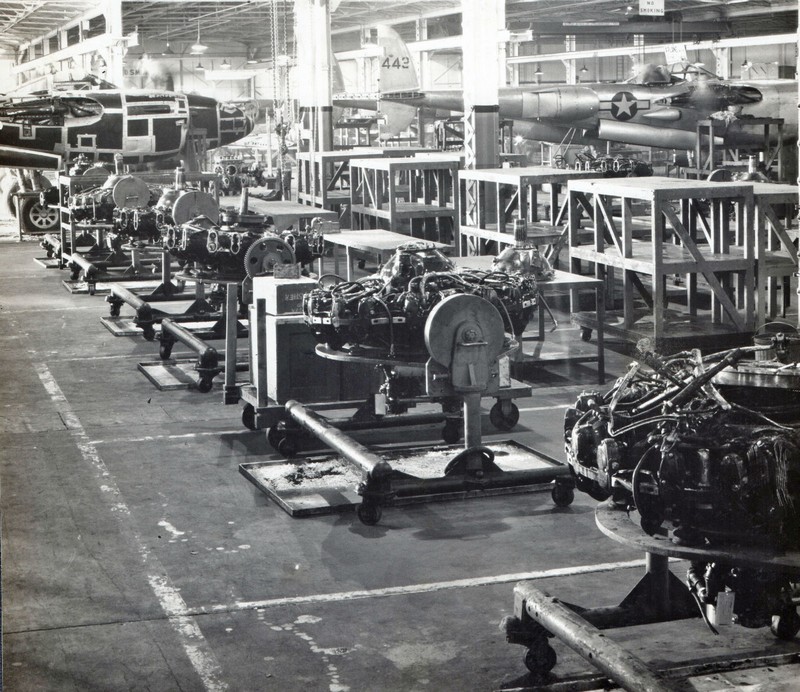 August 15, 1944
After seeing from the air and ground the
greatest Air service Command Depot in the
world and writing several articles on it
and its personnel, I shook hands with a
Bangor boy, Charles F Guild Jr, bade
goodbye to him and a public relations
officer who had accompanied me to the
airplane stepped into a giant C-47 and was
on my way.
In the few days that I have been here, I
have seen new inventions - some already in
operation, others still a mystery not only
to our enemies but also to our own people
- the new radio devices, the latest
modifications in bombers and fighters and
I have given a birdseye view of Great
Britain turned into a veritable fortress
of air- power with the largest American
contingent, as Mr Churchill himself
revealed some time ago - being American.
As I take off I am thinking of an
expression I heard while at the depot
''The impossible things we do quickly, the
miracles take a little longer''.
No words tell more nearly the story of
what General Ott, Lt Col Arnold and their
corps of assistants and workers are doing
at the Base Air Depot of the Air Service
Command.
B17 5,000 grand at Boeings plant 2 in
Seattle Washington
B17 5,000 grand at Boeings plant 2 in
Seattle Washington seen here during ww2
surrounded by her builders, riveters, and
designers. The aircraft was signed inside
and out by the names of Boeings workers.
This plane was built at Boeings Seattle
Plant 2 the 5,000th B-17
Flying Fortress bomber to be built by
Boeing
during WWII and named "5 Grand.
To commemorate it, all the workers who
worked
on it being built wrote their names on it!
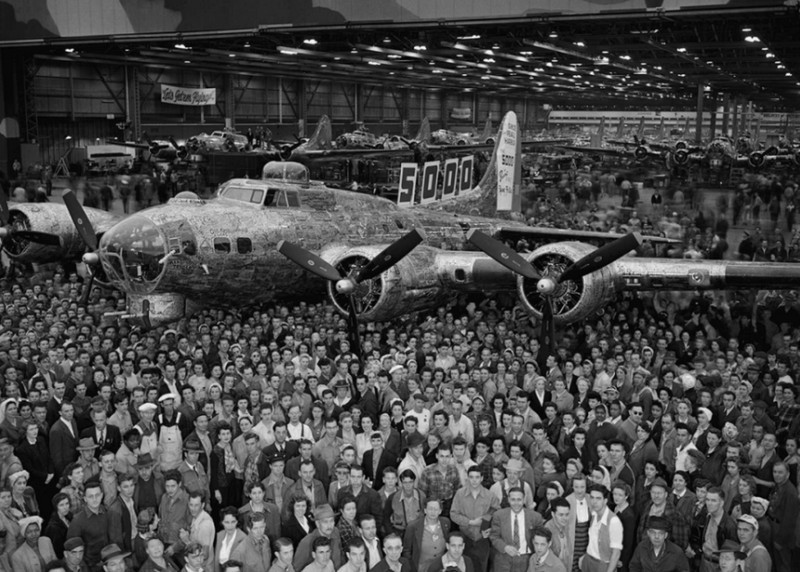
Boeing B-17 Flying Fortress Serial Number
40-37716 called
5 Grandon a test flight over Burtonwood
during ww2
It came to Burtonwood as one of over
4,000 received there
for operations in Europe between 1942 and
late 1945.
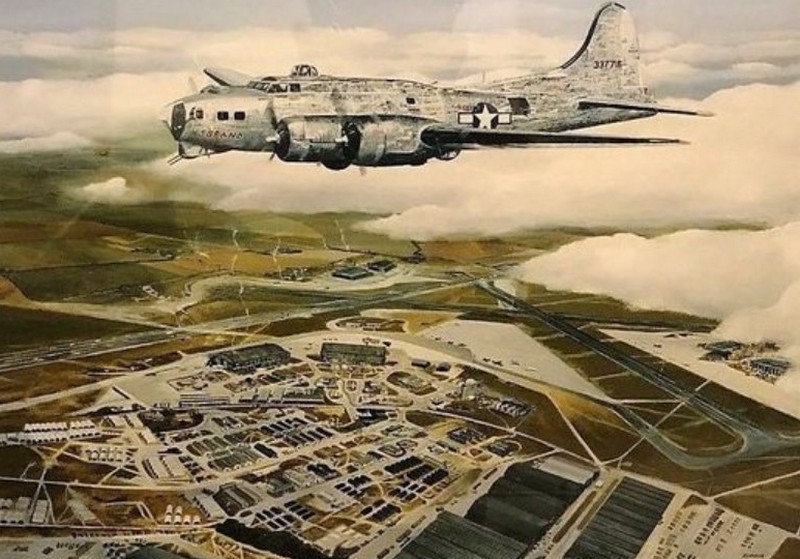
It saw action with a squadron, then
returned to the States
and toured a short time before being
stored, hoping
to be sold, but it was not and was
unceremoniously
scrapped in about 1948.
The Badge of the
8th Air Force WW2
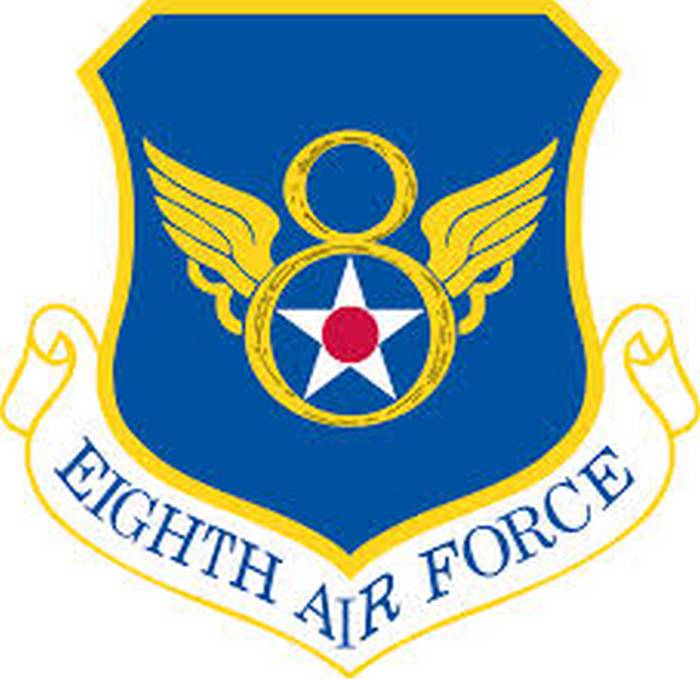
The Emblem (Roundal)
of The Royal Air Force
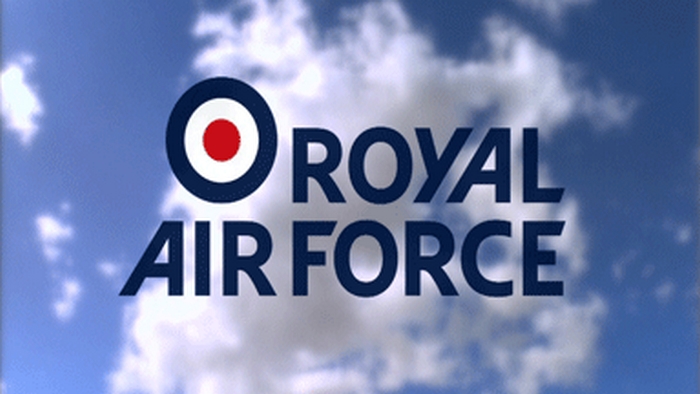
Burtonwood Airfield 2 miles west of the
town of Warrington was ideally suited
being nearby to the industries of
Manchester and Warrington & also close
to Liverpool docks and the main line
railway.
The site was selected in 1938 as a
decision made in 1936 to build aircraft
repair depots (ARD) with engine repair
depots in the expansion periods inner war
Years.
Building work began in 1938 with no 37
maintenance unit Royal Air Force moving in
on the 1st of April 1940. On the 11th of
June 1942 USAAF arrived. The USAAF were
handed complete control of the air depot.
Work began on the construction of 6 large
warehouse workshops with a total of
734,000 square feet of floor space.
Work also began on an additional aircraft
parking apron at a cost of approximately
$2,000,000.
By 1944 18,500 US personnel were
stationed on Burtonwood being the largest
USAAF base in Europe. The airfield was now
known as 8th USAAF base air depot 1 (BAD1)
station 590, although an RAF presence
continued until 1943.
BAD1 became the centre for flight
testing, overhaul, modification and repair
of all USAAF aircraft in Europe in World
War 2.
30,386 aircraft engines were overhauled
and over 11,500 aircraft processed between
1943 and 1945.
Celebrities to visit the base were film
actor James Cagney, Bing Crosby, Bob Hope,
Vera Lynn and Glenn Miller.
By April 1945 the base contained:
2.5 miles of runway
3.5 miles of perimeter track
4.05 miles of railway track
18 miles of roadway
1,823 buildings (total area of the
buildings and all that is listed above =
1,253 acres)
4,006, 852 square feet of covered
facilities for supply and storage,
workshops and technical operations
7,096,181 square feet of open facilities
Total value = $50,000,000
Living site accommodation for 18,063
personnel. By 1958 the base motor pool
carried 25,000,000 passengers covering
11,000,000 miles, 23,381,200 gallons of
petrol was consumed.
6,500 American's married English girls.
The base at this time contained:
13 hangars
22 warehouses
1,054 nissan huts
18 miles of surface roadway covering an
area of 3,535,990 square feet, 16.85 miles
of fencing, with a total acres of 1,471
and 3,940,740 square feet of aircraft
parking apron.
The airfield had the standard 3 runway
RAF Layout.
Runway 04/22 4,200 feet long
Runway 15/33 4,248 feet long
Runway 09/27 5,280 feet long and
was later (in January 1953) extended to
9,000 feet by 250 feet wide by the USAF
3 x control towers were built.
The first was on Mary Ann Site and was a
fort type built of concrete to AM (Air
Ministry) drawing number 207/36. This
tower was demolished due to bad visibility
of the main runway and the 2nd to be built
was 'watch office' for all commands and
was built to AM drawing number 12779/41
with small windows to 15371/41 to the main
runway at techsite.
The 3rd control tower was the 80 feet
high USAF tower next to the 'J' type
hangar on tech site built in 1953.
Airfield Hangar Sites.
The airfield had 5 main hangar sites.
Mary Ann Site had 3 'C' type hangars and
2 large storage workshops.
Technical Site had 1 'J' type and 1 'K'
type hangars.
'G' Site had 3 'L' type hangars, 3
bellman hangars and 2 storage workshops.
'E' Site had 3 'L' type hangars.
'A' Site had 2 'K' type hangars.
Also, 20 'robin hangars' were dispersed
around the airfield.
BRD Site (Burtonwood Repair Depot)
A factory site was also built off
Burtonwood Road and was known as BRD Site.
It was erected in 1939 and occupied in
1940 under the control of the air ministry
(NOT the RAF).
It was later taken over by the ministry
of aircraft production (MAP) and in 1942
transferred to the USAAF.
Living Quarters
On site living quarters were constructed
on 6 sites built from the 1st of November
to the 31st of December 1943.
The buildings were mostly nissen and
gerrard type huts and temporary brick
rendered finish. Also, additional off site
living quarters were taken over at Bruce
Hall & Canada Hall east of Warrington.
The Americans were taken to and from
Burtonwood in military trucks each day.
After WW2 Bruce Hall & Canada Hall
were never required again by the military.
Bruce Hall became a police training
college and Canada Hall became the site of
Padgate teachers training college.
Post World War 2 Scotia North, and ex
Royal Navy camp at Lowton near Leigh was
opened in September 1950 to provide
additional accommodation for servicemen
and their dependants.
Also another ex Royal Naval camp was
taken over by the RAF called RAF Croft at
Lady Lane near Warrington. The site became
tenanted by the USAF in 1955 as a
processing point for military personnel
when Burtonwood was assigned the
additional function of Military Air
Transport Services (MATS) terminal for
passenger flights between the United
States and the United Kingdom.
United States Army Air Force units
assigned to Burtonwood during WW2
Satellite Stations & Associated
Bases (To Burtonwood) in WW2
As well as the 8th army air force,
Burtonwood was also responsible for the
support of the 9th, 12th and 15th army air
forces in WW2. 18,500 personnel worked on
the base and an additional 37,545
personnel worked on sub sites, depots,
satellite stations and associated bases
throughout the United Kingdom for which
BAD1 Burtonwood was responsible for.
Al these sub sites had unit code names,
but these were normally used for
telecommunications only. However, each
United States Army Air Force location was
identified by a station number. These
stations are listed in the list below:
|
Army Air
Forces Station Number
Assigned.
|
The Official
Name of The Installation.
|
Location of
County.
|
Principal
Unit(s) Assigned To The
Installation. |
|
127
|
Little
Staughton
|
Bedfordshire
|
Advanced Air
Depot For 1st Bomb Wing
|
| 158 |
Sudbury |
Staffordshire |
Signal Storage
Depot |
| 169 |
Stansted |
Essex |
Detachment 'K'
Supply Division Tactical Air
Depot |
| 237 |
Greencastle |
County Down
Northern Ireland |
496 Fighter
Group, 12 Combat Crew
Replacement Centre |
| 362 |
Ford |
Sussex |
2 - Detachment
14 Fighter Group |
| 375 |
Honington |
Suffolk |
Advanced Depot |
| 446 |
Taunton |
Somerset |
Detachment
Ordnance Supply Division Base
Air Depot 1 - Supply Depot |
| 473 |
Bristol |
Gloucestershire
(in WW2) |
1512 Quarter
Masters Truck Battalion |
| 502 |
Tostock Park |
Suffolk |
1516 Quarter
Masters Truck Battalion Combat
Support Wing |
| 513 |
Liverpool
Docks, Kirby House, Silcocks
Warehouse |
Lancashire (in
WW2) |
Port Intransit,
Depot 1, Base Air Depot Area
(BADA) |
| 514 |
Kirkby |
Lancashire (in
WW2) |
Warehouse Site,
Port Intransit, Depot 2, Base
Air Depot Area (BADA) |
| 515 |
Warley Common |
Gloucestershire |
Port Transit
Depot 3. Base Air Depot Area
(BADA) |
| 516 |
St Mellons |
Monmouthsire
Wales |
Port Transit
Depot 4. Base Air Depot Area
(BADA) |
| 517 |
Barnham (Little
Heath Site) |
Suffolk |
754 Chemical
Depot Company (Aviation). 765
Chemical Depot Company
(Aviation). |
| 520 |
Melton Mowbray |
Leicestershire |
1720 Ordnance
Munition Company. 1961 Ordnance
Depot Company. 1962 Ordnance
Depot Company. V111 Air Force
Service Command. |
| 521 |
Braybrooke |
Northamptonshire |
2107 Ordnance
Battalion Aviation |
| 522 |
Smethwick |
Staffordshire |
892 Signal
Depot Company. 908 Signal
Company. Signal Supply Base
Depot 1 |
| 524 |
Southport
(Sunnyside Hotel) |
Lancashire |
8 (BADA 1) Base
Air Depot Area. |
| 526 |
Bures |
Essex |
2108 Ordnance
Ammunition Battalion Aviation
Special |
| 527 |
Leicester |
Leicestershire |
Detachment -
892 Signal Depot Company |
| 530 |
Haydock Park |
Lancashire |
Base Air Depot
Area - Combat Support Wing -
Detachment L Supply Division. |
| 541 |
Risley |
Bedfordshire |
756 Chemical
Depot - 763 Chemical Depot. V111
Air Force Service Command. |
| 545 |
Earsham |
Norfolk |
1916 Ordnance
Ammunition Company Aviation.
2217 Quarter Master Truck
Company Aviation. |
| 549 |
Nascot Lodge
Watford |
Hertfordshire |
Headquarters
Combat Support Wing Provisional.
1584 Quartermasters Battalion
Mobile Aviation. |
| 550 |
William Strip
Park |
Gloucestershire |
2106 Ordnance
Ammunition Battalion. |
| 552 |
Huyton |
Lancashire
(WW2) |
1511
Quartermasters Truck Regiment -
Air Service Command. |
| 564 |
Egginton |
Derbyshire |
Headquarters
1519 Quarter Masters Battalion
Mobile Aviation. |
| 571 |
Poynton |
Cheshire |
Station
Compliment Squadron - 2189
Quarter Masters Truck Company
Aviation - 304 Gas Defence
Attachment. |
| 572 |
Melchbourne
Park |
Bedfordshire |
Ordnance Auto
Motive Depot - Base Air Depot
Area. |
| 581 |
Wortley |
Yorkshire |
1912 Ordnance
Ammunition Company - 2002
Ordnance Ammunition Company. |
| 582 |
Warton |
Lancashire |
Base Air Depot
2 (BAD 2) |
| 583 |
Sharnbrook |
Bedfordshire |
2107 Ordnance
Ammunition Battalion |
| 587 |
Barnham (Warren
Woods Site) |
Suffolk |
2106 Ordnance
Battalion Aviation - V111 Air
Force Service Command |
| 590 |
Burtonwood |
Lancashire |
Main
Headquarters Base Air Depot 1
(BAD1) |
| 592 |
Groveley Wood |
Wiltshire |
1925 - 1927 -
and 1929 Ordnance Company
Aviation - Combat Wing |
| 597 |
Langford Lodge |
County Antrim
Northern Ireland |
Base Air Depot
3 (BAD 3) |
| 802 |
Baverstock
(Dinton) |
Wiltshire |
Base Air Depot
4 (BAD 4) |
| 375 |
Honington |
Suffolk |
Advanced Depot |
| ---------- |
Aintree |
Lancashire |
Detachment A,
1960 Ordnance Depot Company
Aviation - Base Air Depot Area. |
| ---------- |
Cardiff Docks |
Glamorgan |
Detachment D,
Supply Division. |
| ---------- |
Barry Docks |
Glamorgan |
Detachment
Supply Division. |
| ---------- |
Glasgow Docks |
Scotland |
Army Air Force
Detachment G Maintenance
Division - Detachment N Supply
Division. |
| ---------- |
St Morgan |
Cornwall |
Detachment N
Supply Division |
After WW2
After the defeat of Germany the USAAF
started to clear the air base up ready to
hand it back over to the RAF. The USAAF
decided it would be cheaper to scrap all
aircraft and spares on site rather than
ship it all back to the United States.
Aircraft flew from bases all over the
United Kingdom into Burtonwood to be
scrapped in this way. This work was so big
of a job that the USAAF were still at
Burtonwood in 1946.
A cold grey misty day at RAF Burtonwood
at the end of the war in Europe.
B-17s awaiting scrapping photo.
B-17s being broken up for scrap.
The hangars and warehouses contained
16,187 tons of stock valued at
$120,000,000 which was handed over to the
British. On the the 25th of May 1946 BAD1
AAF Station 590 was the last airfield in
the UK to be handed over to the RAF.
The Americans had left but would be back
within 2 years.
In January 1946 No. 276 RAF Maintenance
unit was formed even though the Americans
cleaning up parties were still there.
Brigadier General Robert C Oliver became
the RAF Burtonwood USAF Base Commander
between January 1950 to June 1953.
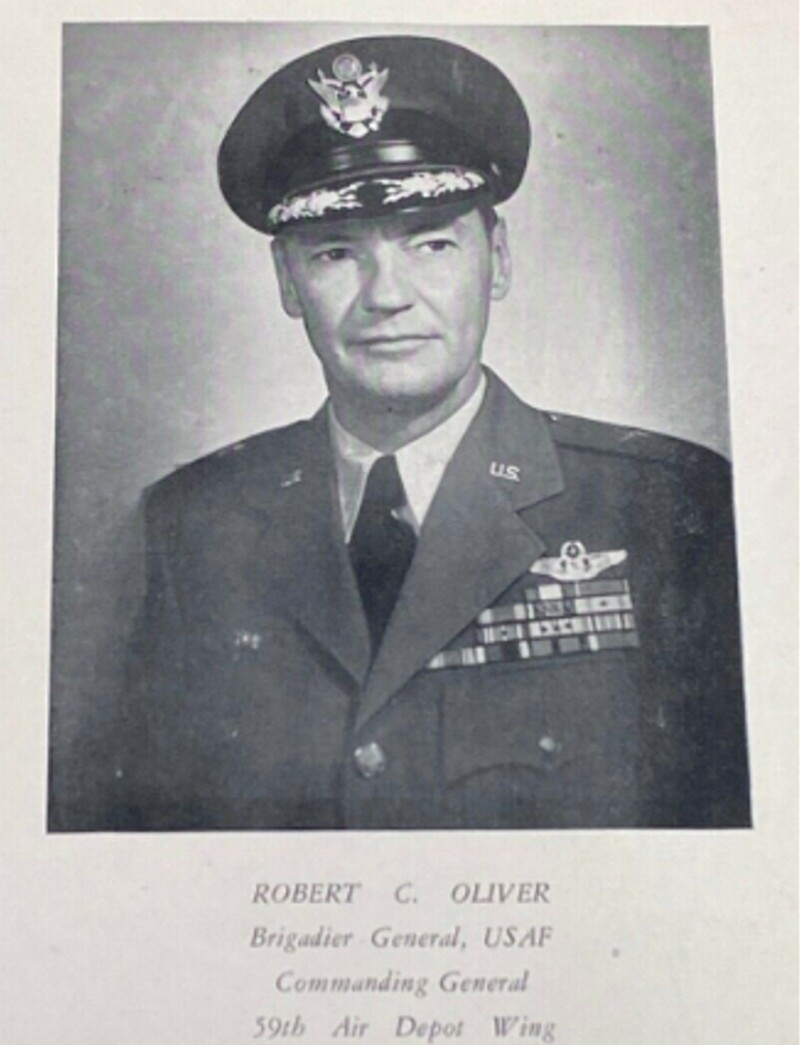
Prince Philip accompanied by the
Burtonwood
base commander Brigadier General Robert
Oliver on a visit to RAF Burtonwood
in the early 1950s.



Sixsmiths farm later
Known as Tinker Hall

Recreation sports field during the 1950s.
In the left background is the site
8 header
house and in the right background
with the water tower is site 2.

Ellen McNabbs farther is on the left
They are standing in front of one of the
workshop warehouses at G-site or
Mary Ann Site during world war 2
Photo credit to Ellen Mc Nabbs

Ministry Of Defence
police at a roadblock

A 20s waiting to be scrapped at
Burtonwood at the end of world war 2

The woman and man-eating are US
Women's Army Corps Cpl Jeannie
Lumpkin and an unknown
American soldier in 1943
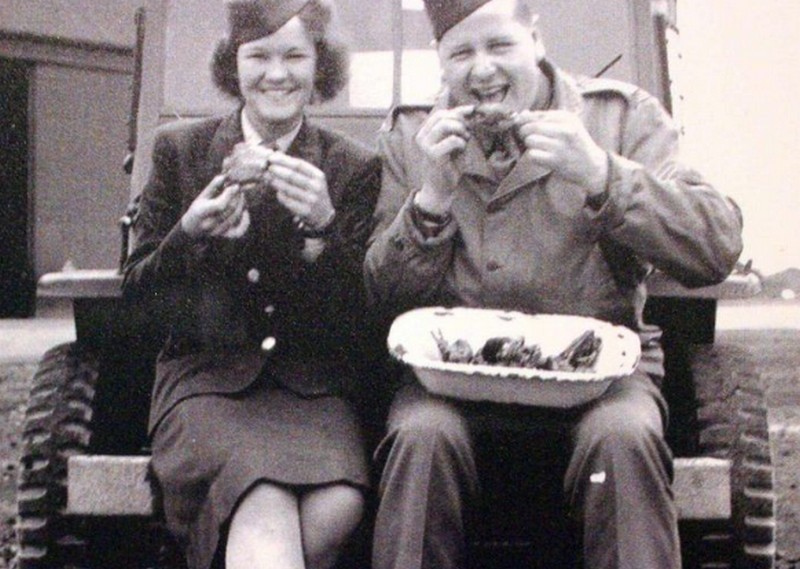
RAF Burtonwood Plaque Displayed
at Warrington Town Hall.

The plaque was presented to the people of
Warrington on
August the 18th 1945 to acknowledge the
friendship
and hospitality to United States Military
Personnel during WWII
Burtonwood GI outside Burtons
market gate Warrington
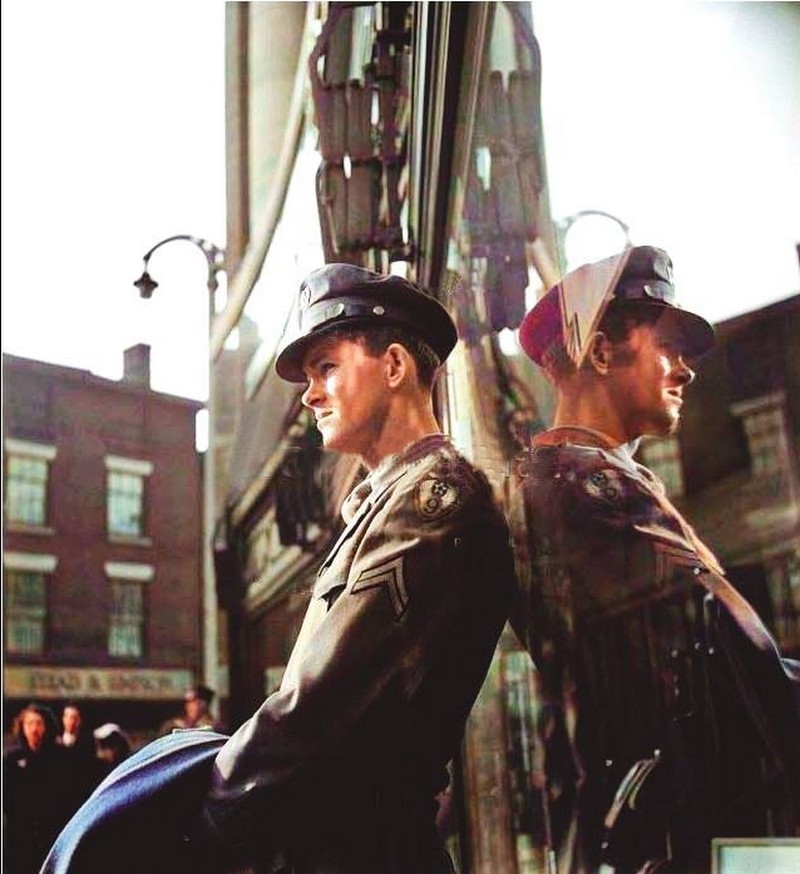
Burtonwood Bridge Street
Seven Stars Pub on right
GI's outside about 1948/49
(by ray corcoran)
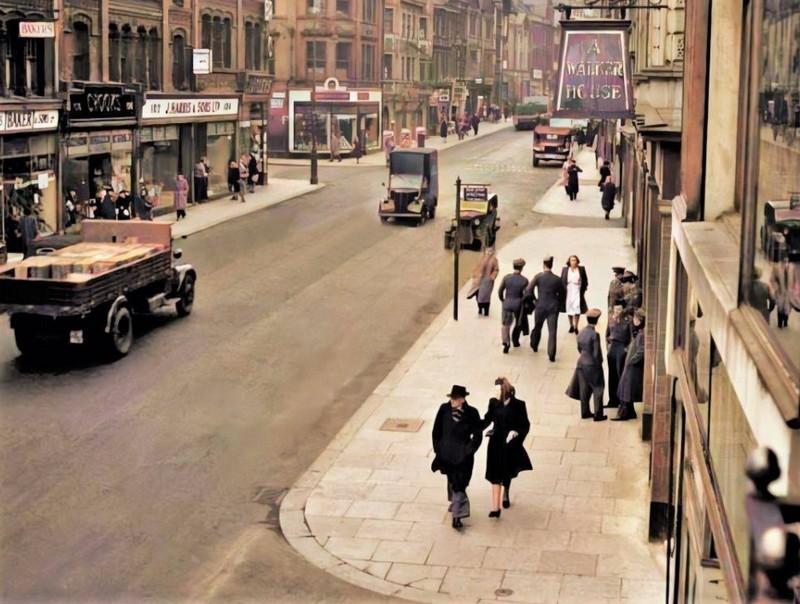

United States Air Force Vehicles from
Burtonwood
Air Depot in Warrington town center during
1949

American Air Force serviceman From
Burtonwood
Air Depot with his children crossing
Horsmarket
Street in Warrington town center
during 1949.

Off duty American Air Force servicemen
From
Burtonwood Air Depot at the top of bridge
street Warrington town center during 1949.

Going back to the 1950s when the
Americans
from RAF Burtonwood took part in the
Warrington Walking days.
This brilliant picture is from
Iris Graham, nee Finn.
She remembers when the Americans based
at the Burtonwood airbase walked with
worshippers from Sacred Heart.

Ten servicemen are pictured with ten
teenagers
from the church on the Town Hall lawn.
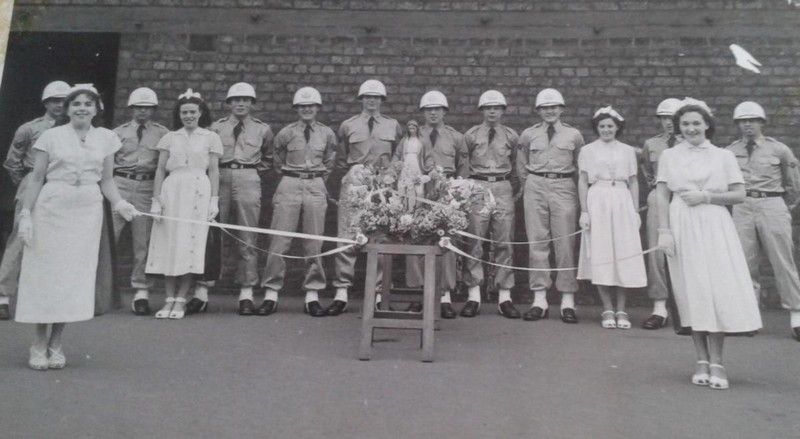
American servicemen getting ready
for the Warrington walking day.
Seen here behind the church in
the schoolyard with the Sacred
Heart worshippers in 1952
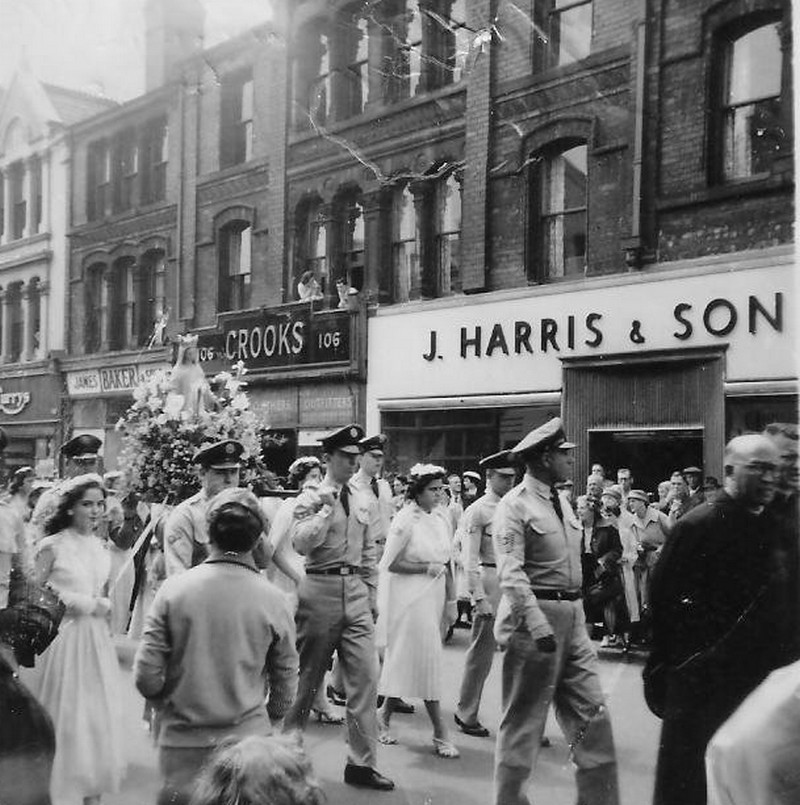
American servicemen from RAF Burtonwood
taking part in the Warrington walking day
in bridge street with Sacred Heart Church.

One of the girls from Sacred heart worked
at
RAF Burtonwood and was asked to have
some work completed for the
Friday- the walking day.
She explained that she couldn't be in that
day because she'd be carrying the Statue
with a bunch of other girls on the walking
day.
The Sergeant was so put out at the
idea of young ladies
carrying a statue around town, that on
the walking
day a dozen or more of the American
Boys arrived
at Sacred Heart to save the girls having
to carry it.
This became the tradition of 'The Yanks'
(as they were fondly called in Warrington)
to carry the statue on walking day.
Photo from Lynn Pickersgill of some of
the
servicemen taking part in Warrington
Walking Day.
It shows her mum Winifred and her sister
Eileen
Laff outside the town hall golden gates in
1952.
They were walking with Sacred Heart and
were joined by members of the forces.
It is believed the servicemen had a
chance
encounter with the priest at Sacred Heart
who explained about the history of
Warrington Walking Day and the
Americans asked if they could join.
American Soldiers from RAF Burtonwood at
the
town walking day with St Albans in 1975.
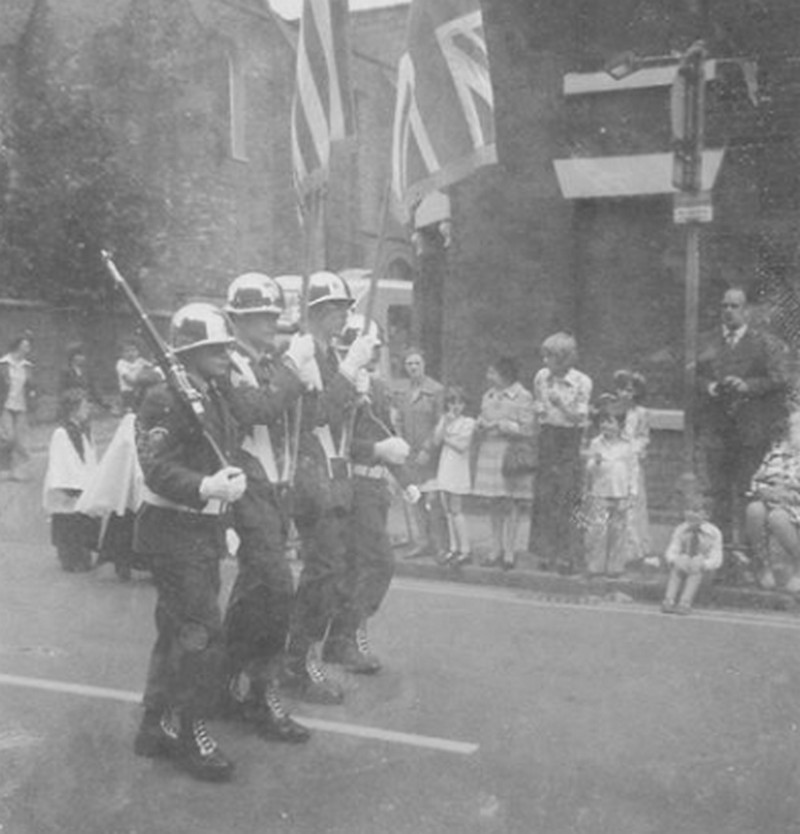
Berlin Airlift
 During the cold war, the Soviets union
blocked the western allies railway, road,
and canal access to the sectors of Berlin
under Western control stoping supplies
reaching the people of West Berlin.
RAF Burtonwood played an essential part in
the Berlin airlift by carrying out
200-hour maintenance checks on 2 engined
C-47s but mostly on C-54 Skymaster 4
engined transport aircraft of the USAF.
The Airlift flights started on 26 June
1948 and continued until September 1949.
The transport aircraft supplied over two
million people of West Berlin with fuel,
water, medicine, clothing, and food.
Allied aircraft took off or landed in west
Berlin evry 30 Seconds, US aircrews made
more than 189,000 flights totaling nearly
600, 000 Flying hours C-54 s alone
exceeding 92 million miles
By the end of the airlift, the transport
aircraft had flown 300,000 flights and
delivered 2,300, 000 tons of supplies, as
you can see this is why the 200-hour
maintenance checks were so important.
1,571 Aircraft were processed at
Burtonwood in the 18 month period totaling
over 147,000 man hours.
When they arrived they went to Station 1,
Receipt and Delivery. Here all loose
equipment was removed and all radio
equipment. Station 2 was the K type
hangars on 'A' Site used as the wash rack
for internal and external cleaning.
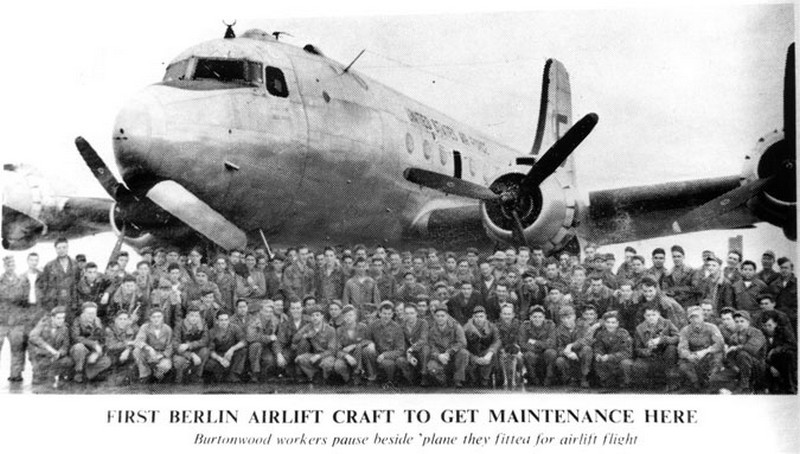 Then they moved to the C types on
Mary Ann Site and hangars J & K on
Tech Site. This was known as Station 3.
This was a pre-inspection shakedown,
engine run-up, all systems pressure
checked, oil drained, engine inspection,
compression checked, engine repair,
aircraft general, control cables, rigging,
spark plus, electric systems. fuel system,
hydraulic system, instruments and prop
maintenance, undercarriage and tyre check.
If engine replacement needed, done here.
Station 4 was a flight test or operation
ramp servicing and engine run-up. Station
5 was the actual test flight and hand over
to the crew to fly it back to Germany.
The USAF maintenance crews at Burtonwood
during the Berlin airlift lived up to
there name as the 8th airforce did during
ww2 before them, with the MOTTO, KEEP EM
FLYING.
Flight maintenance chart
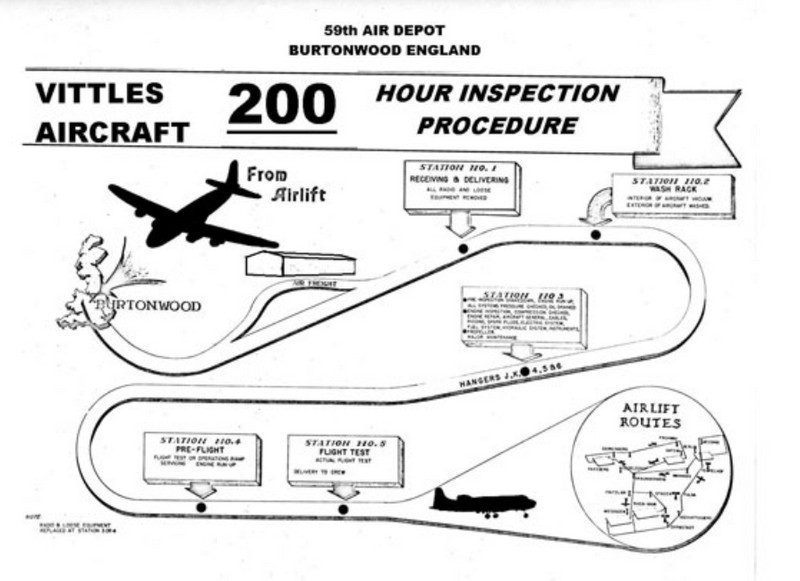
Tonnage lifted to Berlin by British
aircraft: RAF aircraft: 394,509 tons Civil
aircraft: 147,727 tons TOTAL: 542,236 tons
Tonnage lifted to Berlin by USAF
aircraft: 1,783,572.7 tons
Total combined British and American
airlift tonnage: 2,325,508.7 tons
Tonnage by type:
Type British American
Food 241,712.9 tons 296,303.1
tons
Coal 164,799.7 tons 1421,729.6 tons
Military 18,239.1 tons -
Liquid fuel 92,282.4 tons 54,540 tons
Miscellaneous 25,201.9
tons -
British tonnage exported from Berlin:
35,843.1 tons
Passengers lifted to and from Berlin:
Nationality To From
British 36,281 131,436
American 24,216 36,584
Total 60,434 165,020
Highest daily combined British and
American tonnage: 12,940.9 tons on 16
April 1949
Highest daily British tonnage:
2,314.5 tons on 5 July 1949
Highest daily RAF tonnage: 1,735.6
tons on 17 August 1948
Highest daily British civil tonnage:
1,009.6 tons on 22 May 1949
British aircraft consumed over 35
million gallons of aviation fuel, flew
more than 30 million miles and spent
more than 200,000 hours in the air
flying to and from Berlin.
Original photo of one of the C-54
Skymasters engaged in the Berlin
airlift.
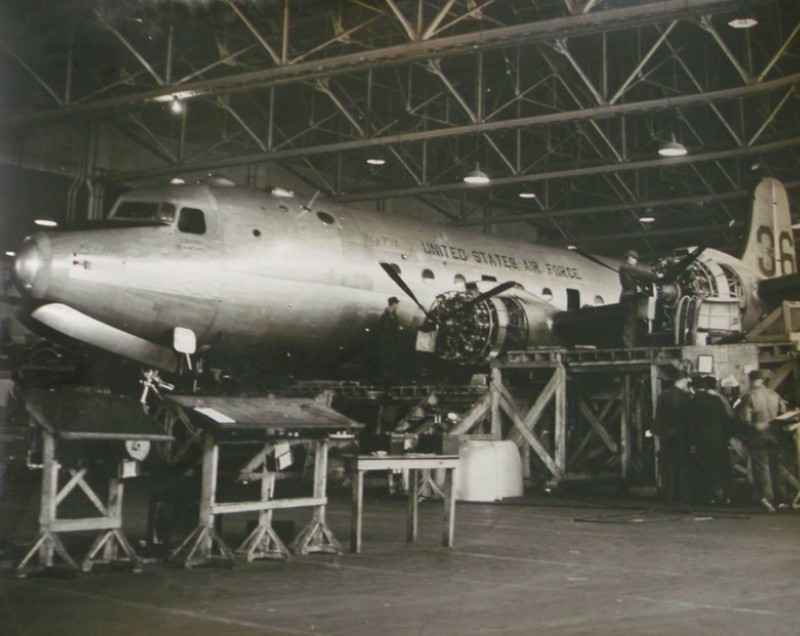
The photo was taken at the United
States Air Force Base Burtonwood
Warrington England.
On the back of the photo, it says:
"taken off from Tempelhof Berlin on the
6/5/ 1949 and landed at Burtonwood 2 and
a half hours ago for the 200-hour
inspection and maintenance procedure
then was stripped and checked within 72
hours ready to fly again."
The photo was taken just 2 and a half
hours into the strip down.
The airlift was not without its
fatalities 101were recorded killed
including 31 Americans during the
operation mostly due to crashes.
One such crash happened on the 7th of
January 1949 when C-54 Skymaster 45-543 of
the14th TCS,61st, TCG, of the united
states airforce, crashed at stake house
fell in the forest of Bowland near
Garstang.
The aircraft had taken off at 13.12 hours
from the Rhein-main airforce base near
Frankfurt, Germany en route to Burtonwood
for its 200-hour scheduled maintenance
service.
The aircraft was having poor radio
communication and encounter poor weather
conditions over the north of England, with
low cloud and heavy rain.
The last contact with the Burtonwood
control tower was at 16.30 hours,the pilot
was flying blind estimating his position
by using his instruments.
The C-54 Skymaster drifted off its
intended course and struck the southern
face of stake house fell.
The 4 crew and 2 passengers were all
killed in the accident.
Douglas C-54 Skymaster crash,
cowlings/ firewalls parts.
Douglas C-54 Skymaster
crash, landing gear part.

Royal air force Avro Yorks in West
Germany awaiting there turn to taxi to
the end of the runway and take off photo
credit by the imperial war museum.
Main Entrance Gate 12
Burtonwood
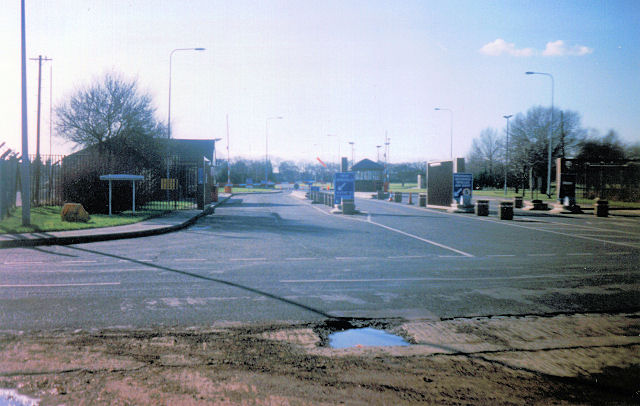
This was at Site 2
After travelling from the
USA this was the first port of call
for every US service personnel and their
families.
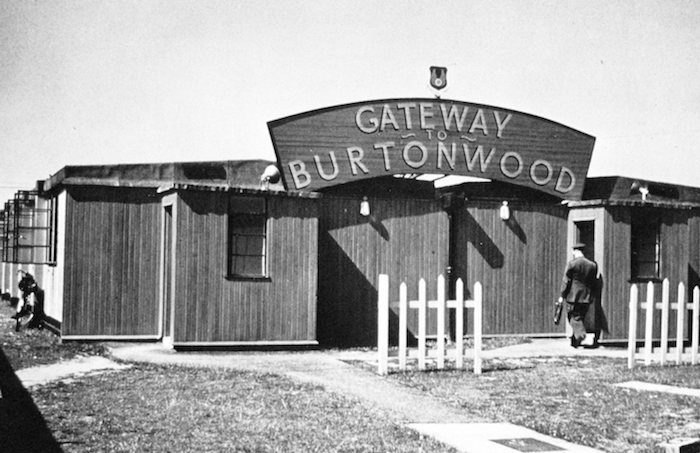
The Badge of The United
States Air Force
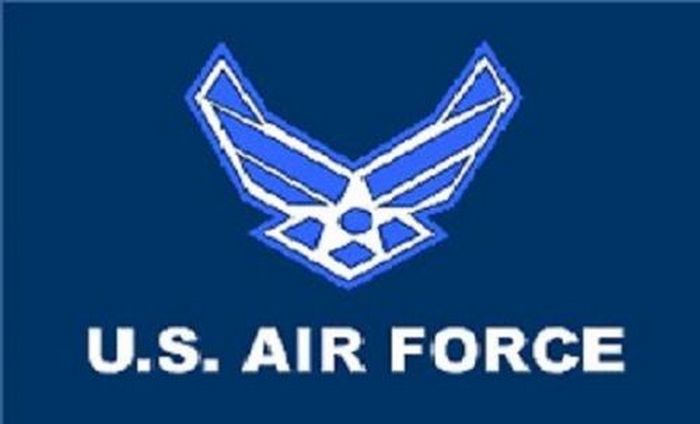
Site 1 During the USAF
occupation (NOT the USAAF)
Site 1 was situated on the
South Side of the M62 at
Burtonwood services (now demolished).
The main entrance was off
Burtonwood Road.
As you can see on the
photos below the sign shows that
this area was the dependants housing area.
Dependants in the USA call
their children dependants.
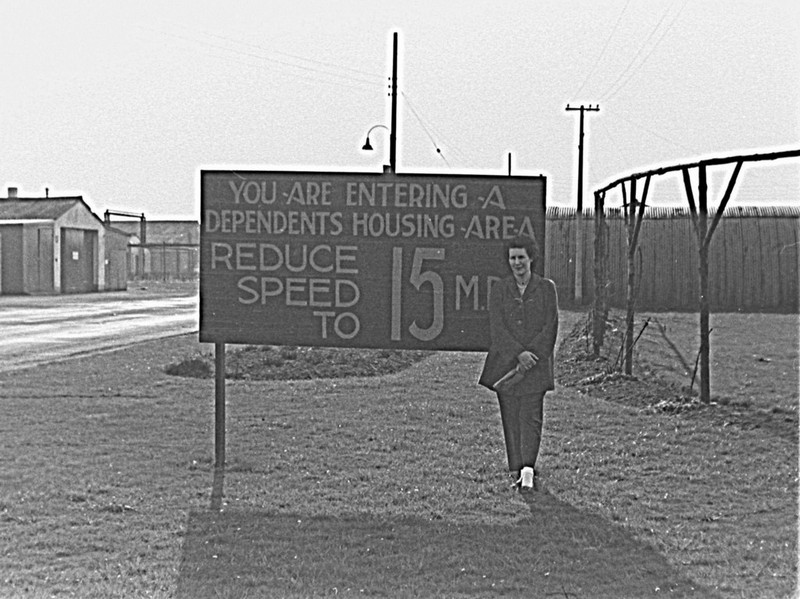
Inside One of the
Dependants Classrooms on Site 1 in the
1950's During the USAF occupation (NOT the
USAAF)
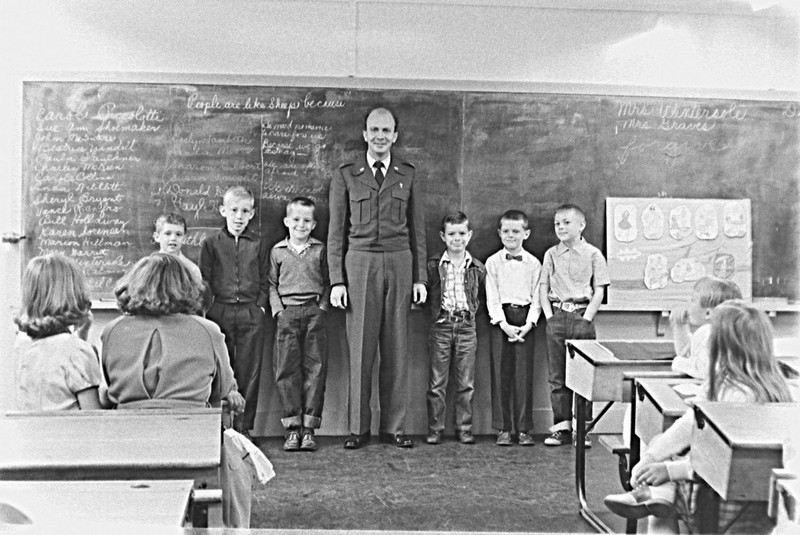
Air Forces European
Exchange Main Burtonwood
Shopping Center (Location Unknown?)
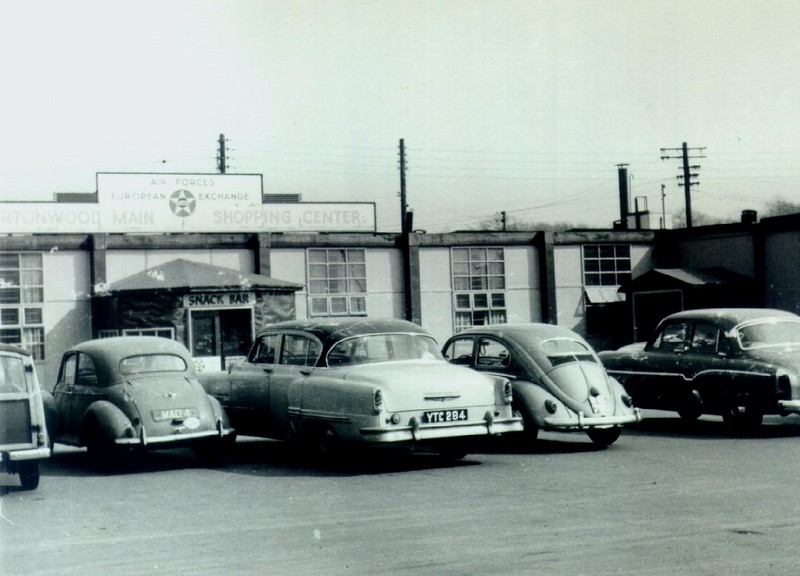
USAF Engine Technicians
Working on a Radial Engine in the 1950's.
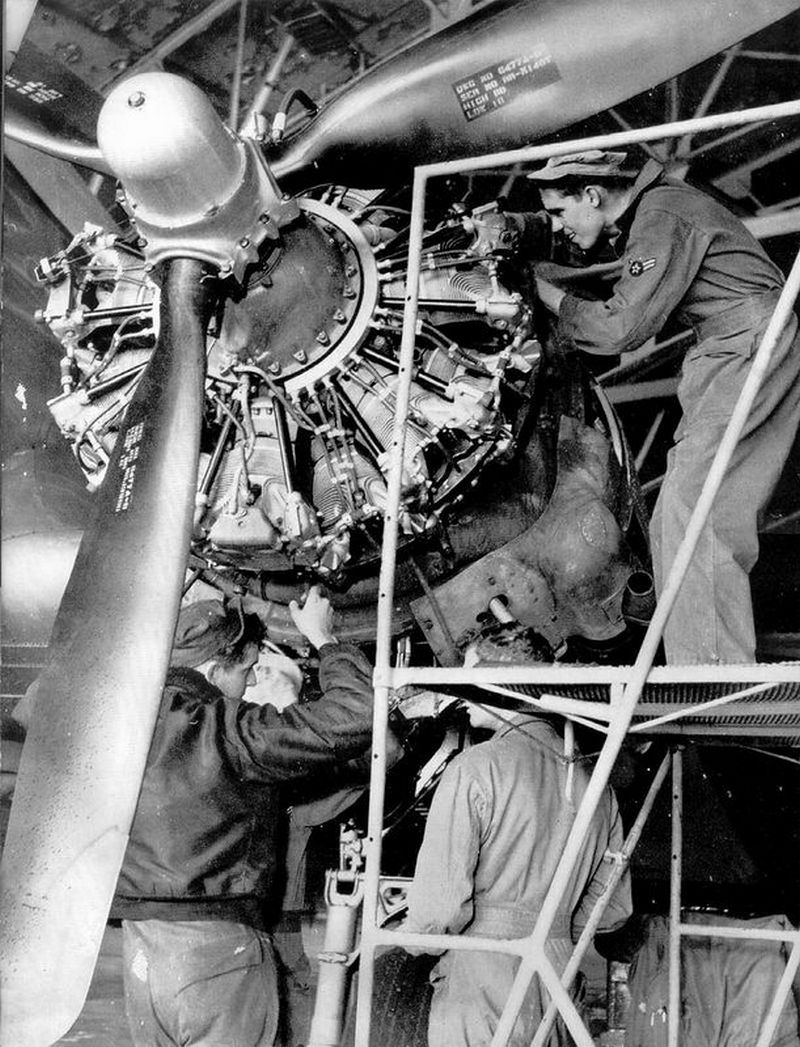
With the advent of the cold war the
Unites States Air Force (USAF) needed a
presence in Europe and Burtonwood was an
obvious choice. In 1948 the USAF took over
control of the air base in time to take
part in the overhaul and maintenance of
C54 skymasters taking part in the Berlin
airlift.
Each servicing taking over 700 man hours.
In 1949 when the soviet union backed down
over the Berlin airlift the USAF used
Burtonwood as a primary stores and
equipment base for its European
operations.
On the 1st of September 1953 the airbase
was renamed Northern Air Material Area
(NAMA) and their mission was to supply
supplies to the USAF, Navy & Army.
Also (MATS) Military Air Transport
Services were responsible for all
operations involved with flying. Further
building works were started in 1951 with
the extension to runway 09/27 the main
runway to 9,000 feet and 250 feet wide.
The 2 existing runways 22/04 and 15/33
from the WW2 days were used for parking
the WB 50 weather aircraft on and as
additional hardstandings. In 1953 an
additional apron was constructed between
the south taxi way and runway 04/22.
Also constructed was a new control tower
and passenger terminal.
North of Mary Ann Site a new crash fire
station was built next to the main runway.
On site 8 a new warehouse was constructed
in January 1953 and opened August the 16th
1954. This was to become known as header
house. The warehouse was the largest in
Europe being 1 mile long and over
3,000,000 square feet and even had its own
private railway line connected to the main
Manchester to Liverpool main line.
The total cost to build this site was
$12,000,000 and took 20 months to build.
The airbase was known as the gateway to
Europe to the American Military personnel
and their families. The base was so large
that it was nicknamed Lancashire's Detroit
and little America by the personnel
stationed there. After 10 years of
continuous building works Burtonwood was
the biggest military base outside of the
USA.
By 1959 the USAF had left Burtonwood
forever although the USAF had several
units there until 1965 and on the 18th of
June 1965 control was returned to the RAF.
The RAF built a 'V' Bomber dispersal
parking hardstanding and was located next
to the downwind end of the main runway
(runway 27).
4 'V' bombers would have been at full
readiness at the dispersals in the event
of a Nuclear War. These dispersals were
built at many airfields across the UK
& known as 'scatter bases'.
The 'V' bombers would disperse and
operate between these dispersals making
them small disperse targets.
De Gaulle had quit NATO and told the
United States to leave France. The US
Army's huge stockpiles in its stores in
France had therefore to be transferred
elsewhere, and Header house at Burtonwood
was the ideal place to transfer it to.
Burtonwood Header House
Site 8 - US Army Storage Depot
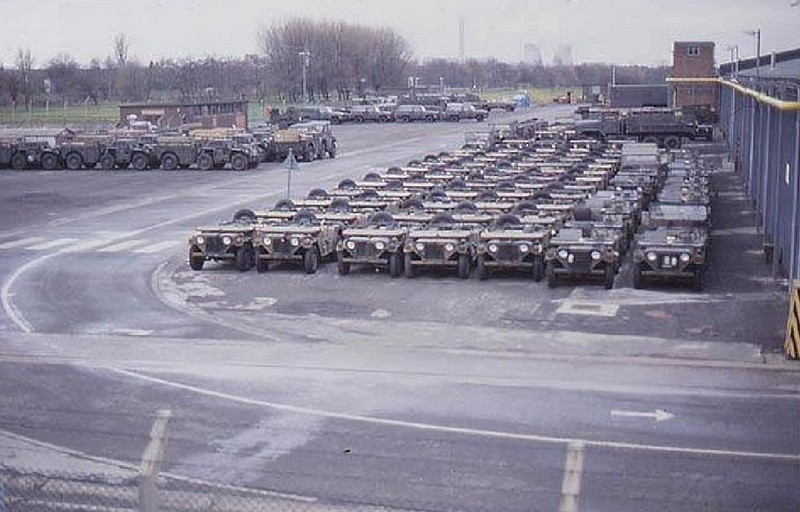
On January the 2nd 1967 the Americans
(the United States Army NOT the USAF) were
back at Burtonwood and renamed it
'Burtonwood Army Depot UK'.
On the 4th of January 1982 the depot was
again renamed HQ47 Area Support Group UK.
At the end of the cold war Burtonwoods
Army Depot UK was declared Access to NATO
requirements & was officially closed
in 1994.
The US Army had no real use for the
airfield, but at first they used 'Mary
Ann' site & 'G' site to store vehicles
and 'Tech' site to store some helicopters
there for a while, but later concentrated
on Header house at site '8'.
The last fixed wing aircraft to use the
airfield were the gliders of 635 Gliding
School Air Training Corps. The gliding
school opened in November 1959 & they
used Kirby Cadet MK3 & Sedbergh
Gliders launched by stationery winches.
The 'K' type hangar on 'Tech' site was
used to store the gliders & their
equipment.
When 'Tech' site was demolished the
gliding school was stood down on the 25th
of September 1983.
At the end of the cold war, the US Army
left Burtonwood & the Americans left
this time forever & demolition work
soon started & was completed in 2008.
635 Gliding School 1959
635 Gliding School was formed at RAF
Burtonwood for the Air Training Corps in
November of 1959.
The Gliding School used Kirby Cadet MK 3
and Sedbergh gliders launched by
stationery winches. The School was located
at the technical site of the airfield
using the K -Type hangar there to store
there Gliders and equipment there.
The last fixed-wing aircraft to use the
airfield was the Gliders of 635 Gliding
School. The Gliding School closed during
1984 after 25 years at Burtonwood and then
being relocated to BAE Samlesbury,
and stayed there for 24 years and then
being reformed at Topcliffe North
Yorkshire.
The Gliders of 635 Gliding School
were-Kirby Cadet MK 1- WE991 / Kirby Cadet
MK 3-WT870/WT871/WT872/XN199
/XN244/XN245/XN248/XE791/XE801/XA282/XA302/XA306
Sedbergh -
WB941/WB981/XM185/WT981/XN185/XN157/WB942.
Kirby Cadet at Burtonwood
(credit to Kevin Hughes for photo)
Kirby Cadet XE791 at Burtonwood
(credit to Kevin Hughes for photo)
Gliders at their launch site at RAF
Burtonwood
at the side of Mary ann site during 1977
(photo credit by kind permission of Steven
Dowds)
Sedbergh XN185 and one of the
C-type hangars can
be seen in the background at Mary ann site
at RAF Burtonwood during 1977
(photo credit by kind permission of Steven
Dowds)
Sedbergh XN185 in-flight at RAF
Burtonwood during 1977
(photo credit by kind permission of Steven
Dowds)
Sedbergh XN185 in-flight at RAF
Burtonwood during 1977
(photo credit by kind permission of Steven
Dowds)
Originally on the right of
the Road (below) a tall unclimable
fence was constructed to seperate the
communal areas from the air side.
In the background to the left of the Road
was the site of
the recreation sports ground & the
baseball pitch.
When the sports facilities became disused
they were later relocated to site 8.
In the background is the new hangar style
building
currently being used by the post office.
The building stands on the former
workshop warehouse on 'G' site

This is post WW2
Electrical & Mechanical Plynth near
Mary Ann sites

Armed Forces Public Open
Days
The United States Air Force and the Royal
Air Force held public open days at RAF
Burtonwood, with both USAF and RAF
Airframes on public display at Mary Ann
site.
The open days were held on Mary Ann site
and the aircraft were displayed on the
apron in front of the 3 'C' type hangars.
Below is a plan (from out
of the programme) of Armed
Forces Day on Mary Ann Site on the 17th of
May 1958.
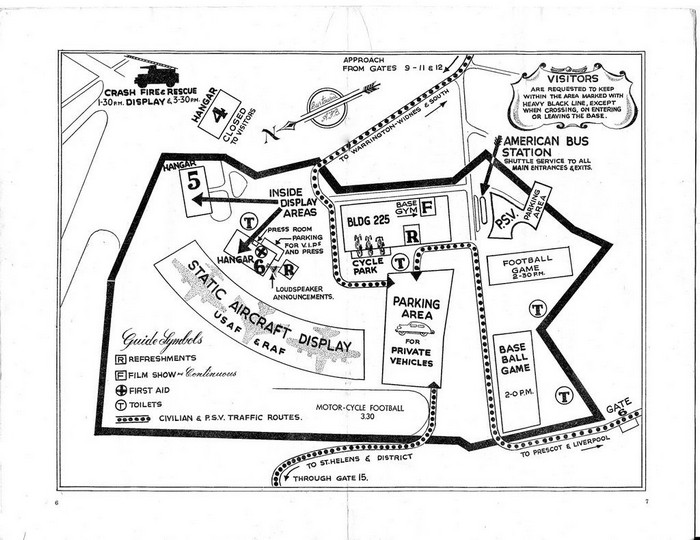
The first open day was held on the 15th
of May 1954 with a public attendance of
100,000.
Thereafter, the following open days were
held:
19th of May 1956 with an attendance of
50,000.
18th of May 1957 with an attendance of
20,000.
17th May 1958 with an attendance of over
75,000.
This was the last USAF public open day to
be held at RAF Burtonwood.
The USAF left Burtonwood in early 1959,
and the US Army arrived on the 2nd of
January 1967.
On the 20th of May 1967, the Burtonwood
US Army depot held there first public open
day.
The next US Army public open days were
held on Independence day celebrations, on
the 2nd of July 1972.
The Royal Air Force Diamond Jubilee show
was held on the 21st and the 22nd of July
1978.
The US Army's last open day was held on
Saturday the 3rd and Sunday the 4th of
July 1989.
The US Army left Burtonwood for the last
time on the 2nd of June 1993.
RAF Burtonwood public open day
during the 1950s,
Douglas C- 47D Number 43-49250, USAFon
the Mary Ann site Apron
In the background is one of the Depot
Warehouse Workshops building 225.
Each of these types of buildings was
300 feet wide and 700 feet
long with a floor area of 210,000 square
feet.
The Air Ministry Drawing Number for this
type of building is 7073/43.

Blackburn Beverly
C.1.XB268 D47 Squadron May
19 1956 on the open day at Burtonwood
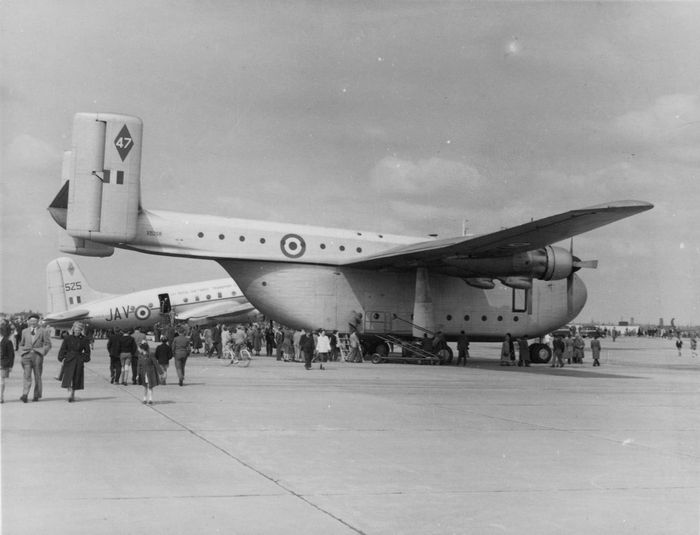
Gloucester Javelin FAW, 4,
XA731 18 sq 18 may 1957
Note: There were 3 'C'
type hangars on Mary Ann
Site & here you can see 1 of them in
the background.

FTS Vampire T.11 XK584 66
17th of May 1958 open day.
Note: In the background
you can see the crash
fire station located close to the main
runway 09/27
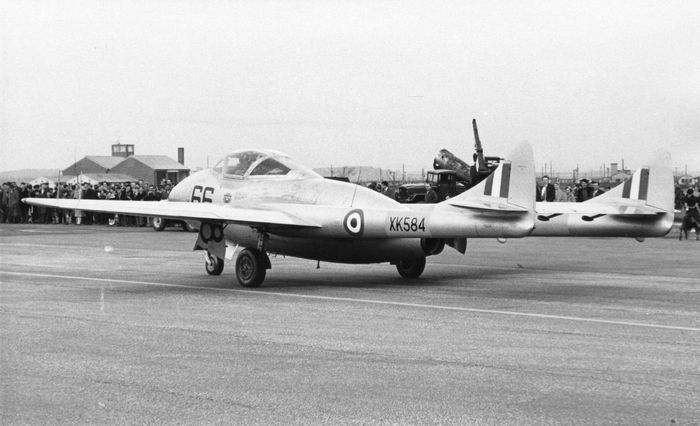
A Close up of the Crash
Fire Station Situated in Front
of Mary Ann Site Next to the Main Runway
09/27
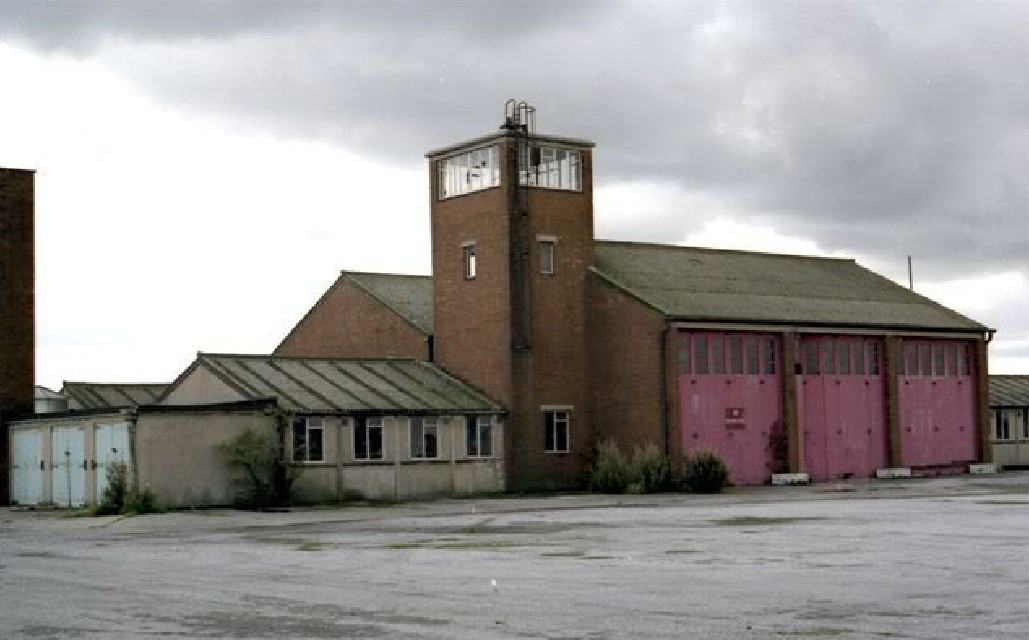
53rd Weather
Also resident at Burtonwood were the 53rd
Weather reconnaissance squadron, arriving
there in November 1953 flying their long
range Boeing B29 & WB50 Super
Fortresses collecting weather data for
military air transport services.
The 53rd WRS left in April 1959 for
re-assignment to Alconbury in Cambridge.
Boeing Super Fortress WB50
of the 53rd Weather
Reconnaissance Squadron USAF on Mary Ann
Site (1950's)
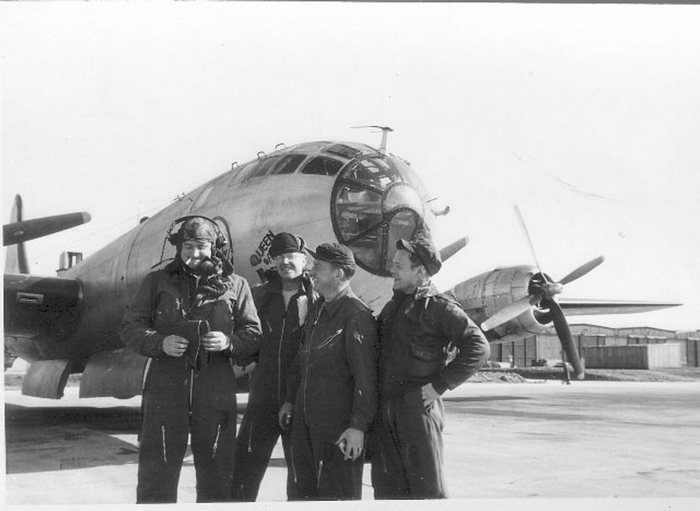
Boeing Super Fortress WB50
of the 53rd Weather
Reconnaissance Squadron USAF on Mary Ann
Site (1950's)
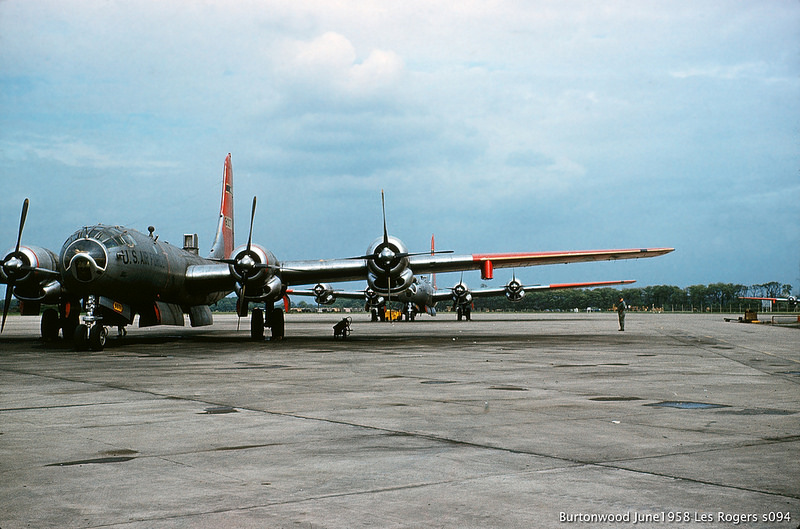
53rd Weather
Reconnaissance Loading Mailbags of
Children's
Christmas Cards to be Dropped at the North
Pole for Santa Claus.
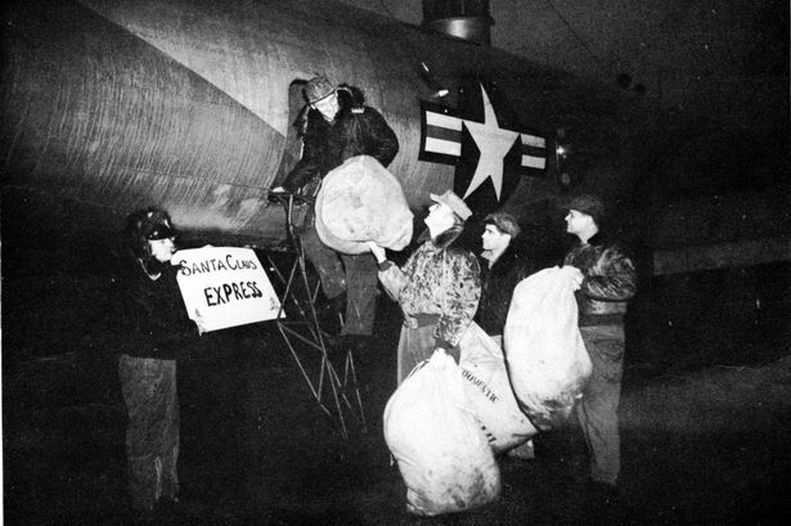
B36 Peacemaker
Convair B-36H-52-1363 Peacemaker of the
Strategic Air Command on final approach
to Burtonwood in October 1956.
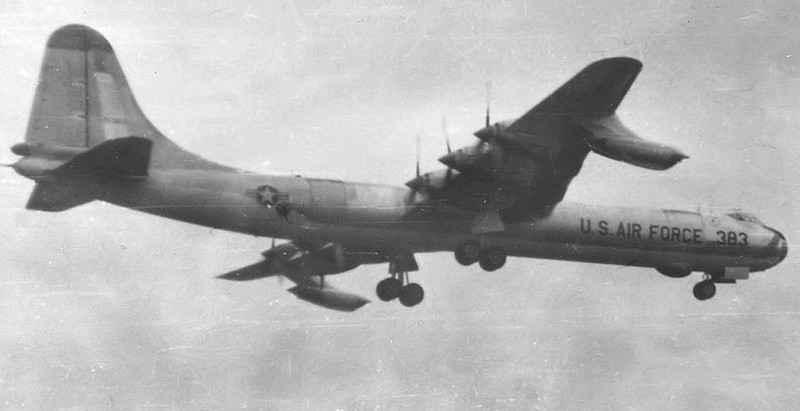
The largest aircraft to use Burtonwood
was Convair B36 Peacemakers of the 11th
Bomb wing Strategic Air Command (SAC).
The aircraft had 10 engines, with 6
propellers and 4 jet engines. 16 of these
bombers landed at Burtonwood between the
18th & 20th of October 1956. This size
of aircraft were able to land and take off
at Burtonwood because of the lengthening
of the main runway.
The people of Warrington could hear the
sound of the engines of these B36's for
miles and although they didn't make any
formal complaints regarding the noise they
weren't really pleased about it.
Douglas C-117D (DC-3S) - USA - Navy
Aviation Photo #1722395: Douglas
C-117D (DC-3S) - USA - Navy
US Navy R4D-8 of Fasron 200
communications squadron based
at RAF Hendon on finals to RAF
Burtonwood, Lancashire in 1956
It had been converted to 'Super Dakota'
standard from R4D-5 c/n 12340 Photo
was taken at Burtonwood in England
United Kingdom in October 1956.

Summary
There was talk at the time (1980's) of
trying to save 1 of the 2 control towers
on Tech site and some of the hangars on
'A' site and 'E' site, but nothing was
really done to save them and they were
later demolished.
Burtonwood Air Base, once the largest
USAAF base in Europe and home to 1,000's
of American Service Personnel and their
families is no more.
The demolition contractors have destroyed
all trace of this mighty base, but they
cannot destroy the memories of the 1,000's
of personnel and their families who worked
and lived there.
Even today (2015) one can still see, with
a trained eye, rusting perimeter fences,
some bases of buildings, the odd blast
shelter on sites 2 and 4, and also the
East/West Road to Tech site and site 6 and
'G' site.
Photo Dated August 1987 -
Main Route/Road
Across The Airfield Looking West
(Note the street lighting
still in position)
At the end of this road is
a t junction and turning left leads to
Gate 6
(Barrows Hall Lane) & Turning right
leads to 'G' Site, Site 6 & Technical
Site.
Turning left in the
foreground eventually leads to the Main
entrance Gate 12.
Site 2 is the Largest
Communal Site on the Airfield.
Site 2 is on the Left of
this Photo (The green grassed area) and
Stretched all the way over to Barrows Hall
Lane Gate 6.
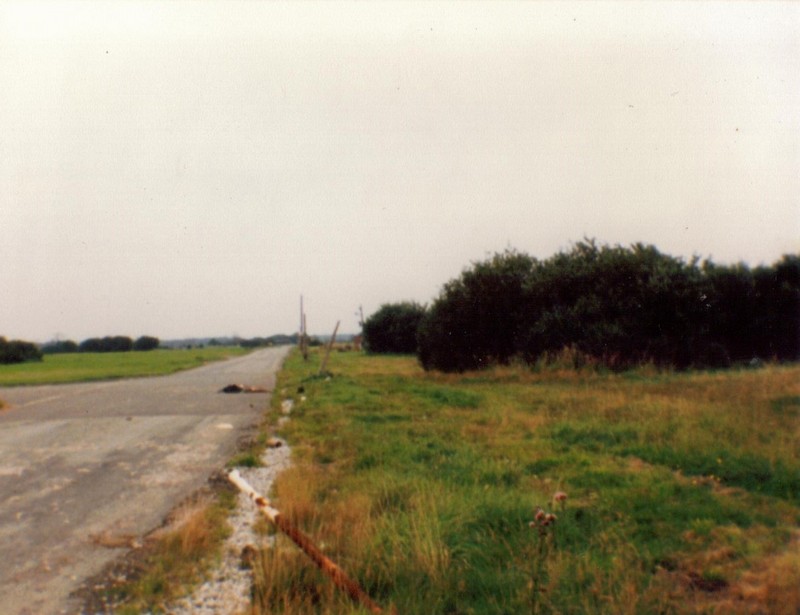
Photo (Below) Taken 2014
Even Now, One of The Lamp
Posts is Still There
(The 2nd One Along in The Above Photo)
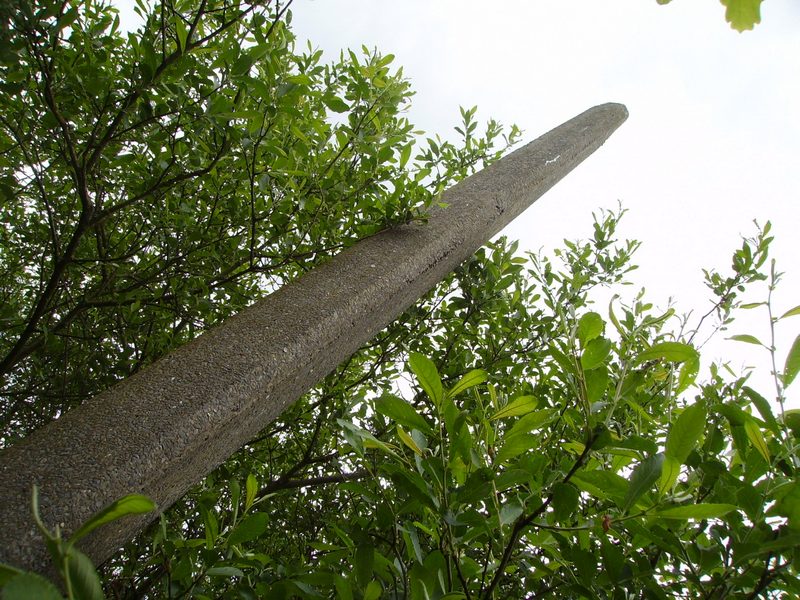
Updated Photo Dated August
2014 - Main Route/Road Across The Airfield
Looking West
At the end of this road is
a t junction and turning left leads to
Gate 6
(Barrows Hall Lane) & Turning right
leads to 'G' Site, Site 6 & Technical
Site.
Turning left in the
foreground eventually leads to the Main
entrance Gate 12.
To the left of the Road
near the bushes was the USAF bus
station site 2 during the 1950s
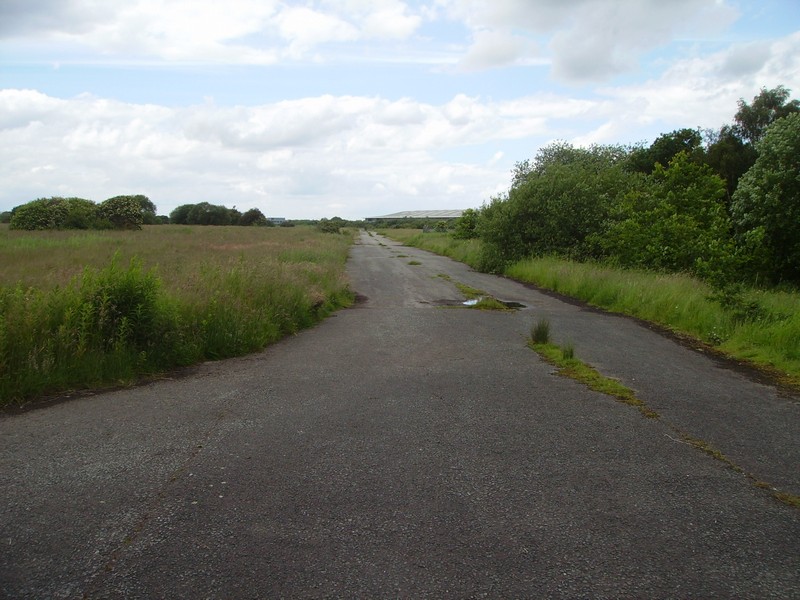
This is the USAAF Bus
Station/Interchange as it was.
A fleet of 35 single decker buses with a
capacity of 29 passengers each
provided transport on a regular timetable
to all the airfield and dispersed sites.
Opposite the bus
station to the right of the road is where
the site of building 225 stood
on Mary Anne site.

We turned 180 Degrees and
took this photo (below).
The view of this photo is
the same road as the above photo
looking the opposite way (East) This lead
to a road junction.
Turning left lead
Northwards towards Mary Ann Site.
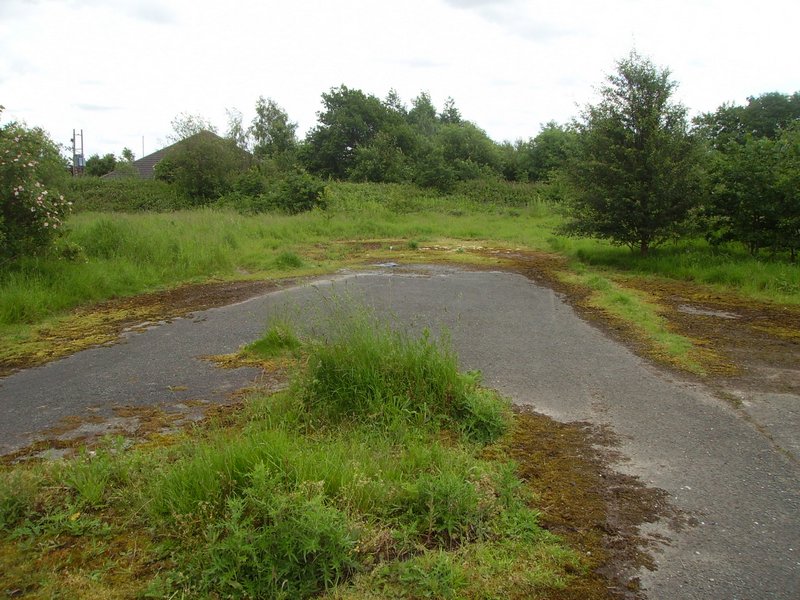
We are now at the other
end of the long road looking East
towards Mary Ann Site & the Main Gate.
Site 2 is on the right.
The road on the right
(running South) in the
foreground leads to Gate 6 (Barrows Hall
Lane entrance)
The road on the left (running North) in
the
foreground leads to 'G' Site, Site 6 &
Technical Site &
eventually leads to the North Road linking
'E' Site & 'A' Site.
The Post Office is out of
view on the Left now as well.
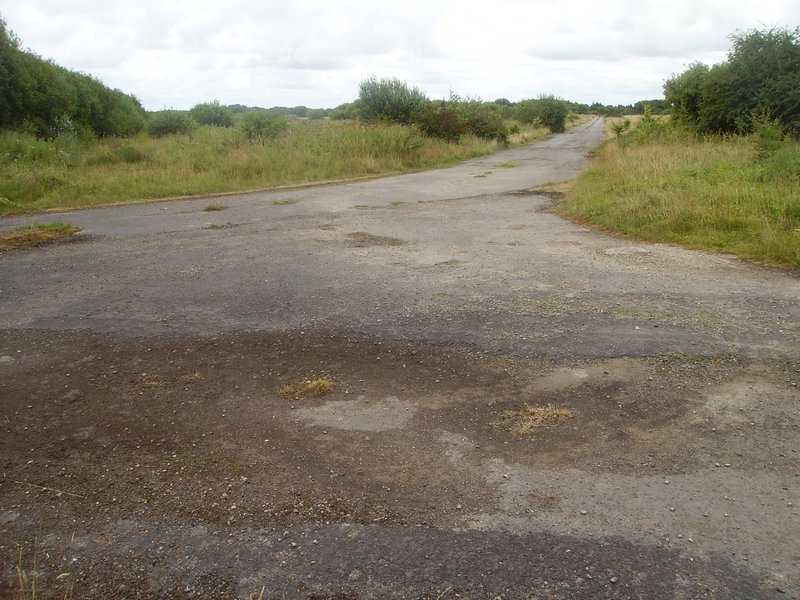
This is another view of
the junction above.
Behind the trees or bushes is the Post
Office building.
(Note: Where the Post Office building now
stands was the location of
one of the large workshop warehouses that
became part of 'G' Site)
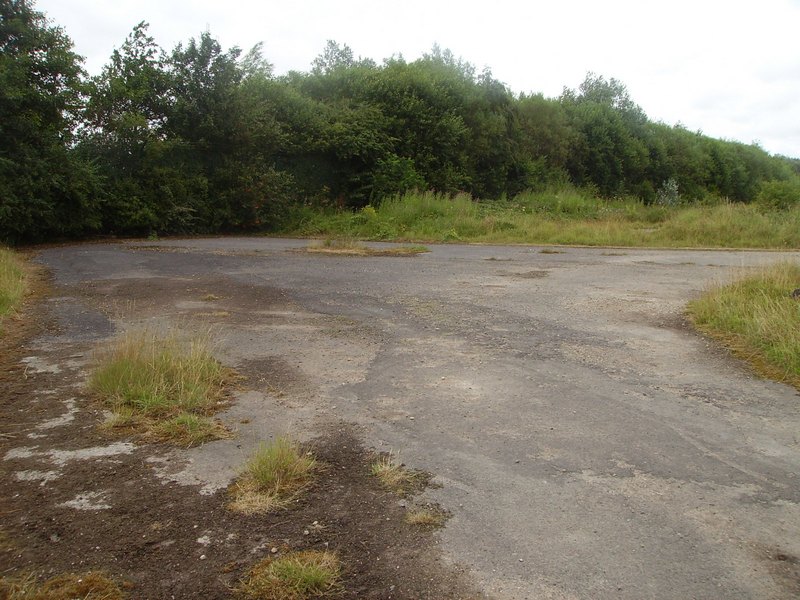
Looking North From Gate 6
towards the Junction (above)
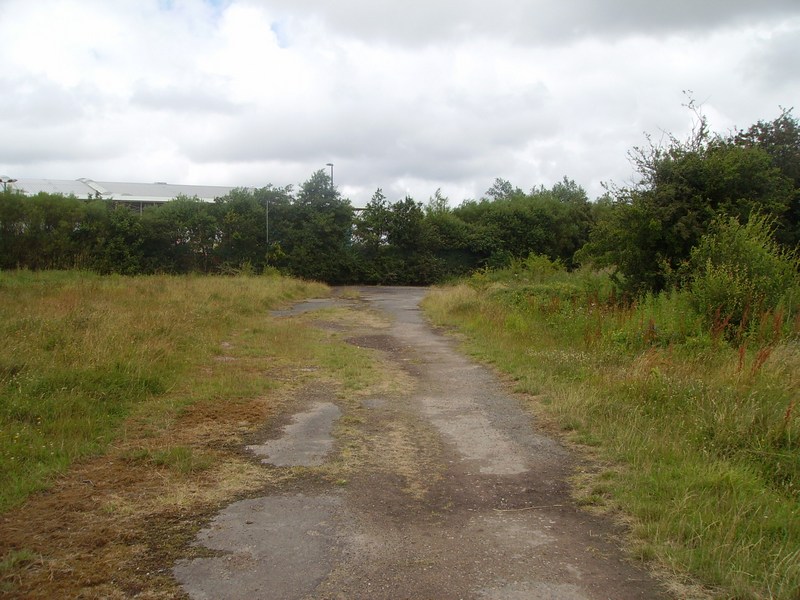
Turning 180 Degrees
Looking South from the previous
junction towards Gate 6, Barrows Hall Lane
Entrance.
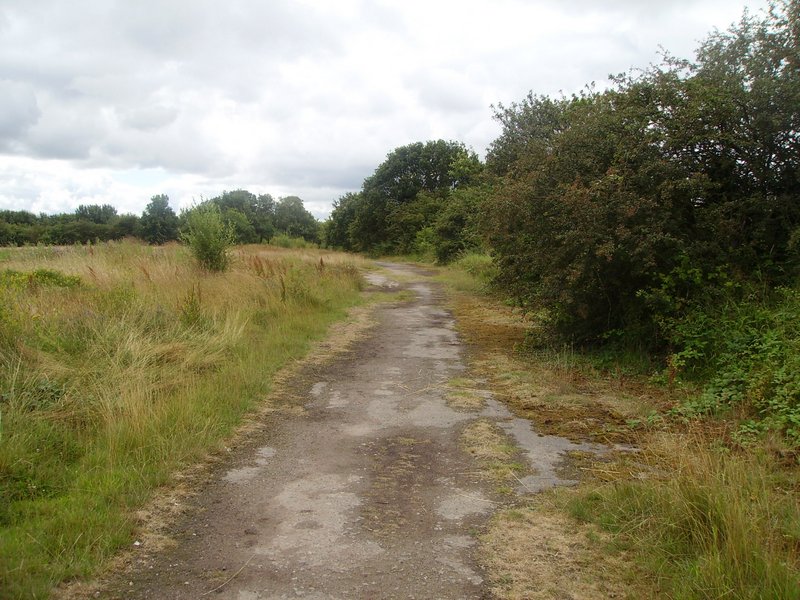
From Gate 6 Barrow Hall
Lane Looking North.
(Note: The Post Office Building Can
Clearly
be Seen on What Was Originally 'G' Site)
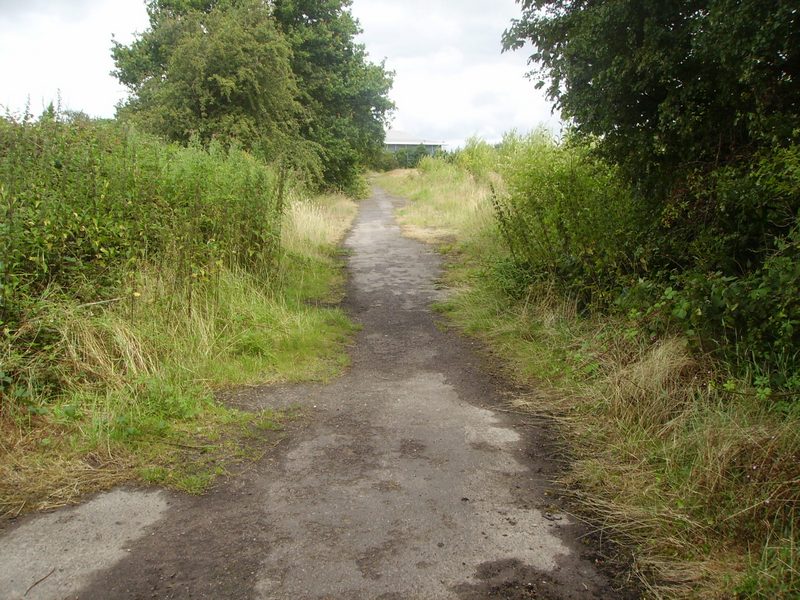
In the woods on the right
(above) is a gate
that was the entrance gate 6 (below)
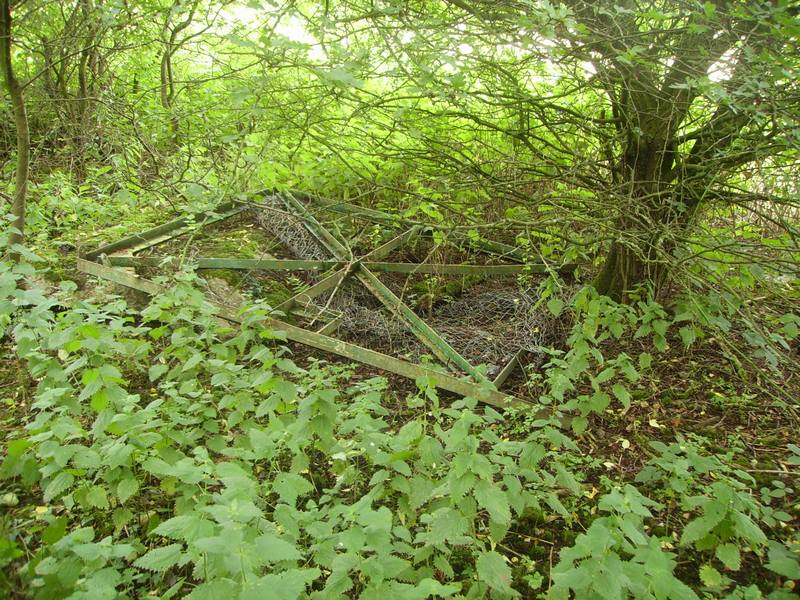
(We Found These in 2014)
WW2 Wright Cyclone
Aircraft Engine Cylinder Head
Valve Rocker Covers (Around 50 of them)
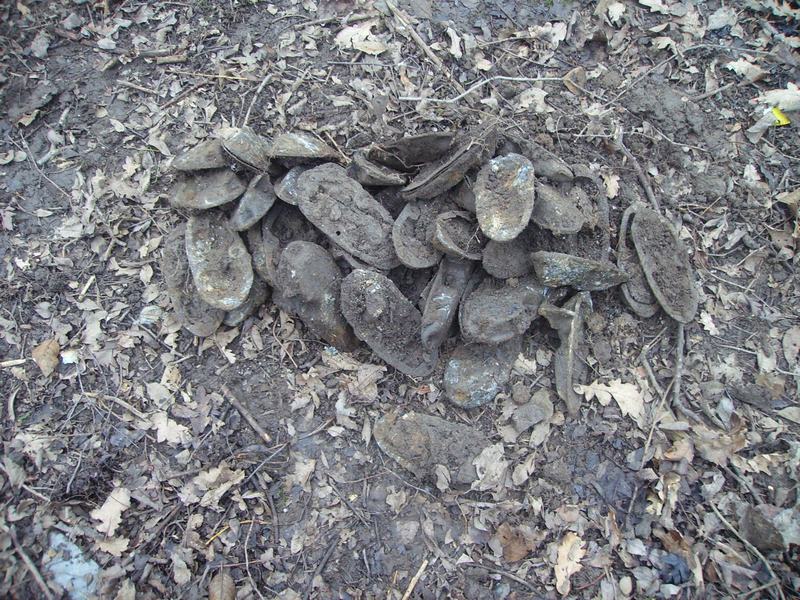
B17G Undergoing
Maintenance on Either 'Technical' Site or
'A' Site
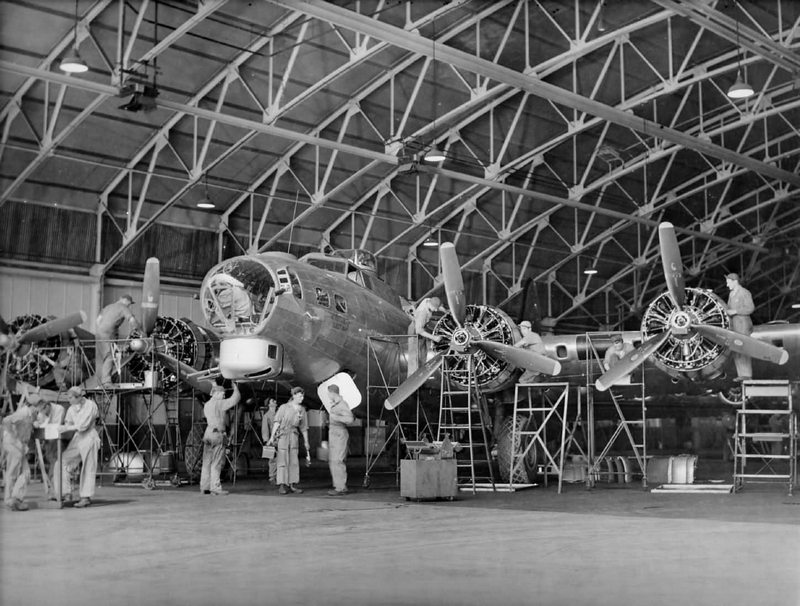
P38 Lockheed
Lightning Undergoing Maintenance
on Either 'Technical' Site or 'A' Site
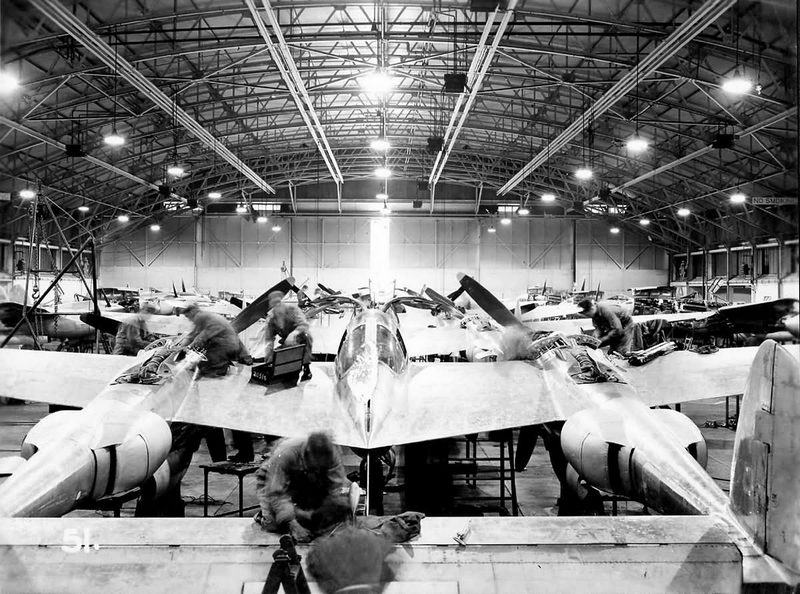
RAF Mustang I AG411 at RAF
Burtonwood England

North Dispersals Area 2014
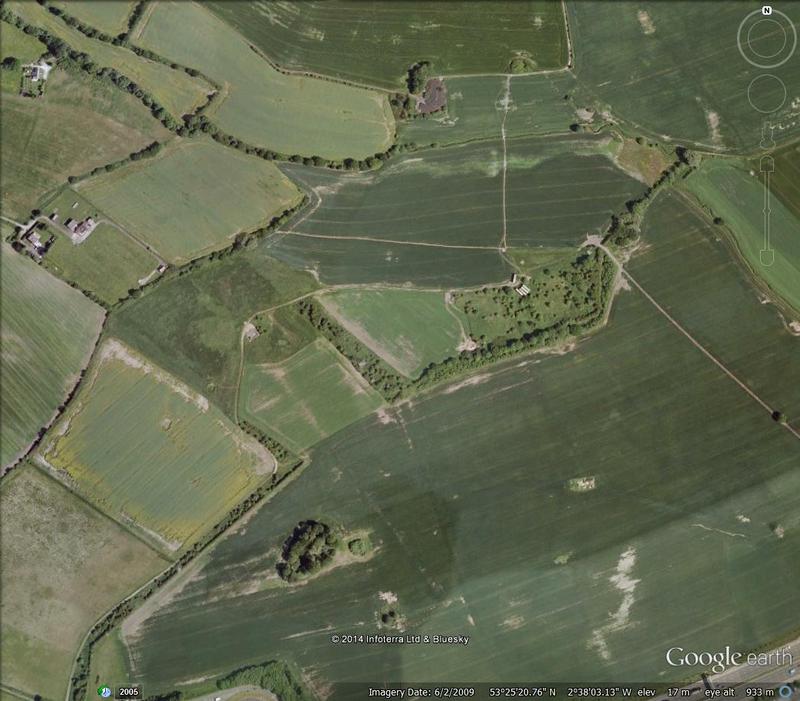
Record Site Plan of North
Dispersals
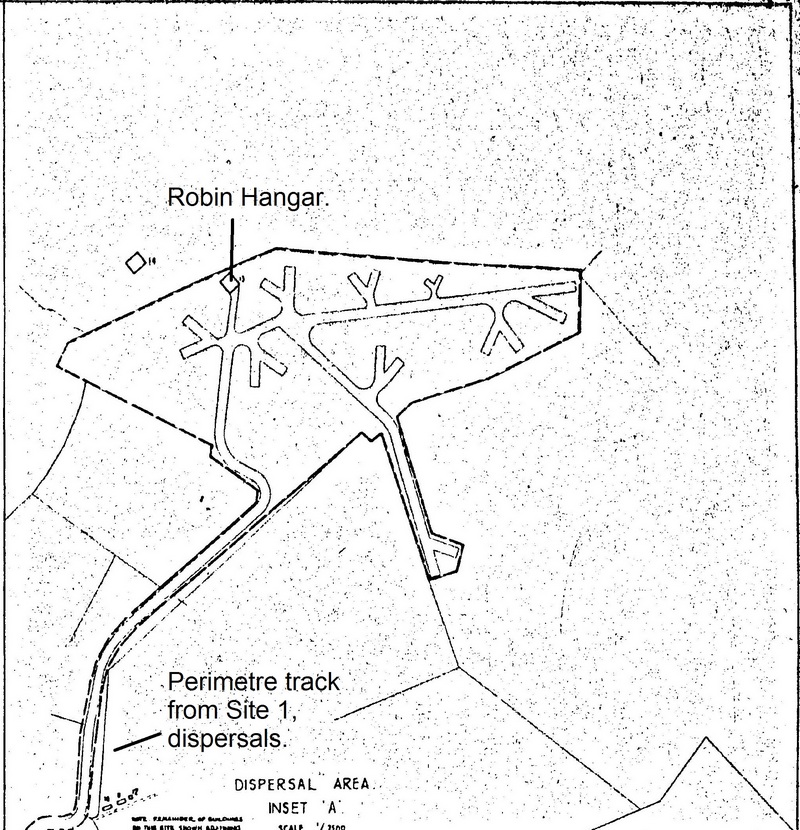
North Dispersals Area 1972
(Below image) North of the M62
(Note the M62 Services are Being Built)
These were common place at Aircraft
Service Unit Airfields throughout
the United Kingdom & were used for
Aircraft Storage Areas.
The Ministry of Aircraft
Production (MAP) airfields
were simply airfields with factory
facilities.
This type of dispersal was
also constructed for the
Ministry of Aircraft Production Depots
(MAP).
The layout of these
dispersals are known as,
'finger' or 'y' because of their
appearance.
You can just see the 'y'
shapes on the image below in 1972
A Perimeter Track Linked
the North Dispersal Area (on the North
side
of the M62) to Site 1 Dispersals (on the
South side of the M62)
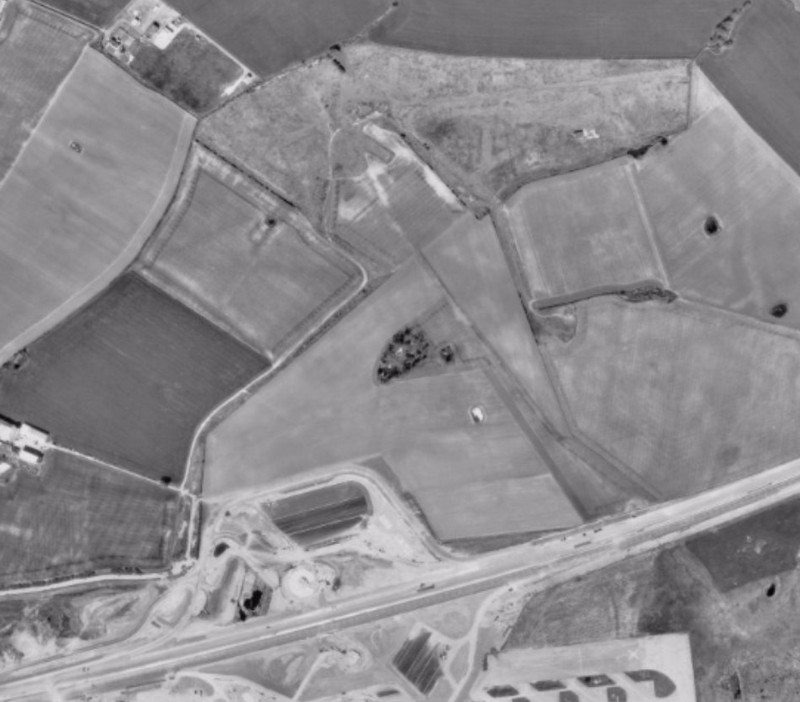
The North Dispersals in
1945 Showing
Rows of B17's Waiting to be Scrapped

Rows of A20's at the North
Dispersals in
the Process of Scrapping at the End of
WW2.
(Note the Robin Hangar in the Background.
Also note the chimney's that are on the
Robin Hangar roof....these were to give
the Appearance of a House to enemy
Aircraft)
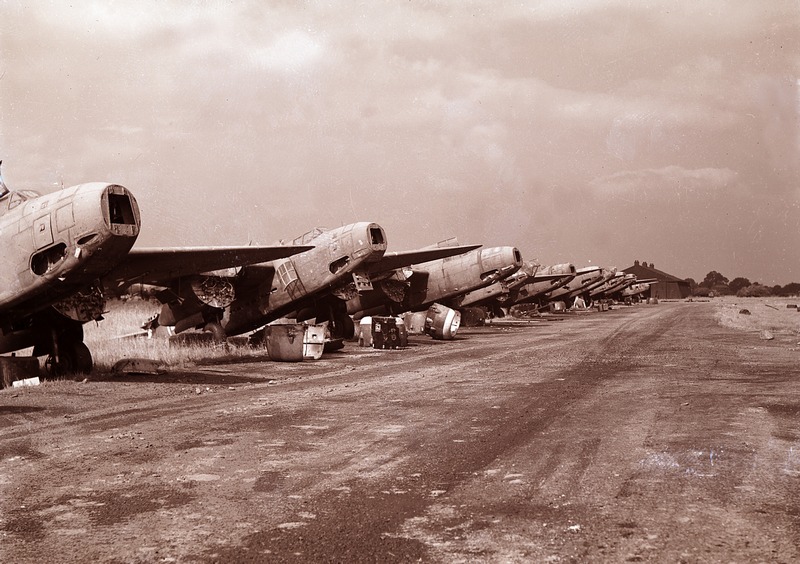
This is (almost) the Exact
Spot Where The A20's Were
Being Scrapped (as above photo) at the End
of Hostilities.
The Actual Concrete Dispersal That You Can
See in The Above Photo (Taken in 1945)
Was Where The Bushes (and Undergrowth) on
The Left is on This 2014 Photo.
The Robin Hangar Was in
the Background, Centre of the Tall Tree
& in Front of it.
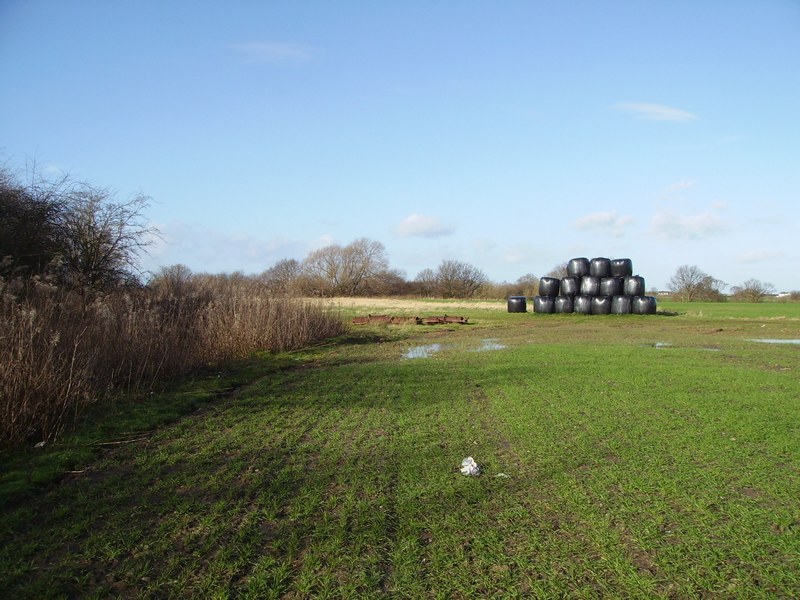
Below is an Aerial Photo
of The North Dispersal Area (as above) but
Taken
From The Opposite End During WW2 and also
it Has B24 Liberators on it.
In the Centre of the Photo You Can See a
Line of B24 Liberators Opposite
The Robin Hangar. This is the Exact Spot
(as above photo) Where
The A20's are Being Scrapped at the End of
Hostilities.
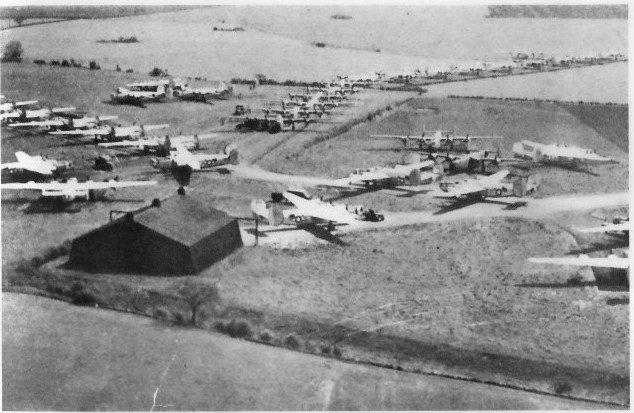
This is What Remains of
Part of the Perimeter Fence.
This is Behind Where The Robin Hangar
Stood.
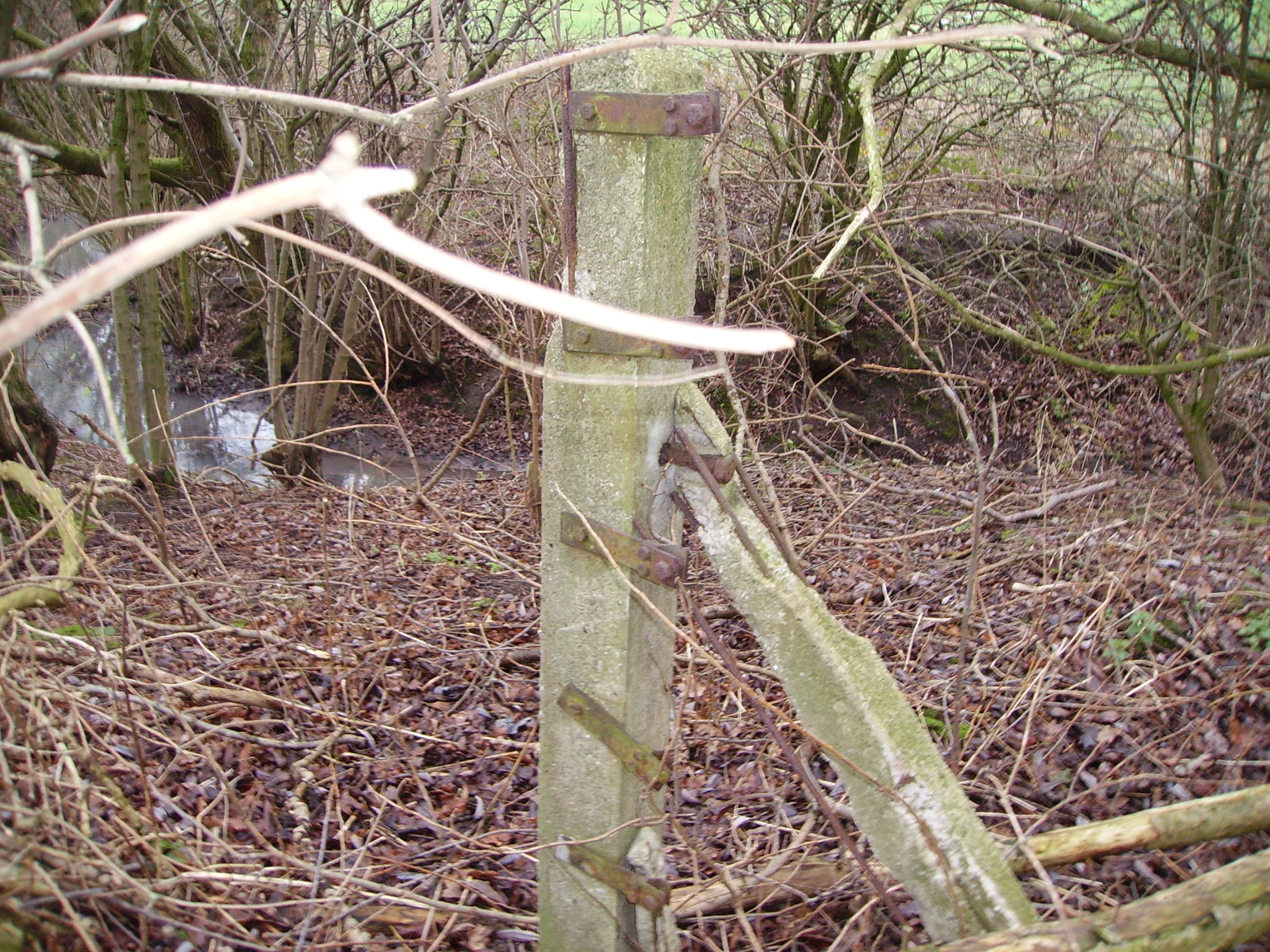
This is the Main Entrance
to the North
Dispersals Area looking North.
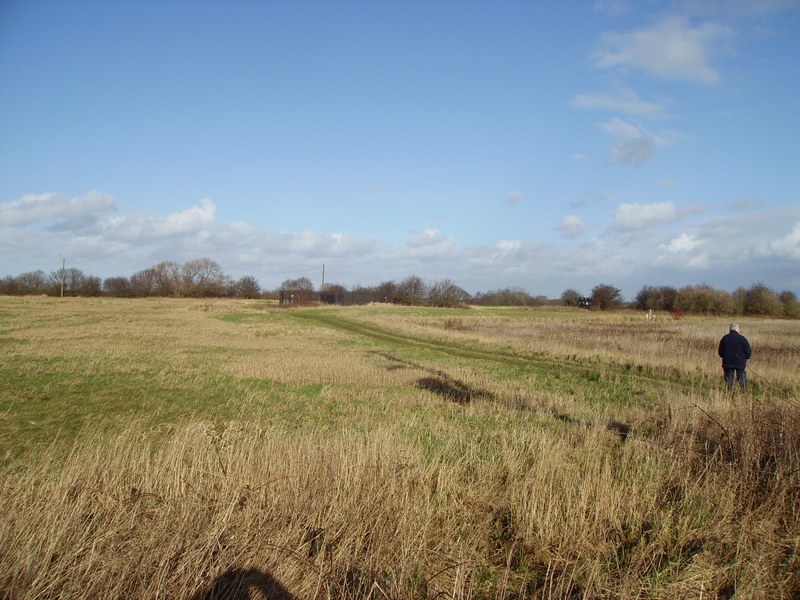
This Squared off Fenced
Area is on the South Perimeter of the
North Dispersals.
Its Purpose is Unknown? It is Not Shown on
WW2
Aerial Photos Anywhere (that we know of).
This is Unusual Because the North
Dispersals Area Was Not Used After WW2.
This black and white photo
was taken in 1972 and shows a building on
it along
with at least 4 concrete bases where
buildings (possibly?) once stood.
You cannot see the
entrance or gate on this photo but there
is
an entrance opening at the top right hand
corner of the fencing
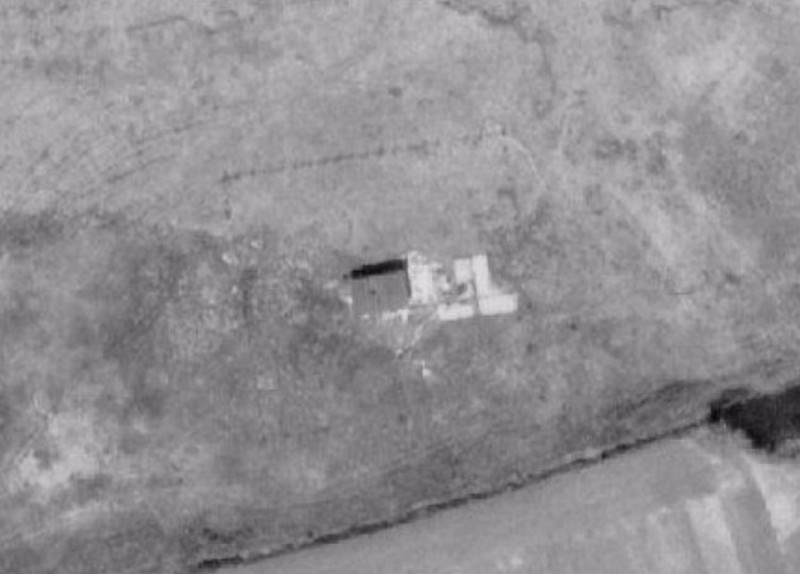
This colour photo was
taken in 2014 (facing North West).
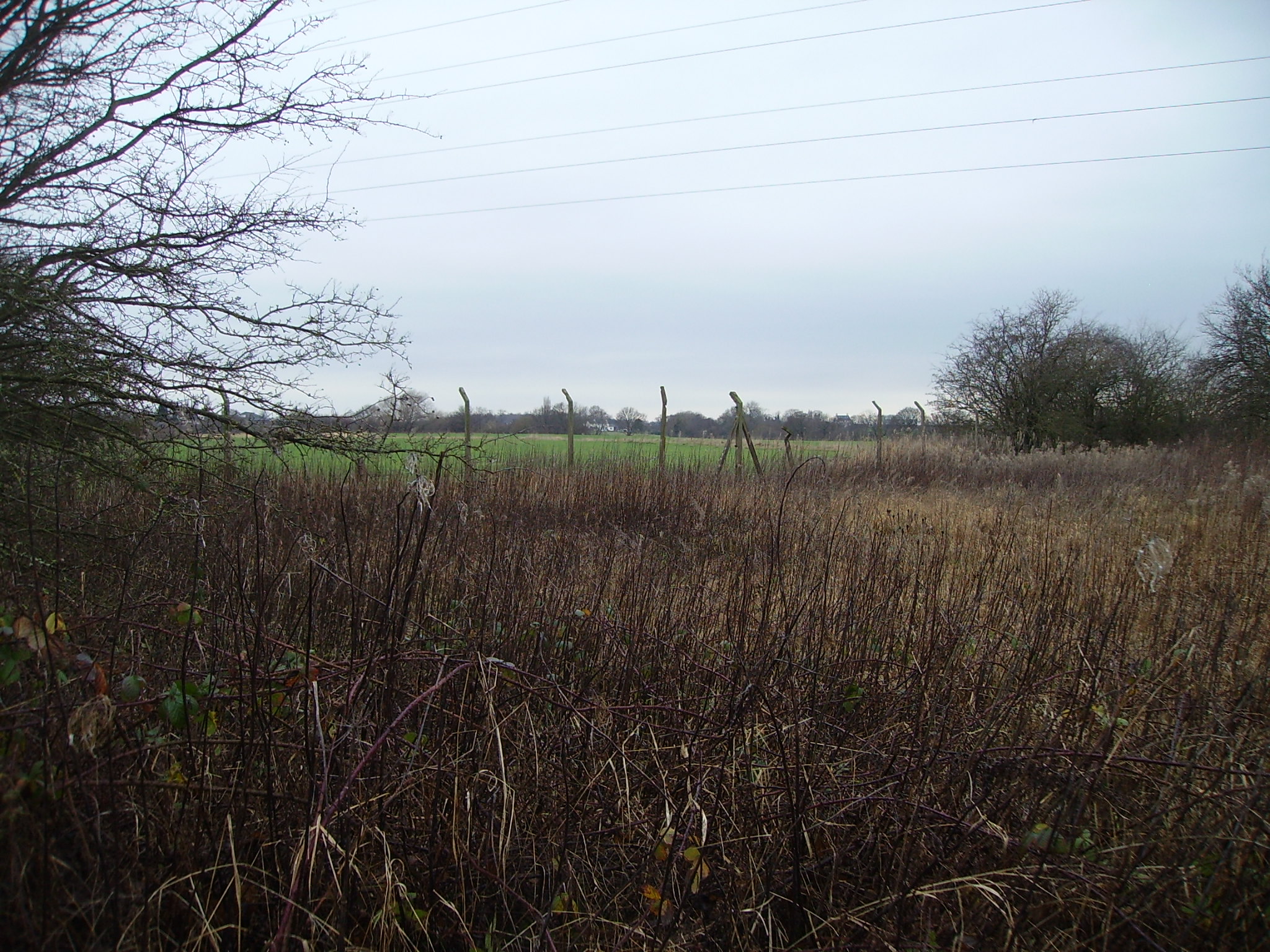
This colour photo was
taken in 1987 (facing East) and you
can see the old Parkside Colliery in the
background.
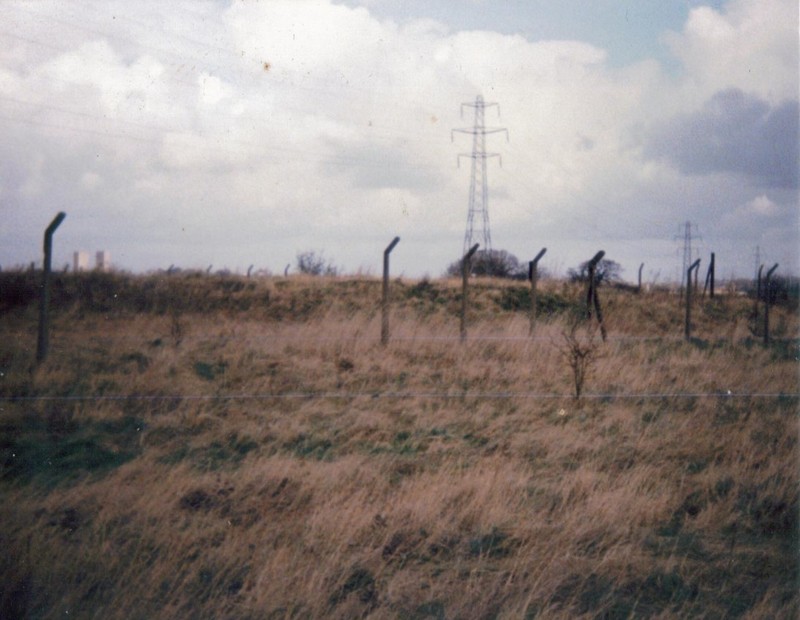
This is a Photo taken in
2014 of
Within the Squared Off Fenced Area.
The Photo is Showing
Banked up Earth with
Excavated Concrete & Pierced Steel
Planking.
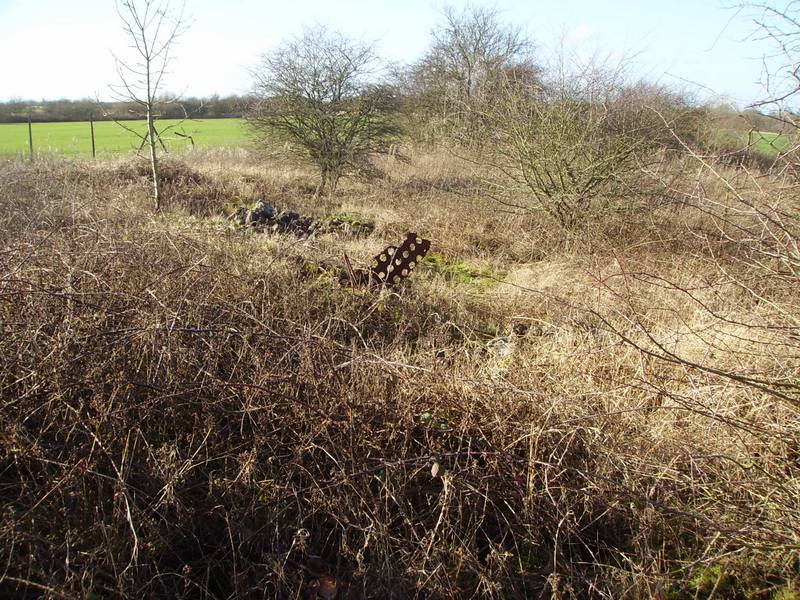
P51 Mustangs on 'E' Site
in the
Process of Being Scrapped 1945
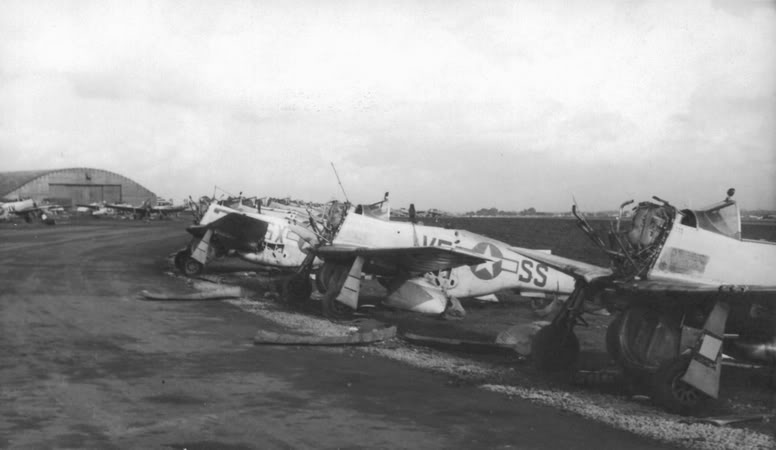
North American P51B42-
106902-LHO Arriving at Burtonwood
Air Depot at the end of world war 2 to be
scrapped.
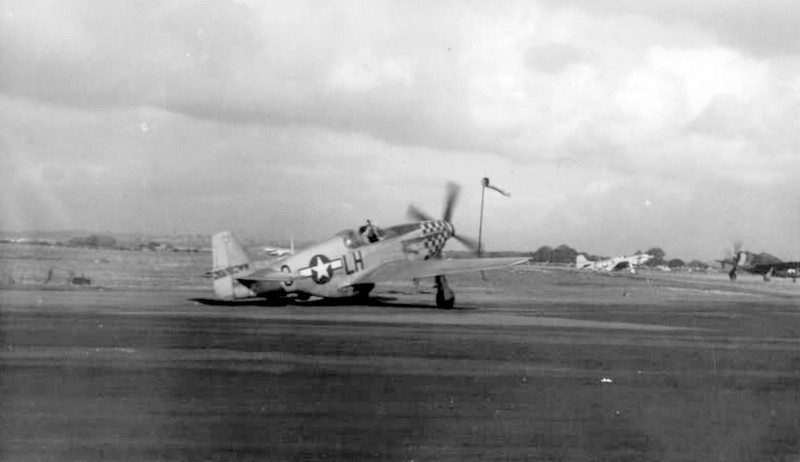
WW2 Tree carvings East of
the North Dispersal area.
It looks like the name is
'W Yates'
& the date looks like it says '1944'
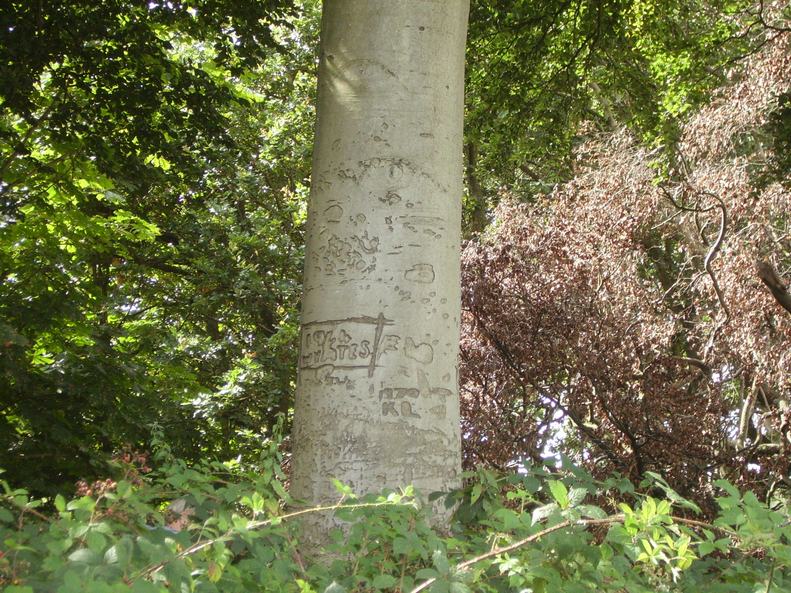
Tree carvings dating back
to
WW2 can be found today (2015)
The carvings look like it
says
'USAAF' & '1944' & Baron
This tree is on Site 5
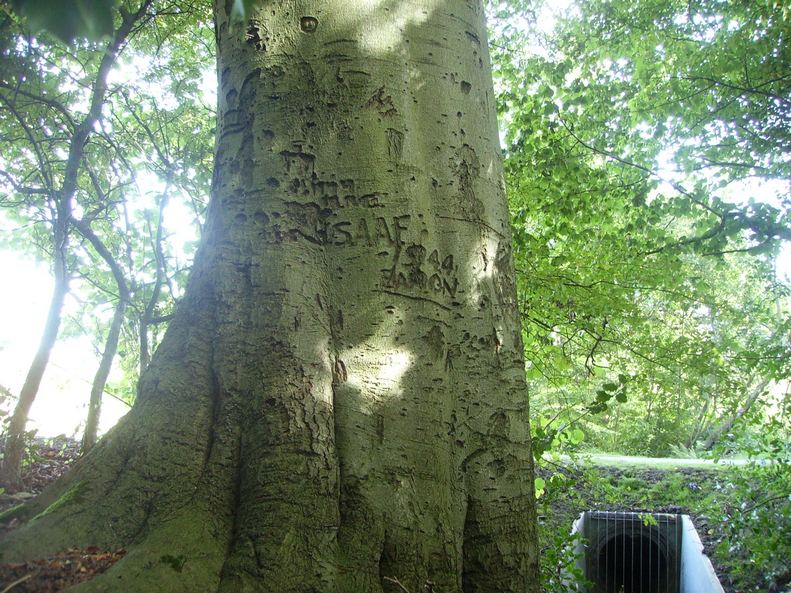
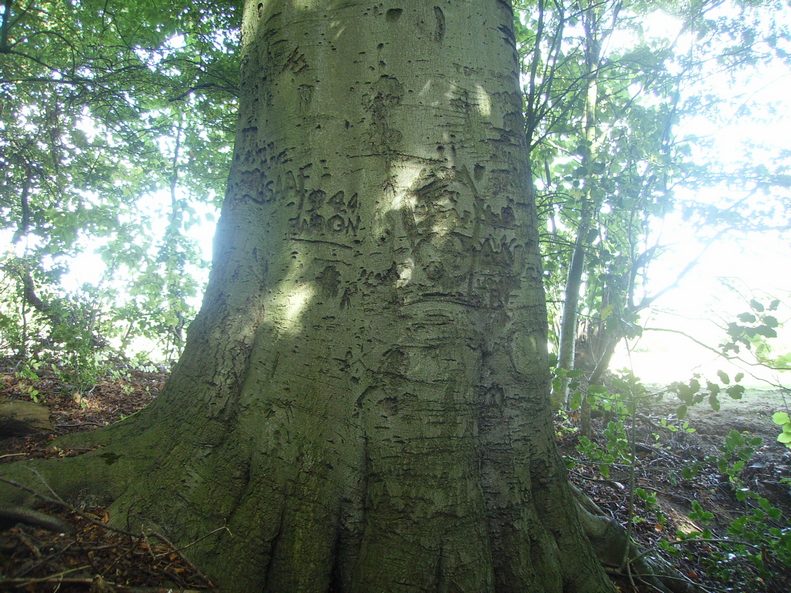
More tree carvings on Site
5.
Difficult to tell what is carved on this
tree, but it looks like it has 1942(?)
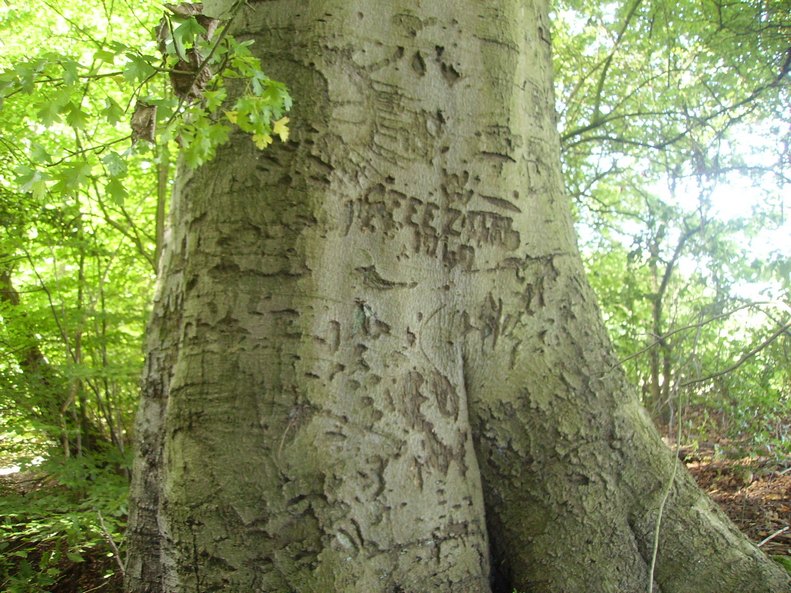
Farm girl collecting hay next to B17s
next
to the North dispersals looking North.
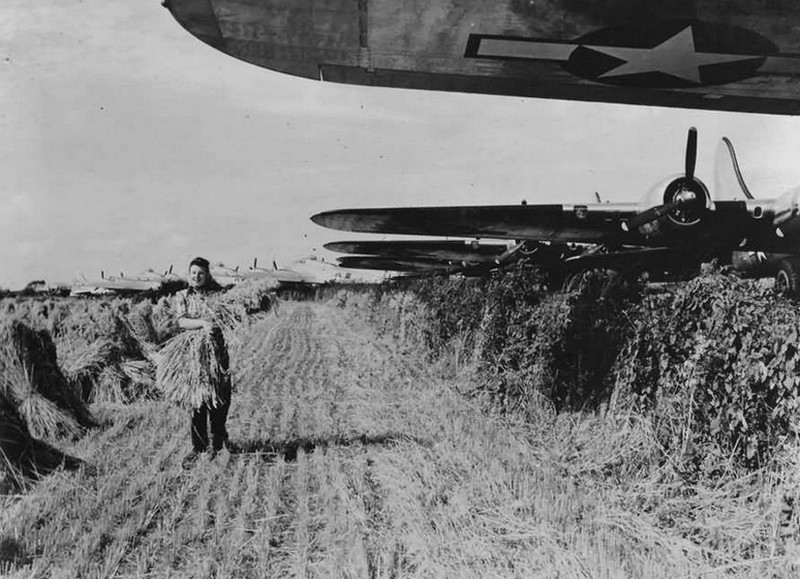
Colour photo of B17s on the North
dispersals
taken from a landing aircraft, looking
North.
The farm girl in this photo would
have been on the bottom left.
The Robin hangar can be seen
on the top left of the photo.
Photo from the National Archive,
Slide Archive Reference 342-c-k-2418.
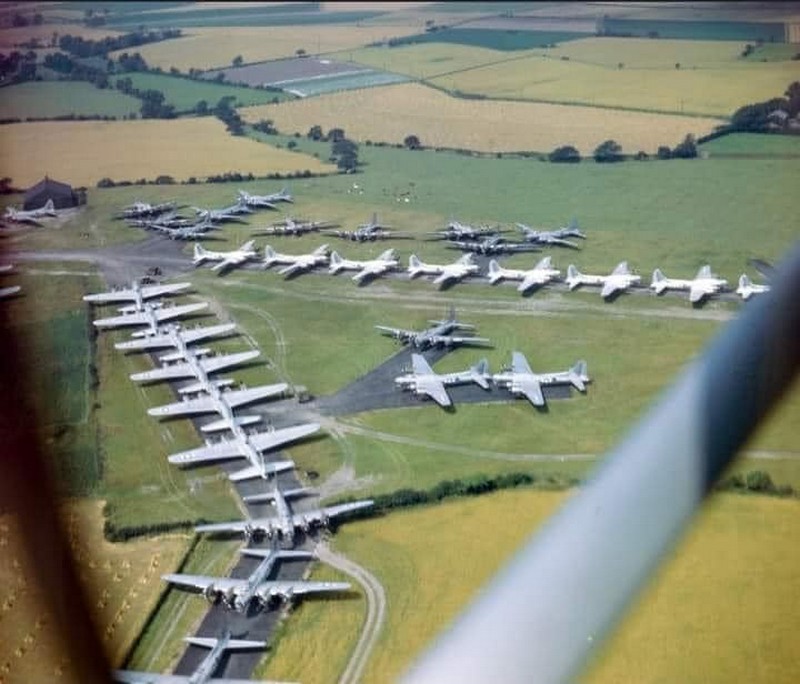
B 17s on the North dispersals looking
South.
The farm girl in this photo would have
been at the
top left of the photo where the hay field
can be seen.
The Robin hangar is at the bottom right
out of the picture.
Photo from Warrington Worldwide. Co.UK
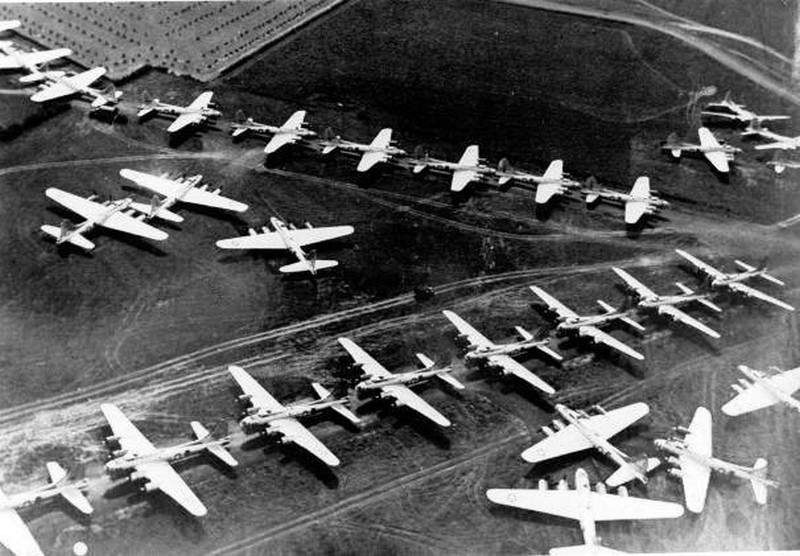
B17s on the North dispersals looking
North.
The Robin hanger can be seen in the
background.
Photo by Getty Images.
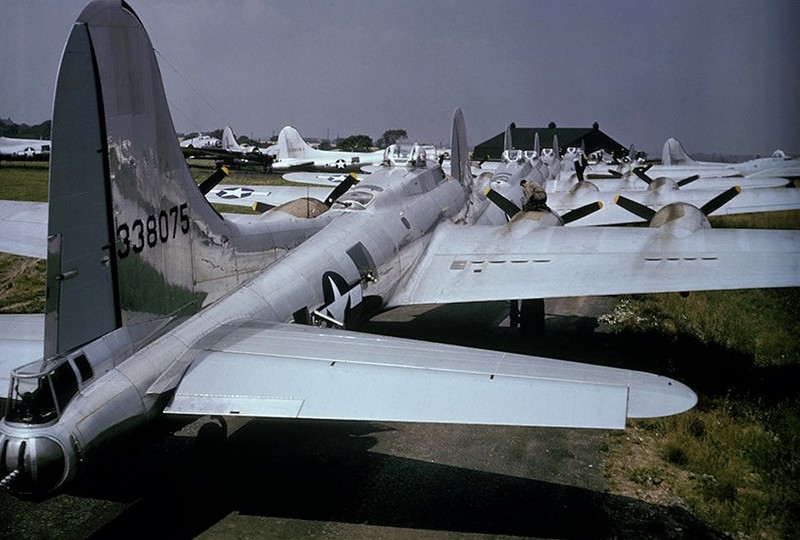
Haydock Park Racecourse
Haydock Park racecourse is located 6
miles north from the town of Warrington
and opened as a racecourse during 1890 and
was referred to as the Ascot of the
north.
During world war 2 the racecourse was
closed and used for military purposes.
Between 1940 to 1942 Polish and Czech
soldiers plus free French sailors and
marines were stationed there.
During the middle of 1943, the 76th
infantry division of the united states
army arrived at Haydock Park in the
preparation for the D-Day landings.
On the 13,11,1944 detachment L supply
division of the united states, army air
force arrived at Haydock with a complement
of 165 personal and 5 officers and used
Haydock as a subsite to the nearby USAAF
station at Burtonwood.
At this period of time Haydock Park was
officially called Haydock Park United
States Army Air Force station 530 storage,
supply and equipment depot, the USAAF left
on the 3,10,1945 when the site closed.
After the end of the war on the day of
the first race meeting in 1946, it was
reported that the racecourse was still
packed with gliders and vehicles.
Nissen hut in the Eastern wooded area.
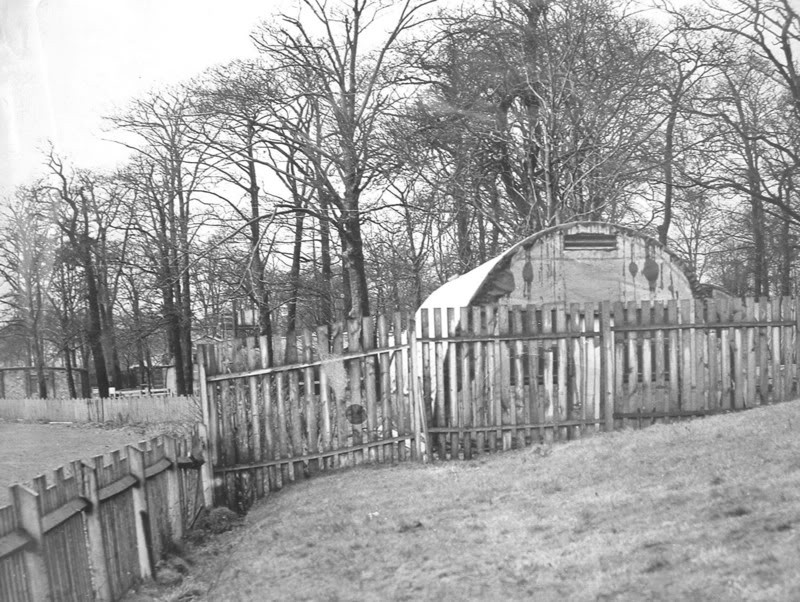
WW II buildings and Nissen huts next
to the grandstands, looking northwest.
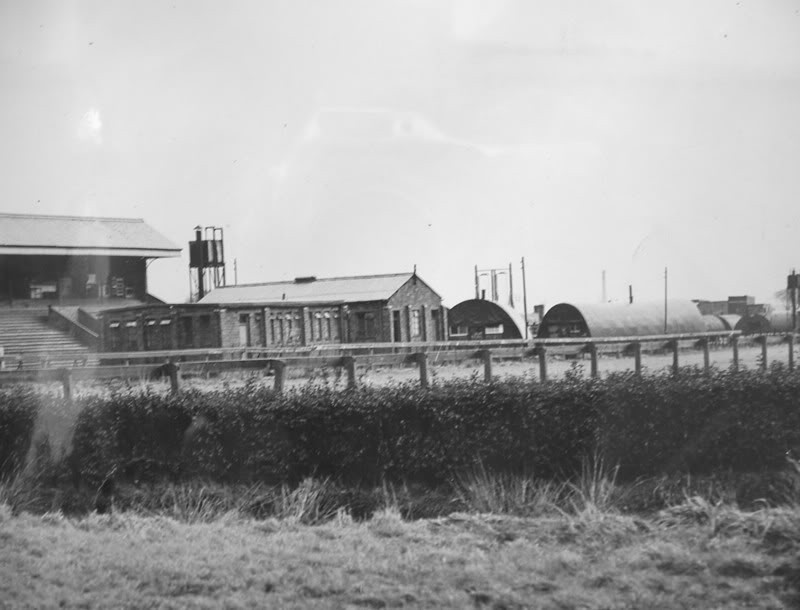
Packing cases, storage.
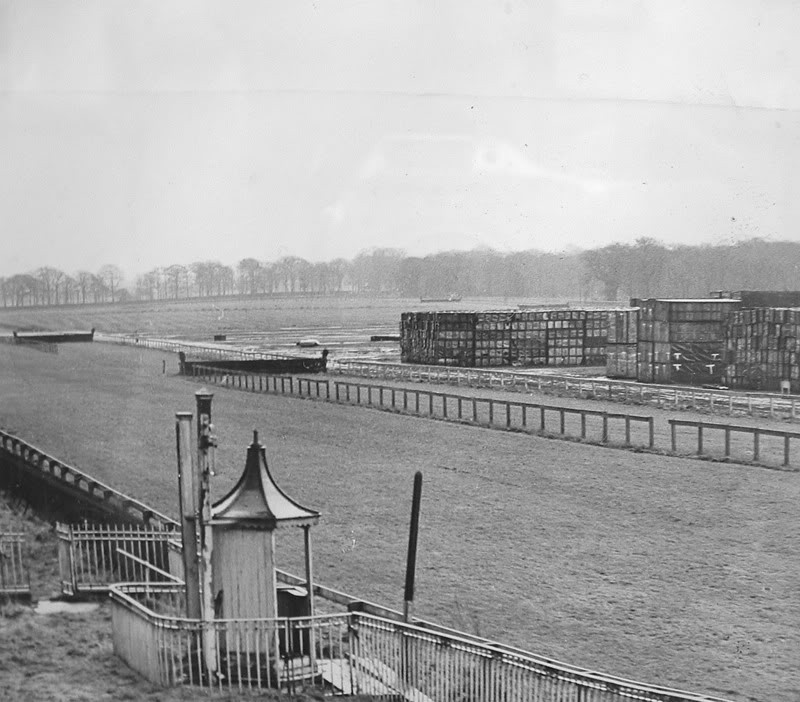
Nissen hut accommodation located
at the eastern wooded area.
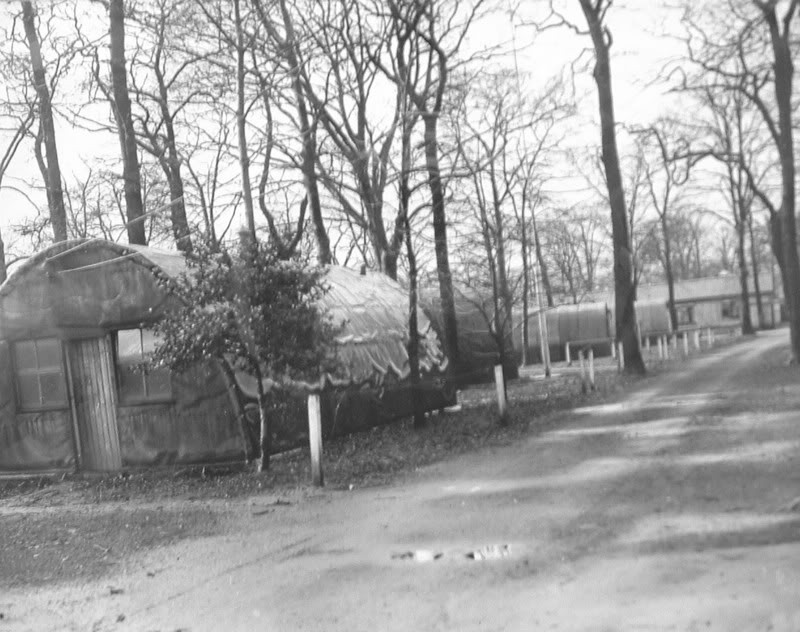
Looking North.
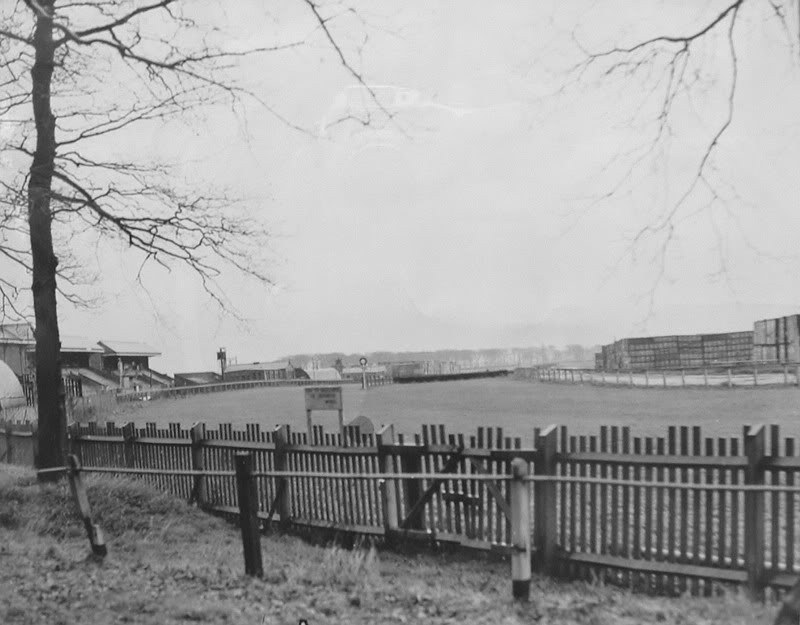
View of the grandstands looking
west WW2 buildings to the right.
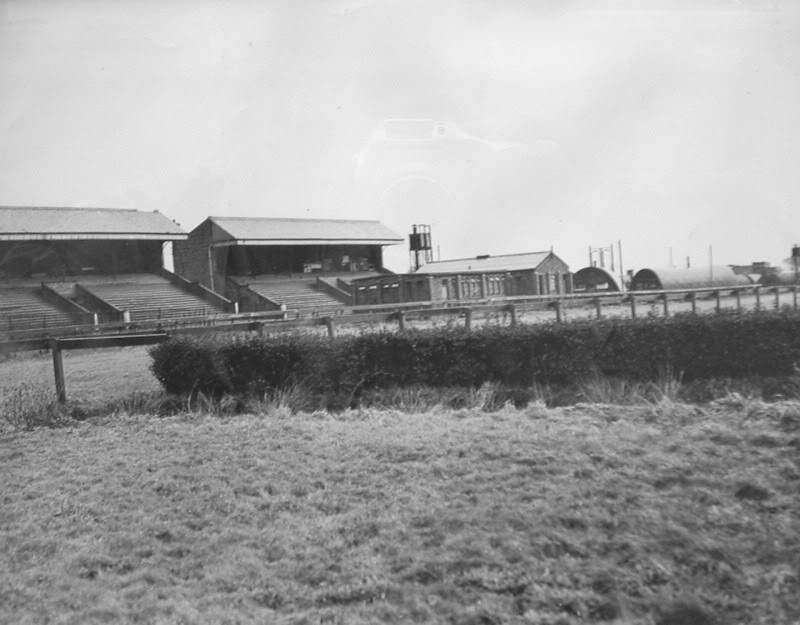
Looking North.
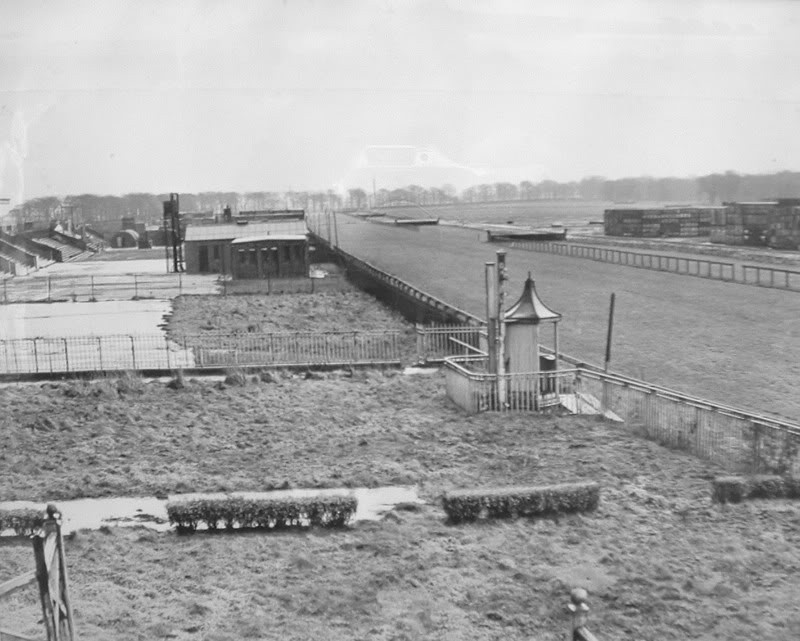
The racecourse today.
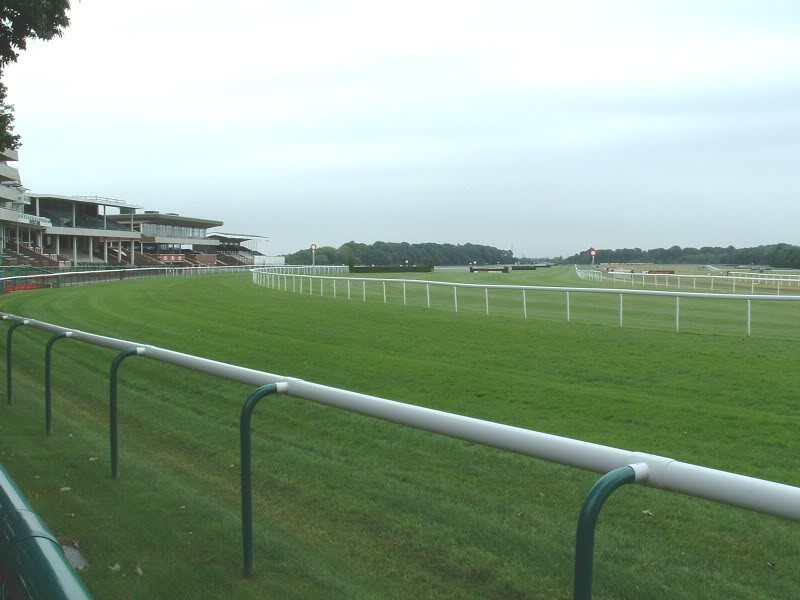
USAAF bar and mess room.
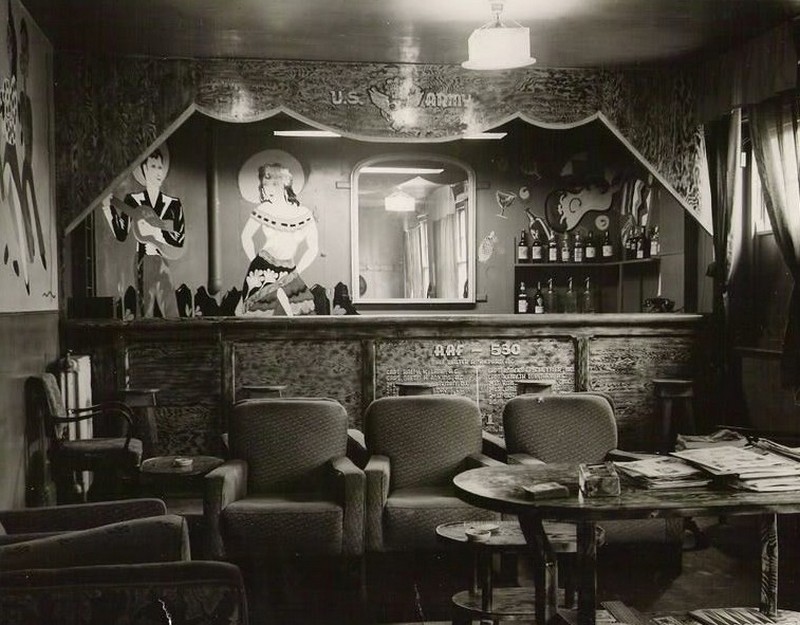
Area map.
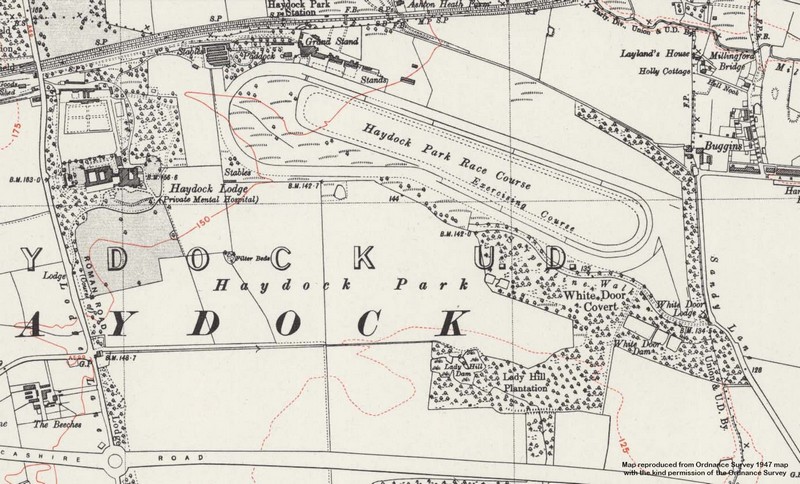
The crash landing of P38 Lightning
Moss Bank Village Billinge St Helens.

The crash
landing of P38 Lightning
43-28738 Production block number J-15-LO.
Lt. John E.
Austin made a normal take-off from RAF
Burtonwood for a local test flight, but he
was soon
having propeller feathering and engine
problems,
He was only 5
-minutes from RAF Burtonwood,
but was forced to belly land near Moss
bank Village.
Crash site at
Billinge

Offical
United States Army
Air Force Accident Report.

Burtonwood
Test Flight of Republic P-47
Thunderbolt 42-75584 January 1944.
On 9th
January 1944, Lieutenant Jay Frederick
Simpson was test-flying a Republic
Thunderbolt P-47 over Moreton on the
Wirral. On trying to perform an emergency
landing, the aircraft flipped over and
burst into flames in a field in Saughall
Massie.
The P-47
Thunderbolt
Crash Site

Having taken
off from the USAAF Burtonwood Airbase in
Lancashire, Lieutenant Simpson had flown
over Hoylake reporting that the plane was
on fire.
A
commemorative plaque was placed on the new
by-pass bridge in 2005 by the Warplane
Wreck Investigation Group (WWIG), based at
Fort Perch Rock in New Brighton,
Wirral.
Lieutenant
Simpsons
Commemorative Plaque

WWIG
recovered the engine from the plane in
September 1973 and it is on display at the
Fort Perch Rock Museum.
The recovered
Pratt & Whitney R-2800
Double Wasp 18 Cylinder Air Cooled
Radial Engine of the P-47.

RIP Mr.
Simpson, from all
friends of Burtonwood.
Pilot
Lieutenant Simpson

<-------- Click
Here to Go Back to Burtonwood
Home Page (Top)
|





